Crossing over the Col du Grand-Saint-Bernard form Switzerland into Italy
VIDEO..... David sharing his thoughts at the beginning of his journey to Rome!
Slideshow . . . Ascent of Col du Grand-Saint-Bernard from Bourg-Saint-Pierre and descent to Etroubles
Journal entry . . . ' Sunday 11th September 2022 (Bourg Saint Pierre to Col du Grand-Saint-Bernard) The valley was deep in shadow as I walked through Bourg-Saint-Pierre. I was so excited! I called into the village church to pray for the adventure ahead. I was delighted to find a stamp for my pilgrim passport. It was a beautiful morning with a clear blue sky. I met Celine and her dog Pluto by the Lac des Toules . . . they were walking from Saas Fe with the Col du Grand-Saint-Bernard being their final destination. The steep and rocky trail, at times near the old GSB highway, wound its way higher and higher up to the pass . . . crossing streams that cascaded down the mountainside. I finally reached the pass at 2,473 metres. It was awesome to look over into Italy . . . ranges of rocky mountains as far as I could see with the Lake Great Saint Bernard below me. I could see the Hotel Italia on the far side of the lake where I am staying tonight. I was lucky to see some of the famous St Bernard dogs being taken out for a walk. At 6.15.pm I walked back up to the monastery on the pass for the evening Mass. As I walked back down the last rays of sunlight were catching the rocky mountain peaks back in Switzerland silhouetting the monastery.'
Sunrise at Lake Great St Bernard on the Col du Grand-Saint-Bernard
The walk down from the pass was breathtaking with incredible mountain vistas of sharp rocky granite peaks. As I descended with the sun rising behind me my long shadow danced before me over the rocks and boulders. This historic pass over the Alps is a jagged saddle between Mont Blanc in the west and Grand Combin in the east . . . with water flowing down to the Rhone Valley on the Swiss side . . . while all the streams on my descent into Italy drain down to the Po River . . . which I will cross in a couple of weeks time!
Descending to the pines of the tree line I met Ilona from Germany . . . she was on her way back up to the pass. We actually met yesterday on the Swiss side of the pass . . . we had both been observing the pretty pale-blue butterflies at the point where our paths met. Today we had a long chat about life, travel, walking and the sad death of the Queen a few days ago.
I soon came across the pretty village of Saint-Rhemy which over the centuries its inhabitants had been responsible for maintaining the road up to the Col du Grand-Saint-Bernard while providing horses and inns for travellers. I enjoyed a coffee in a cafe/bar where I was able to get another stamp for my pilgrim passport.
The VF track took me down through beautiful alpine scenery. At Saint-Leonard I met and chatted to Pascal and Rose-Marie form Martigney in Switzerland . . . they invited me to join them in their picnic lunch including grapes they had picked from a vineyard this morning! Amazingly the topic of the Himalayas came up in our chat. Pascal has been to the Himalayas 27 times and he has climbed several 7,000 metre peaks including Pumori!!'
Slideshow . . . My walk from Etroubles to Aosta on Day 5 of my Via Francigina Pilgrimage to Rome
I arrived in Aosta in the mid afternoon so I had time to explore the awesome Roman sites. Amazingly my B+B was actually on the Roman bridge Ponte Romana! Today there is no water underneath as theTorrente Buthier has changed its course. As I walked into Aosta I came across the monumental Arch of Augustus built in 35 BC. I then walked through the Roman gate and walls of the Porta Pretoria. I explored the extensive site of the Roman Theatre . . . its southern facade still intact at a height of 22 metres (72 feet)! I also went underground into the incredible crypt of Criptoportico Forense with its Roman barrel vaults.
I still had time to go into the 11th century Cathedral of Santa Maria and the Romanesque/Gothic Church of Santi Pietro e Orso with its beautiful and peaceful cloisters'
Day 6 on the Via Francigina . . . Aosta to Chambave
Slideshow . . . day 6 on the Via Francigina . . . Aosta to Chambave
Journal entry . . . 'Wednesday 14th September 2022 (Aosta to Chambave) My day started on the Roman bridge where I met Caren and Kenric from San Francisco. We agreed that the Roman sites in Aosta were truly magnificent. The day started with rain and low cloud. Early on, for the first time on the VF, I lost the main trail. I ended up using my GPS map app to navigate my way out of a country park, with its many winding trails, above the outskirts of Aosta. I then realised I was much higher than the VF trail but I knew I was heading in the right direction following a path contouring an irrigation channel high up on the mountainside . . . it became exciting when the path finally disappeared and I only had the edge of the irrigation canal to walk on!!
Eventually I hit the main VF trail down at Quart Castle . . . probably an hour behind my intended schedule . . . all part of the adventure!
By the early afternoon brightness started to break through the base layer of heavy cloud revealing tantalising glimpses of the Alps. On the other side of the valley I could now see the large village of Saint-Marcel built on an alluvial fan . . . it took me back to my 'A Level' geography field-trip to Austria in 1970.
After 8 hours and 16.5 miles, up and down from Aosta, I finally arrived in Chambave. I must admit I feel a bit tired tonight.
David leaving Chambave on Day 7 of the Via Francigina on the way to Verres
Slideshow . . . Day 7 on the Via Francigina . . . from Chambave to Verres
Later I met Giancarlo who was walking in the other direction . . . he was on his way to Switzerland but not to the Col du Grand-saint-Barnard but by the lesser wel-known Little Saint Bernard Pass located between Savoie in France and the Aosta Valley . . . further to the west of the Via Francigina on the main alpine watershed.
On leaving one of the villages two thirds of the way to Verres I was shocked to come across Kenric and Caren. Caren was lying on the floor after a bad fall with facial injuries. Fortunately two locals were helping arrange for an ambulance to come from Aosta. I stayed for a few minutes but was satisfied everything was under control. I gave Kenric my 'Beyond the Sacred Mountains' contact card so he could give me an update on Caren's situation.
After Chatillon the VF trail contours a beautiful mountainside. The skyscape was absolutely stunning as I walked past the unusual limestone rock formations with trees and bushes on top. The trail led me past the 11th century Castle of Saint-Germain . . . dominating a narrow gorge the castle is located in one of the most strategic locations in the Aosta Valley . . . it is perched on a rocky outcrop high above the Dora Balthea valley. It was destroyed in 1661 in favour of the nearby Bard Fortess.
I eventually arrived in Verres, after 10 hours of walking, for my overnight stop. It was another 15 minute walk to the nearest pizzeria called 'Pako' for my evening meal. I was very tired but happy after a wonderful day on the Via Francigina. In the evening I received an email from Kenric. Caren was spending the night in hospital in Aosta under observation. They later spent a few days in Aosta to recover . . . I am delighted to say they were able to continue on their Via Francigina . . . but by this time I was about ten days ahead. I am also happy that we are now in contact via Facebook. It certainly made me realise how careful I have to be on the trail as a solo walker!'
The fading light of dusk as I walk back to my accomodation after my evening meal in Verres
I would love to hear from you either by commenting directly to this blog or by secure email as outlined in the 'Contact' section of my website . . . 'Beyond the Sacred Mountains'.
"Jobs fill your pockets, but adventures fill your soul!" . . . Jaime Lyn Beatty
Regards
David
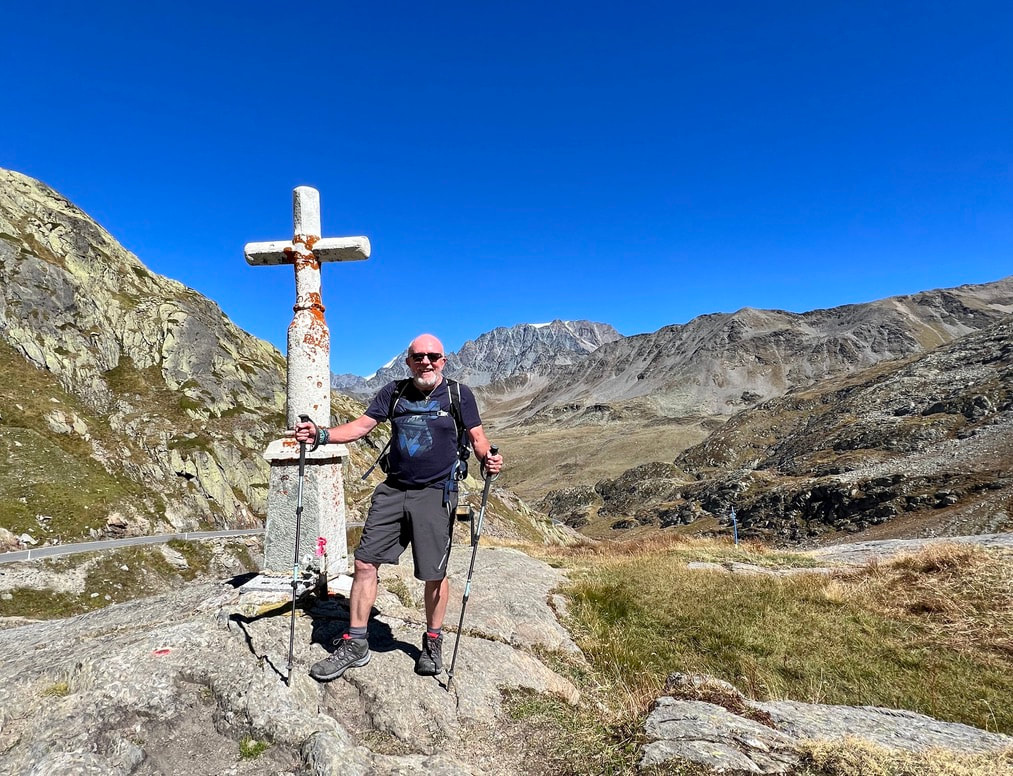
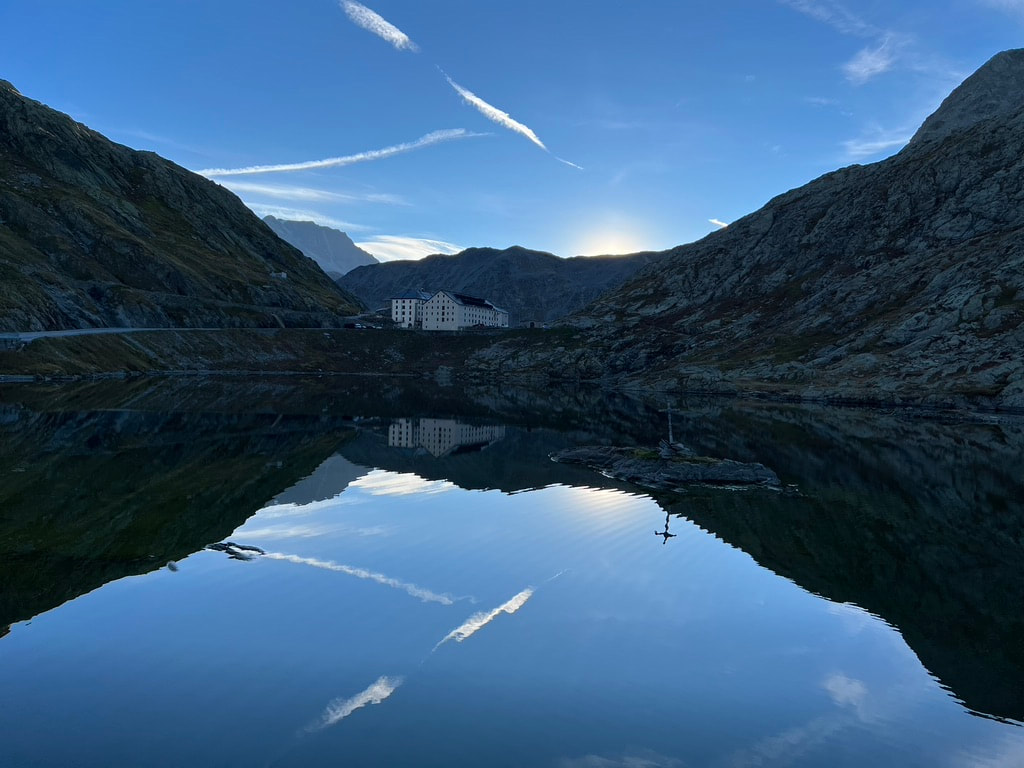
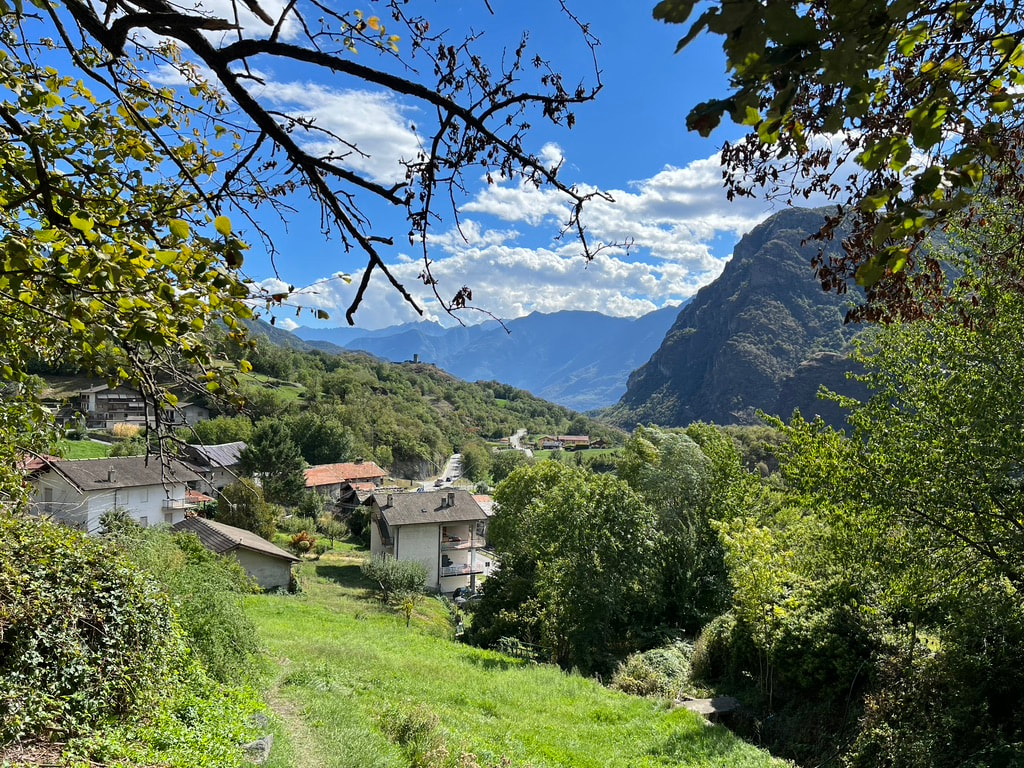
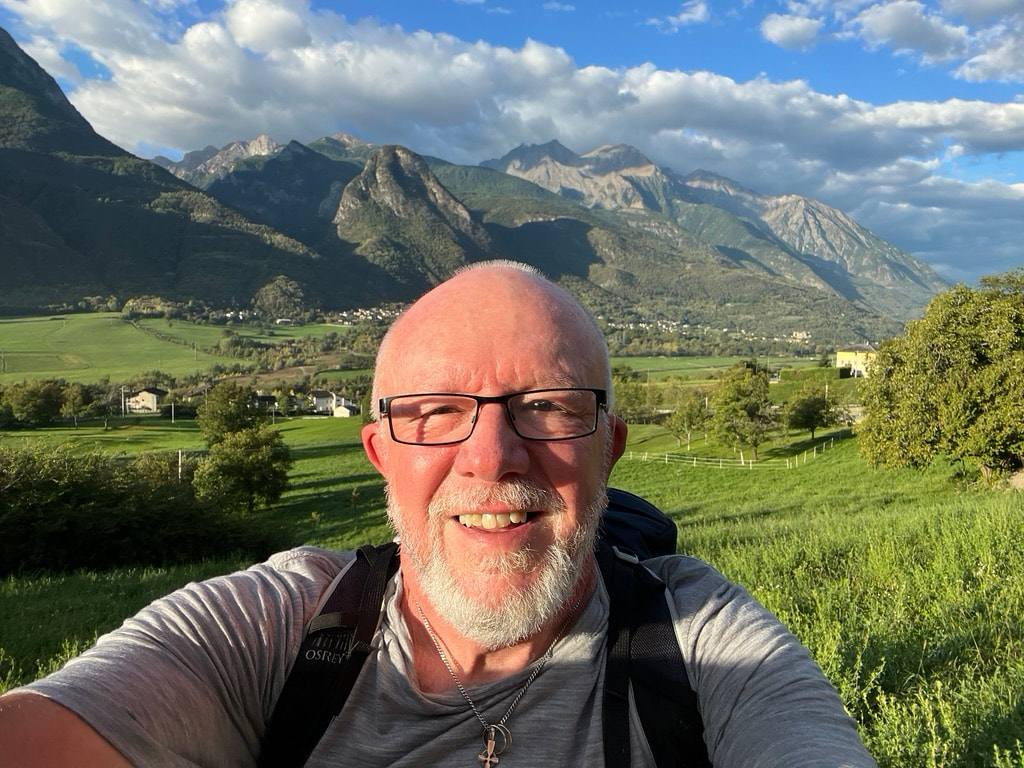
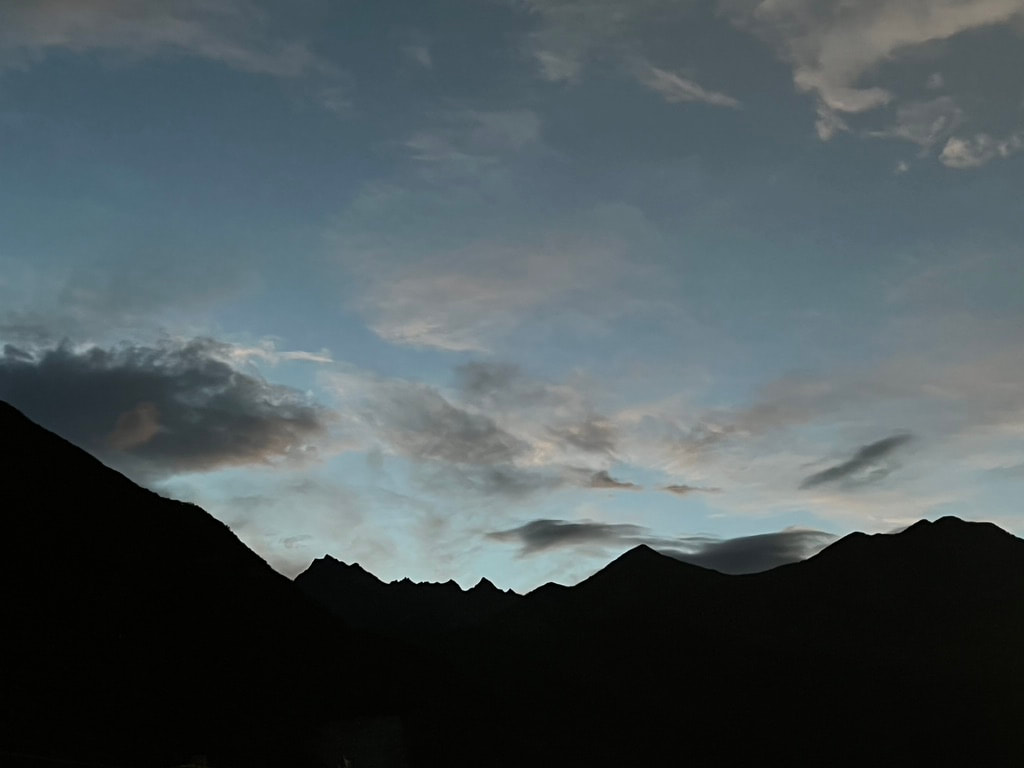
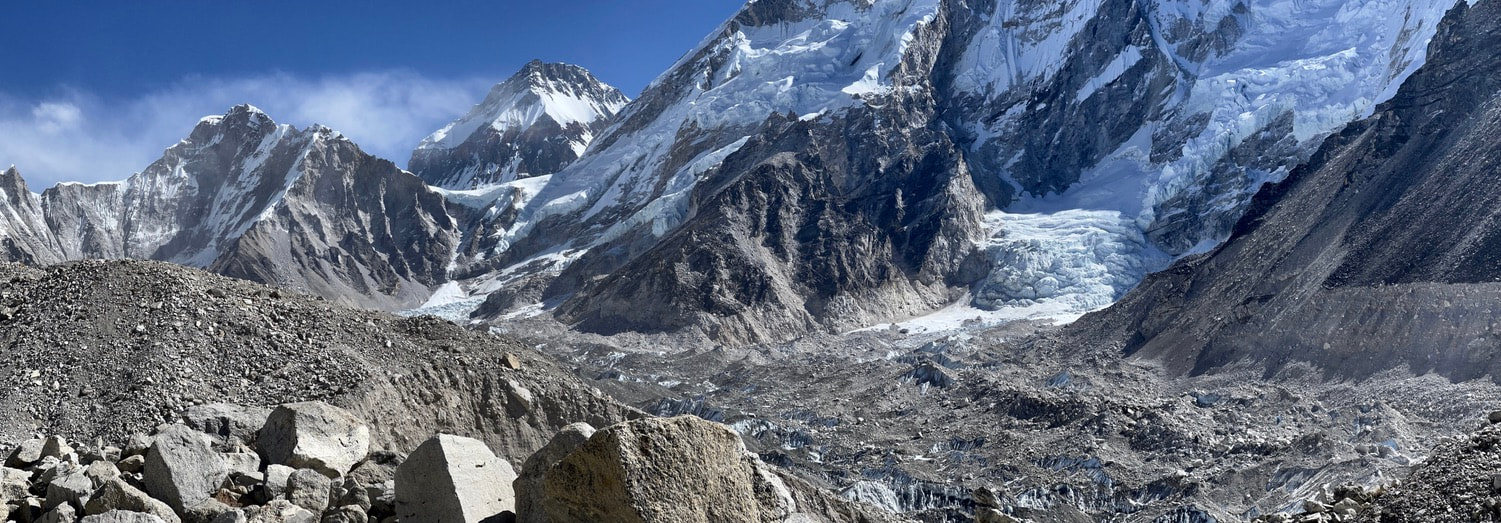
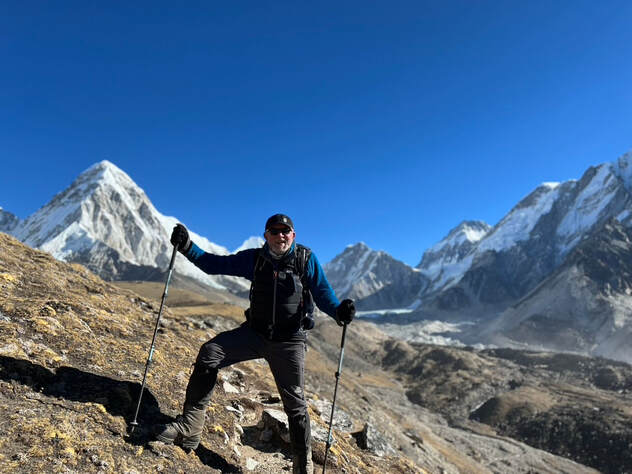
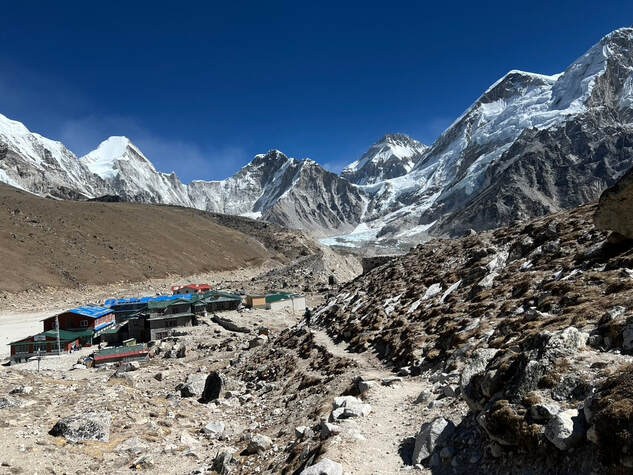
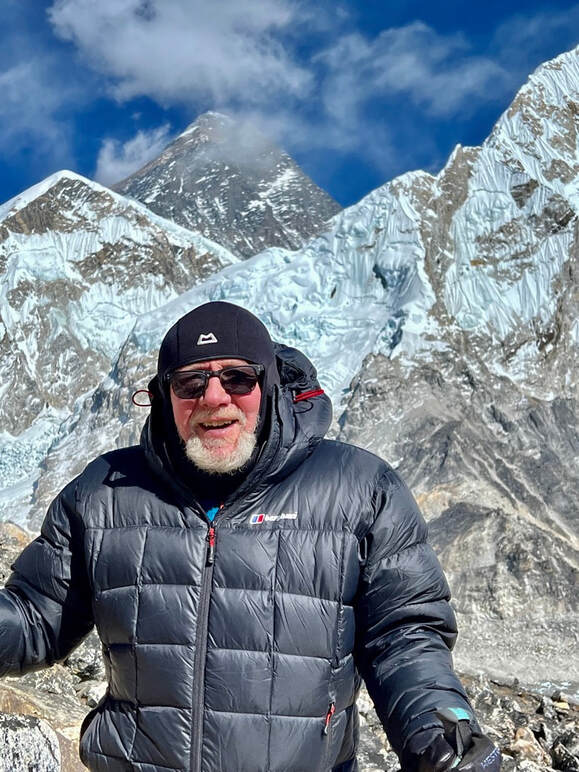
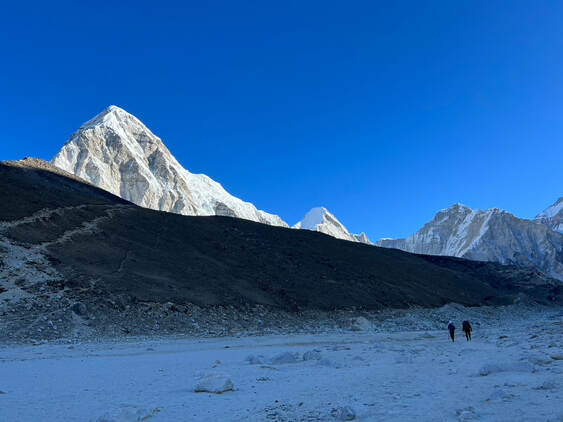
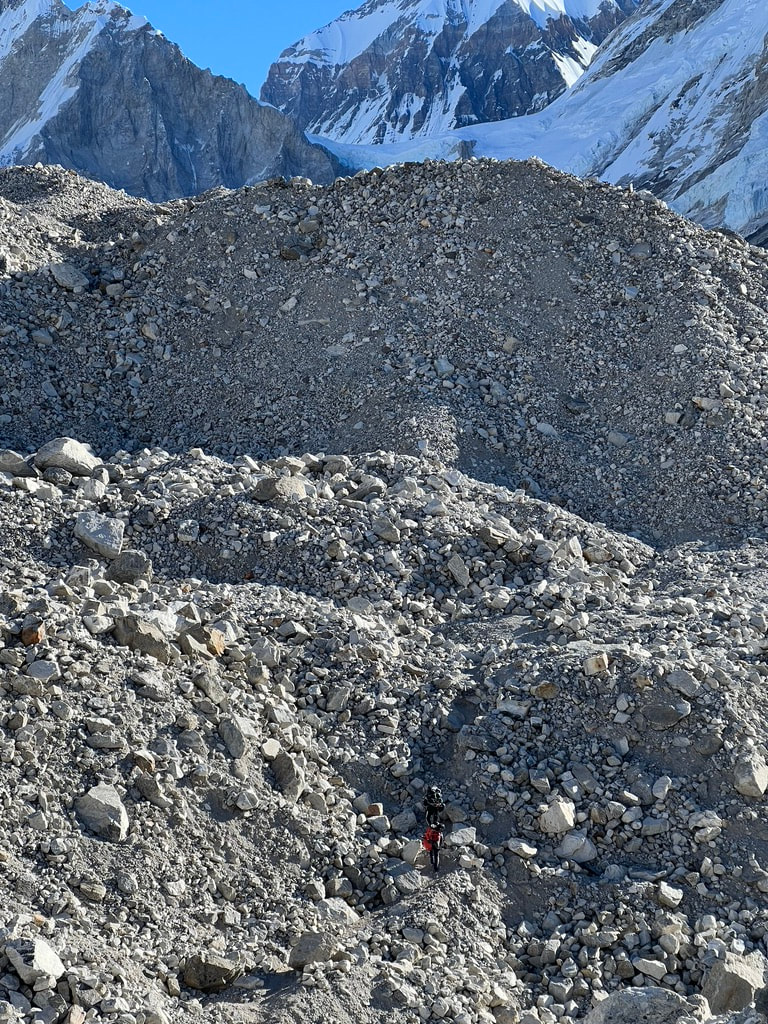
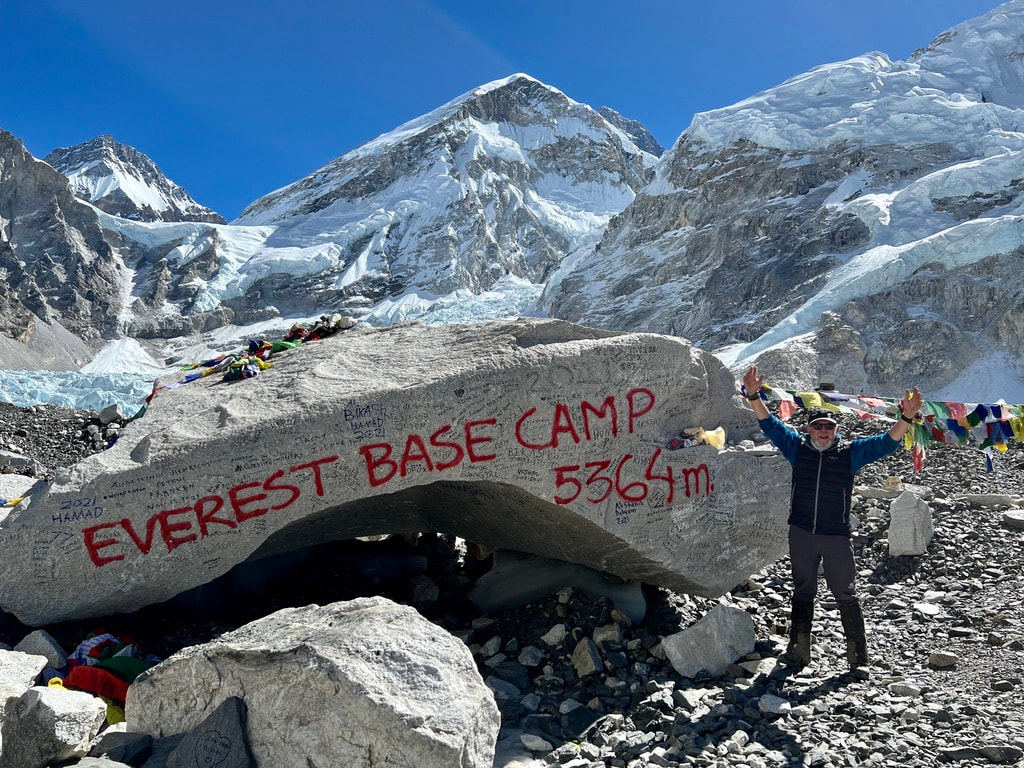
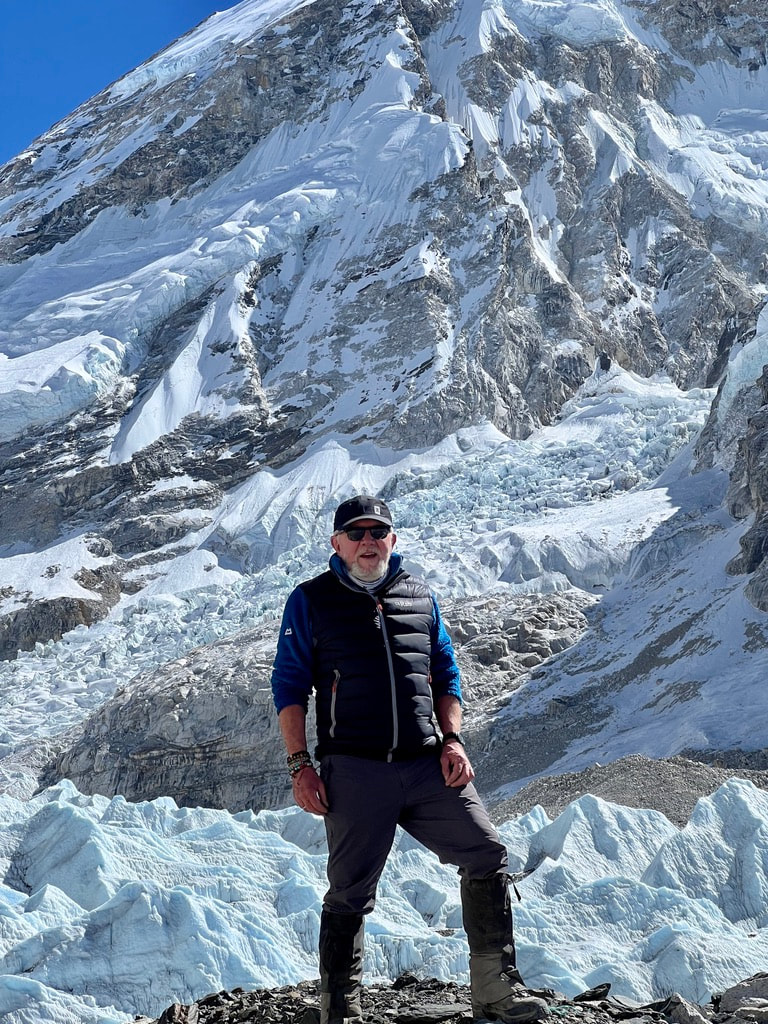
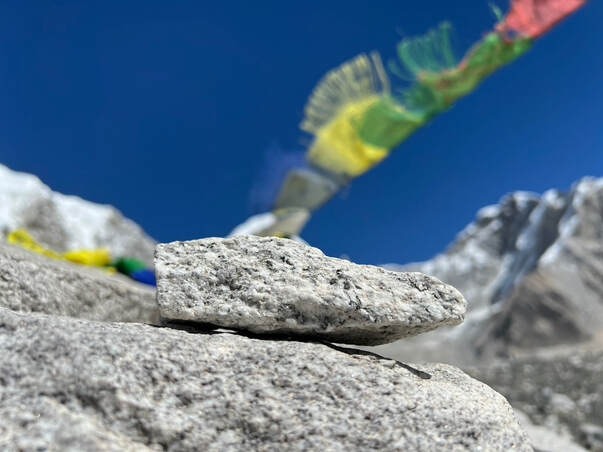

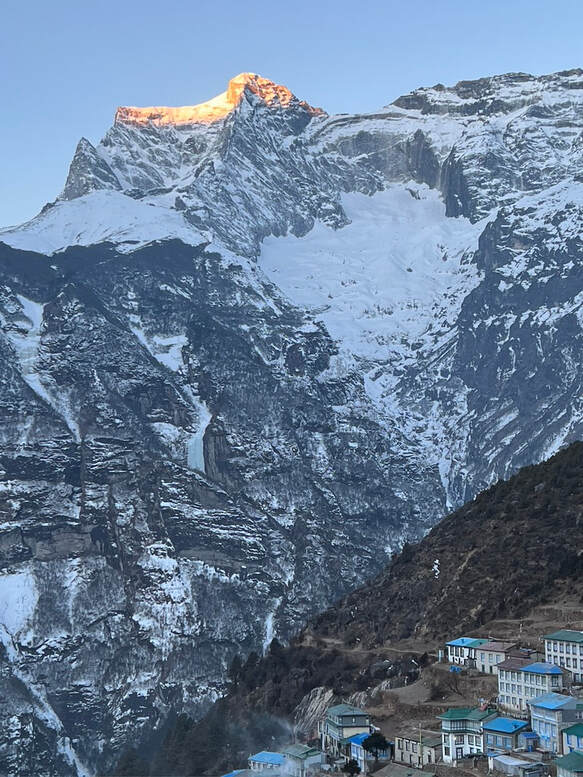
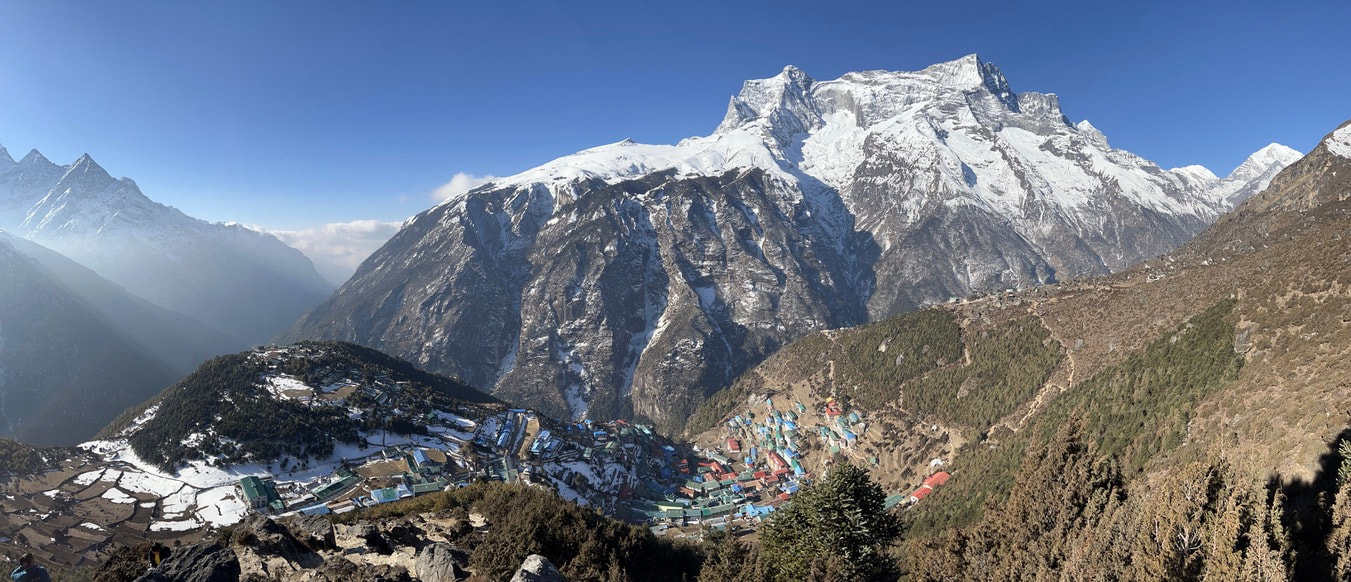
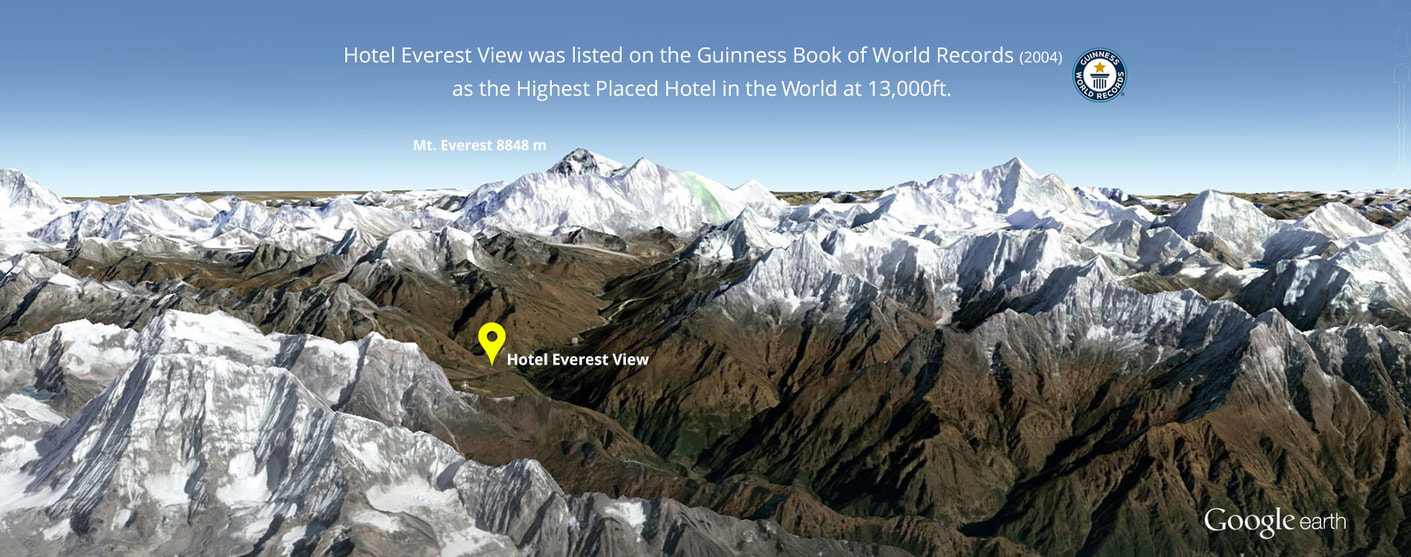
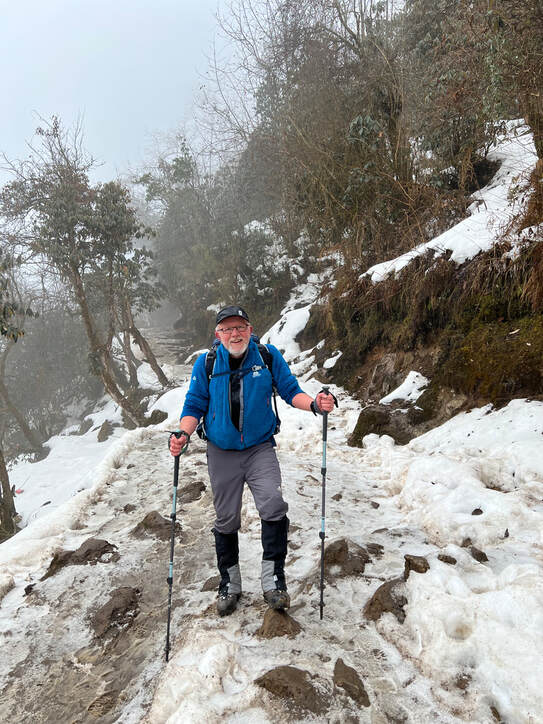
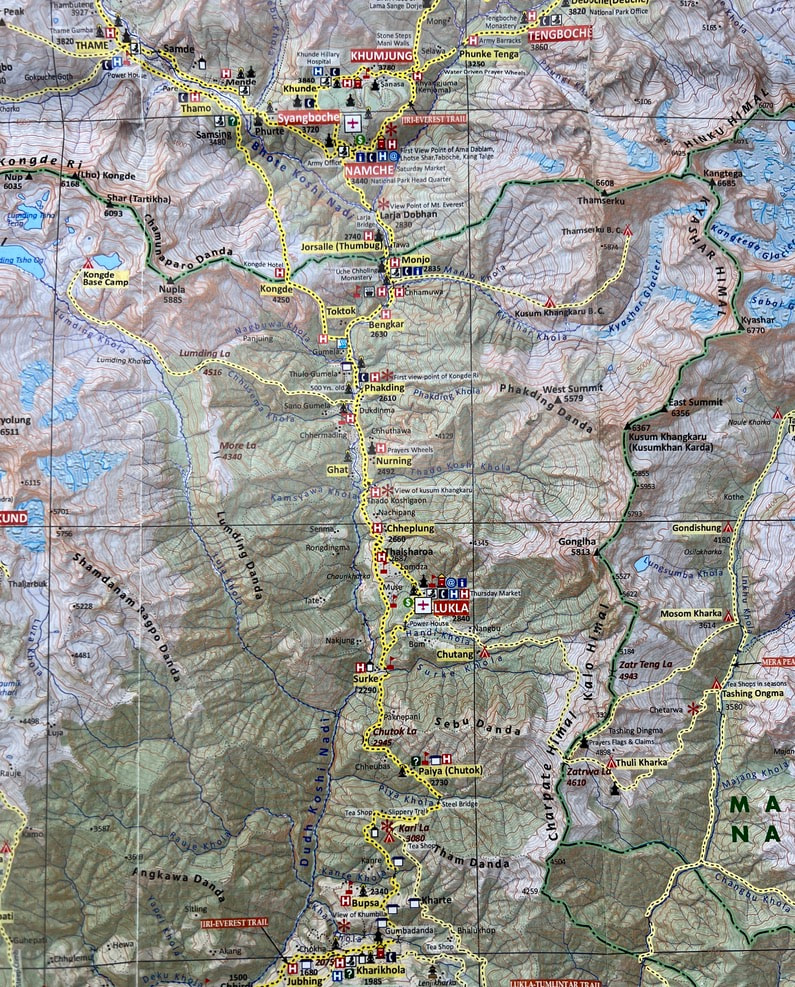
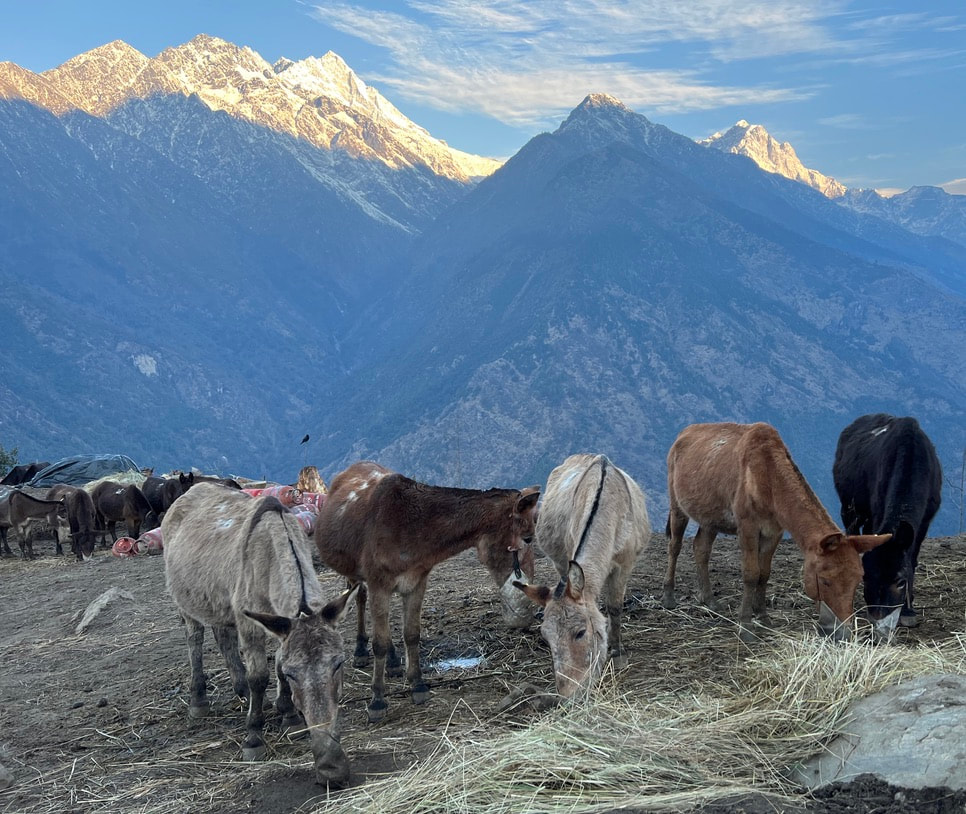

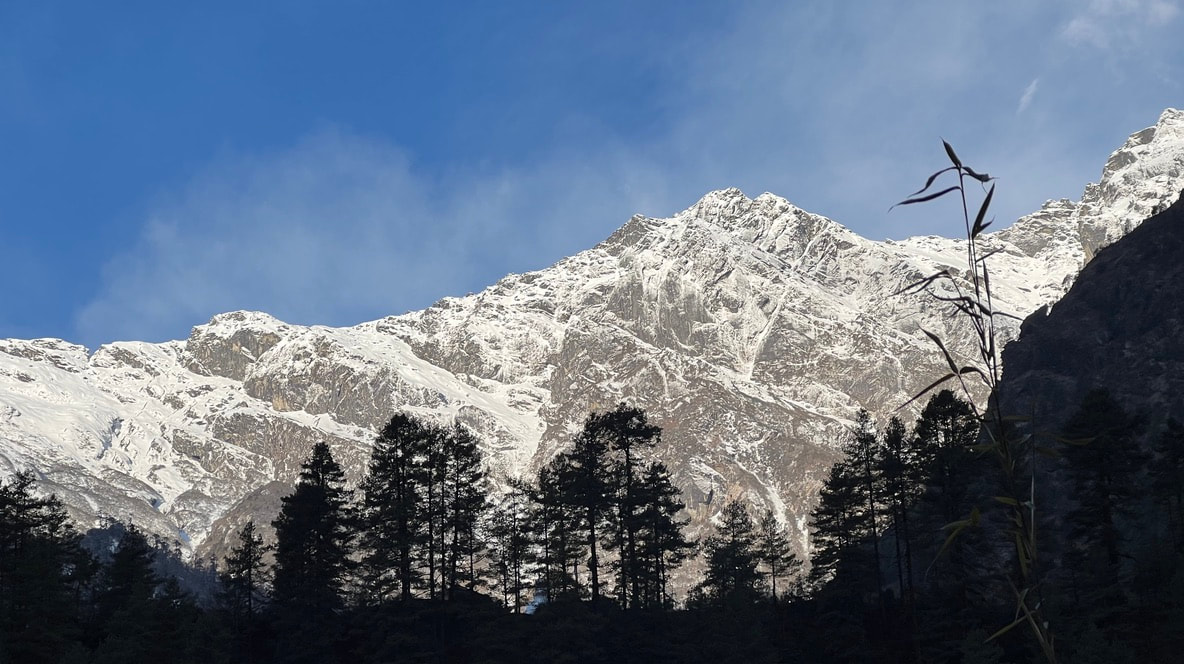
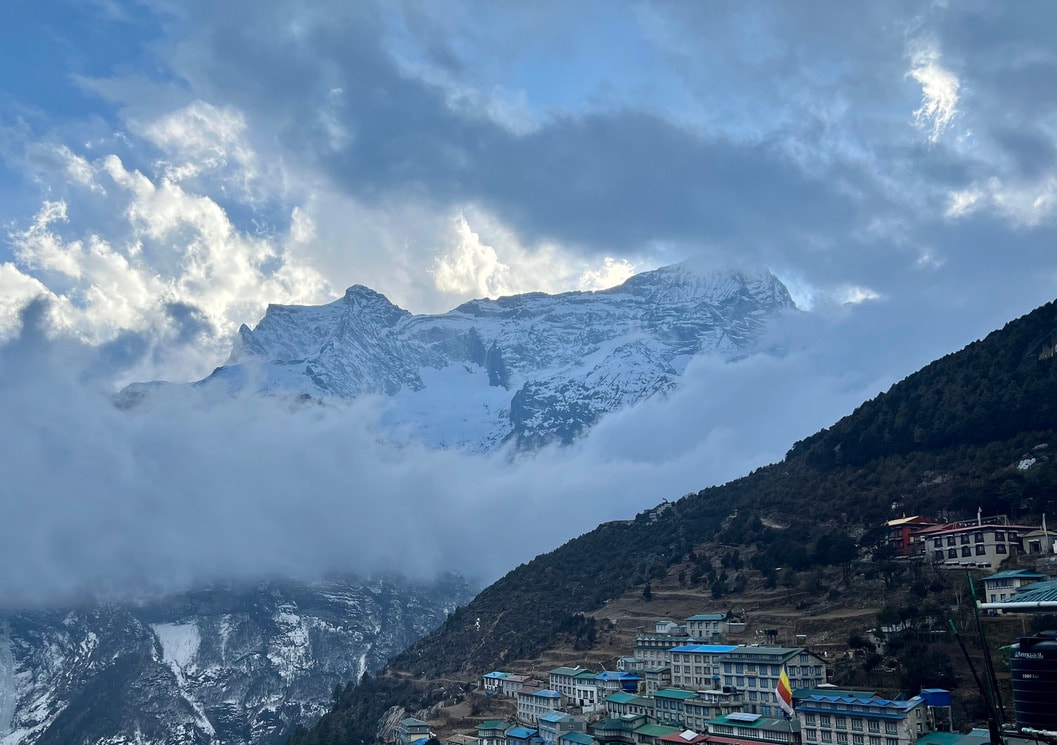
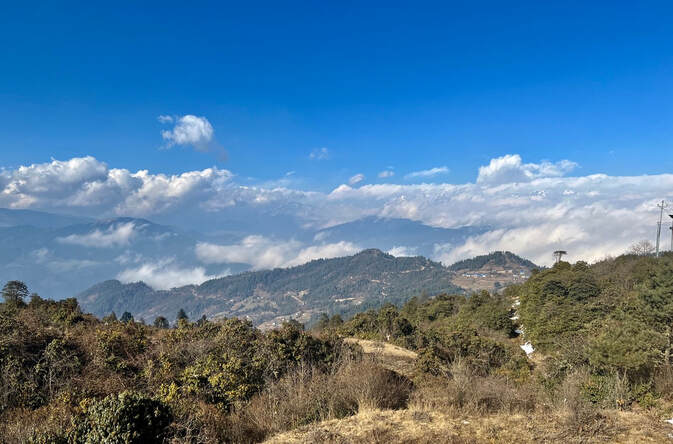
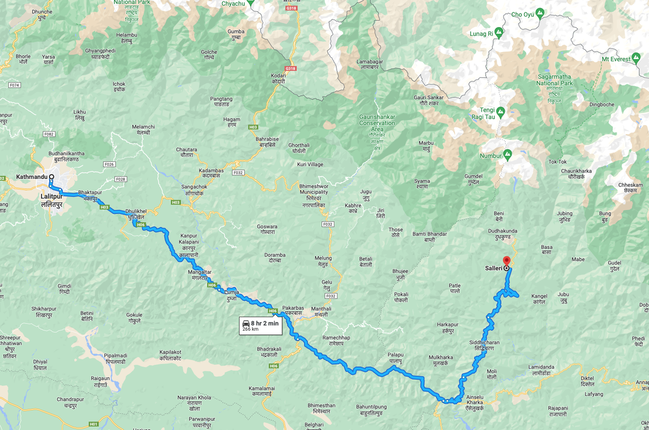
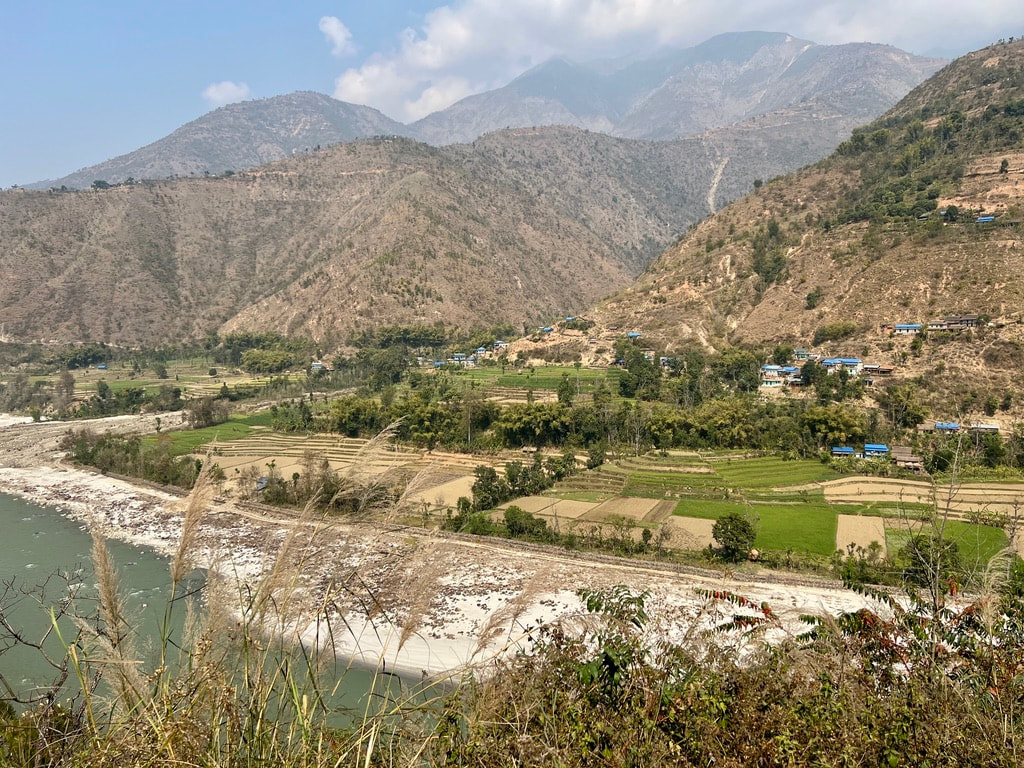
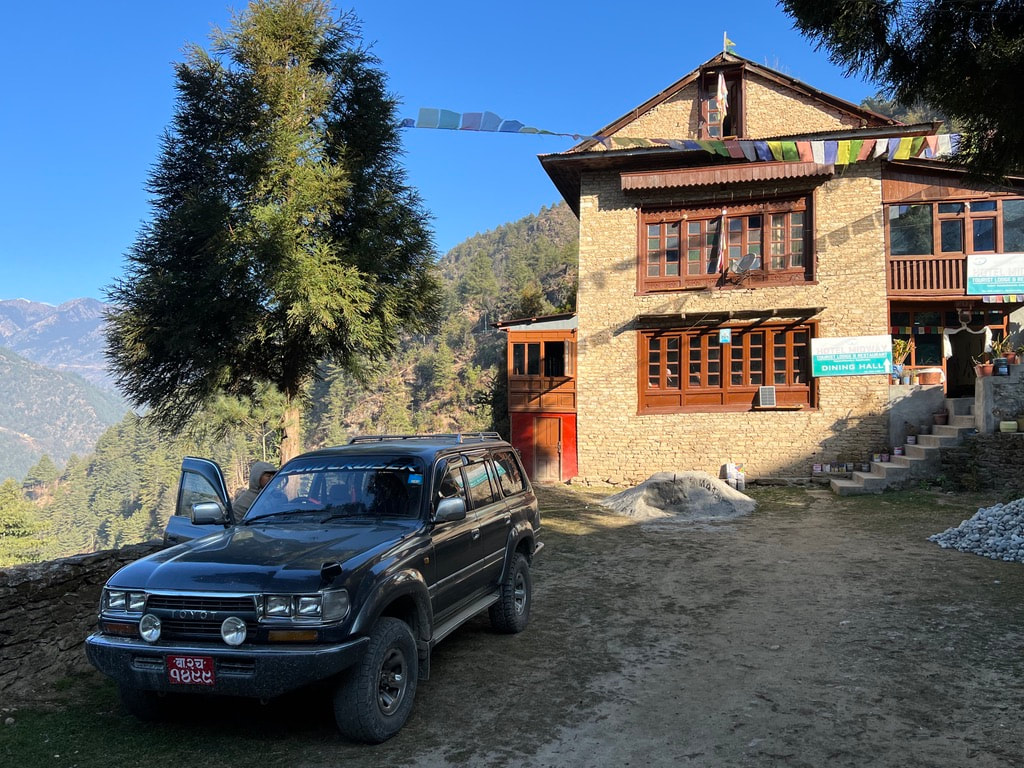
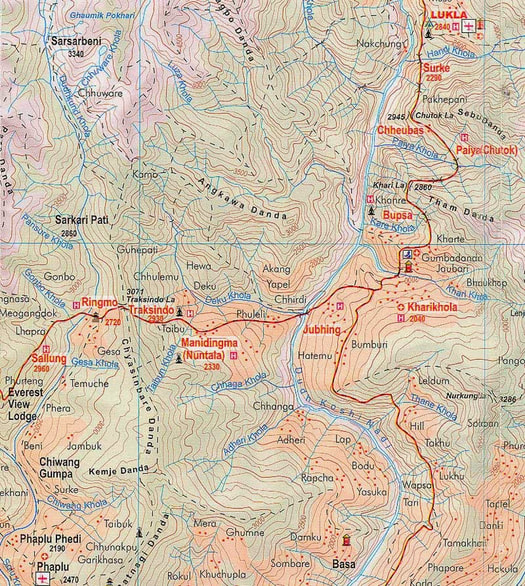
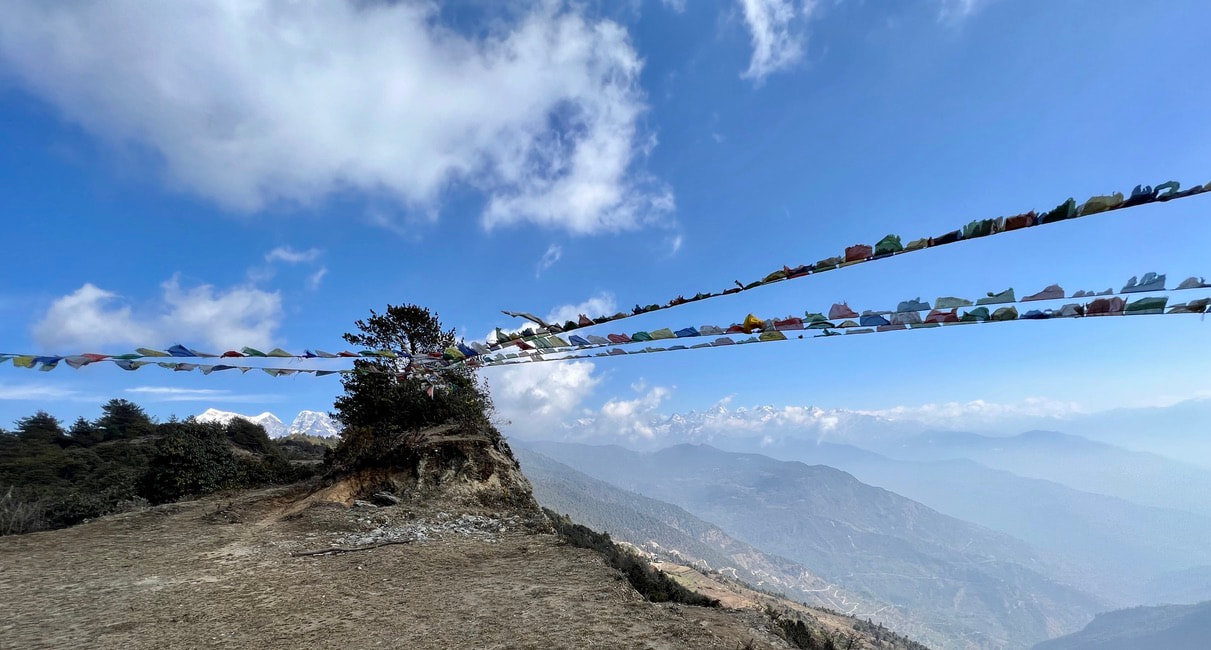
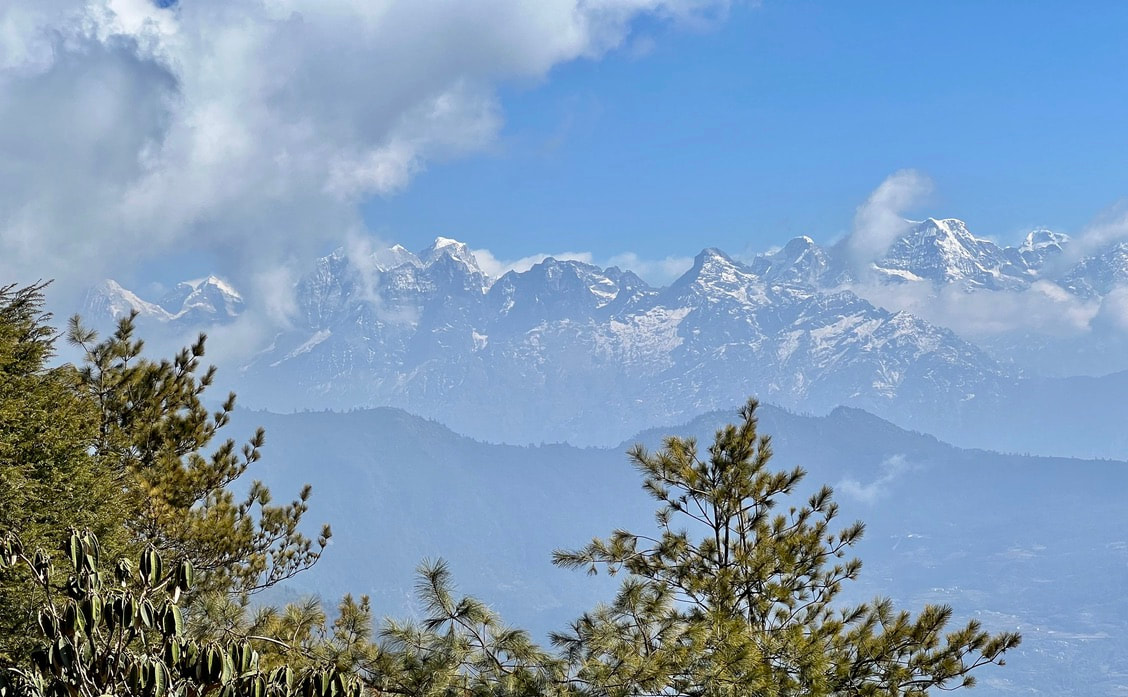
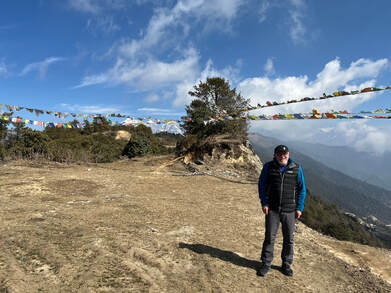
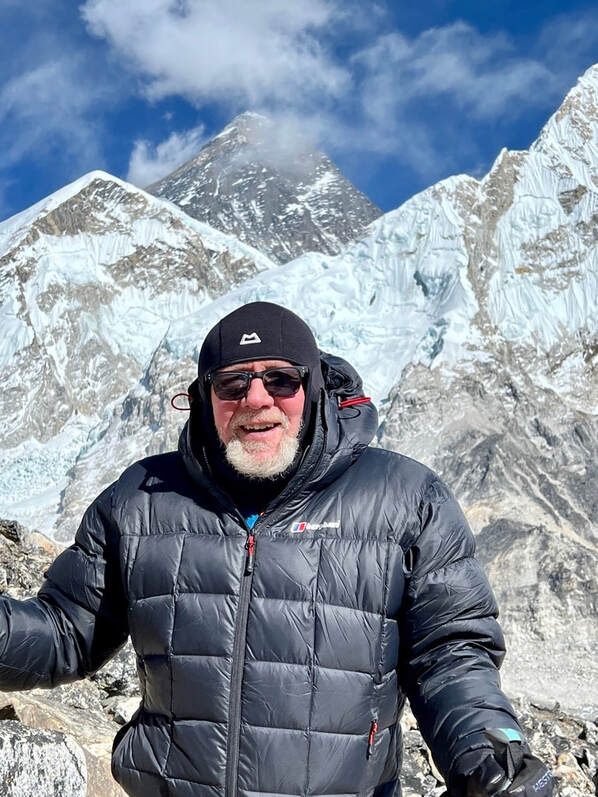
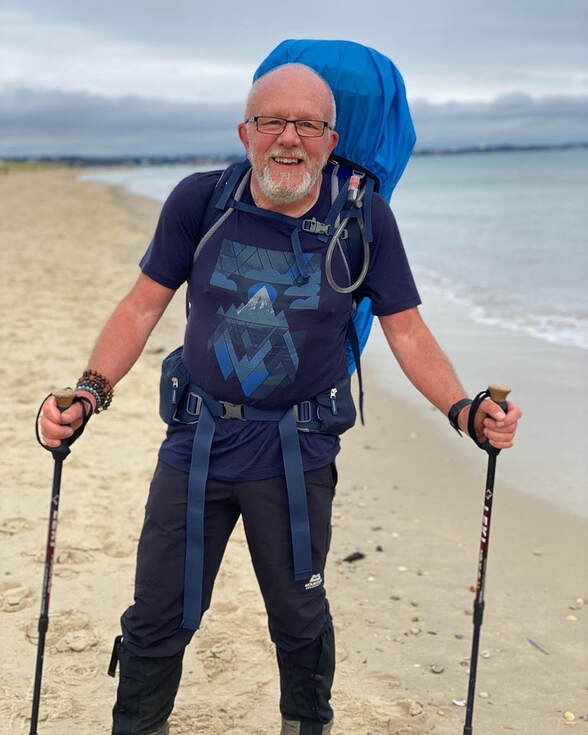
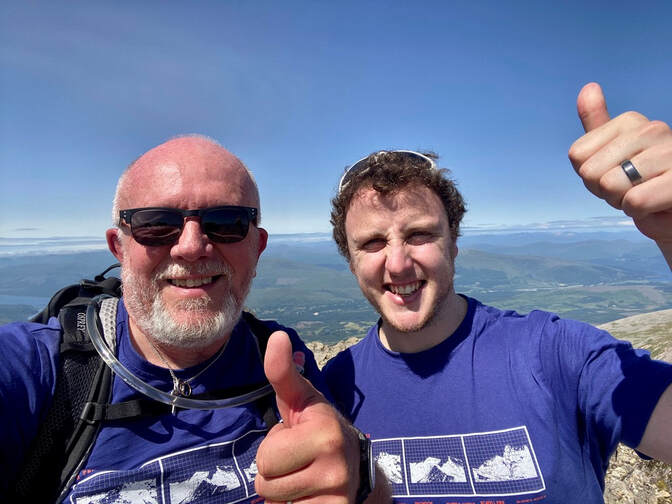
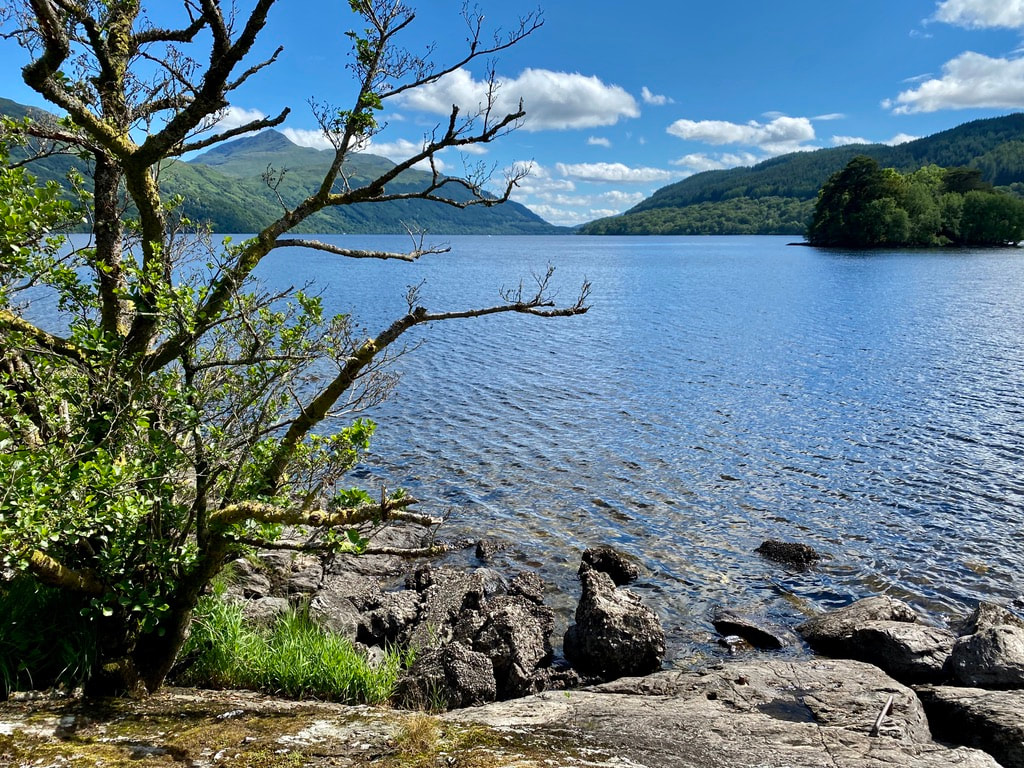
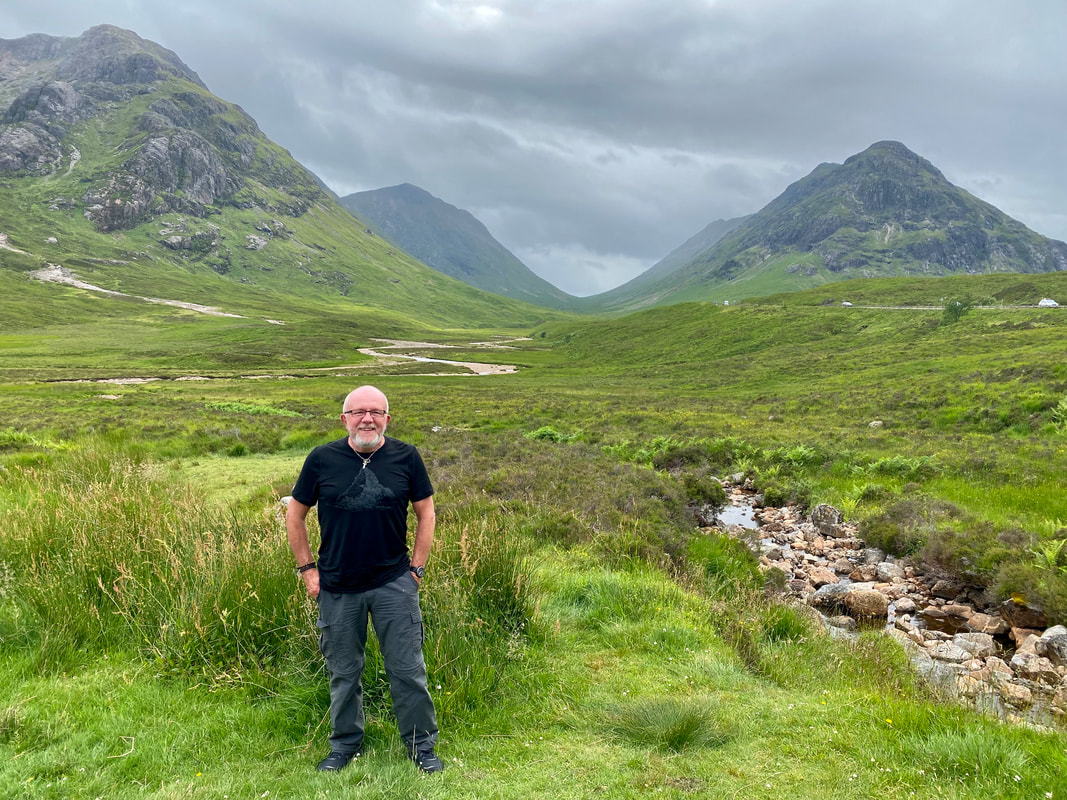
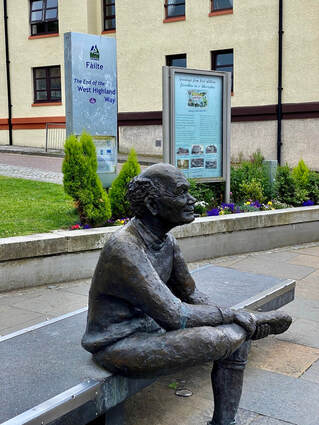
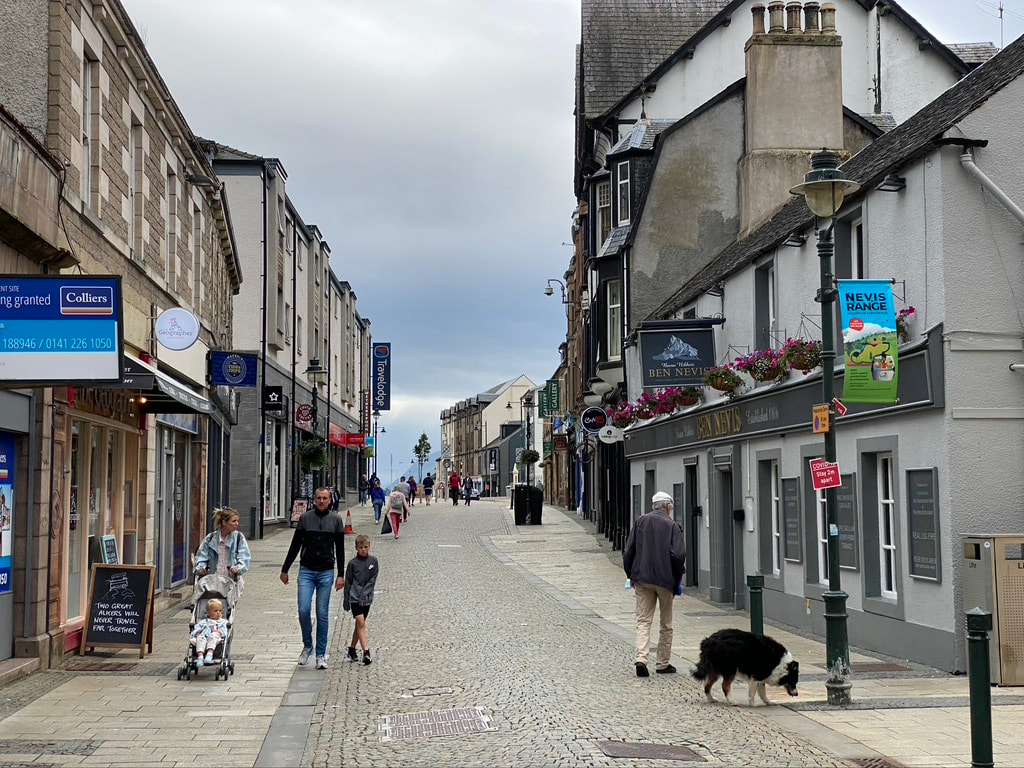
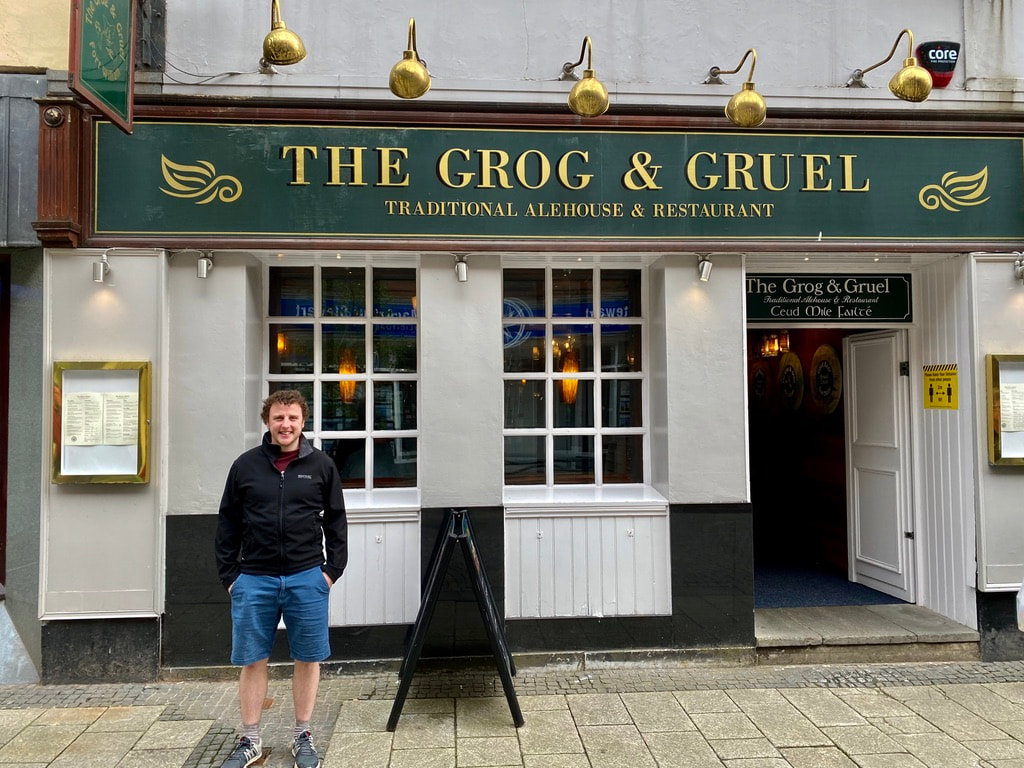
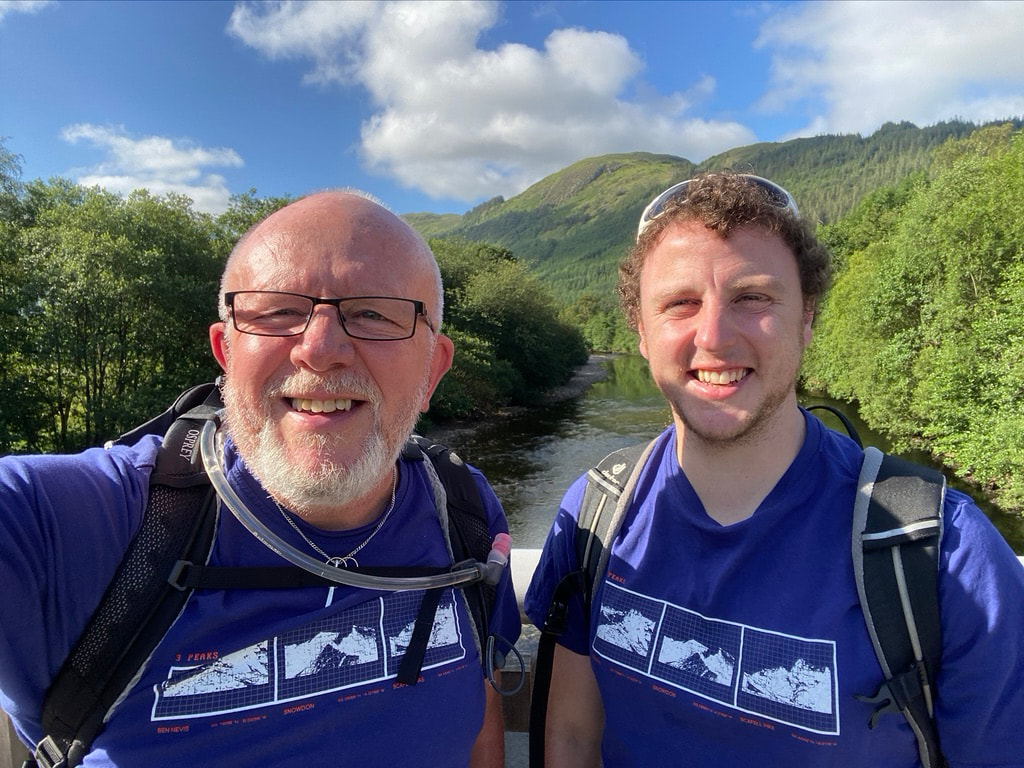
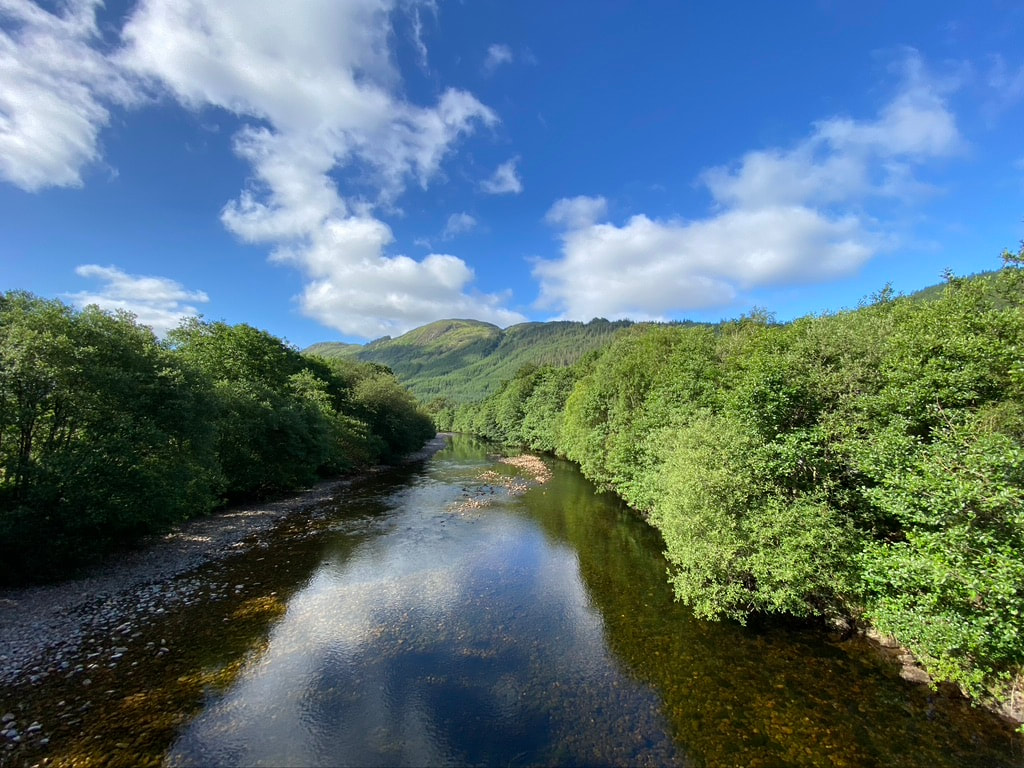

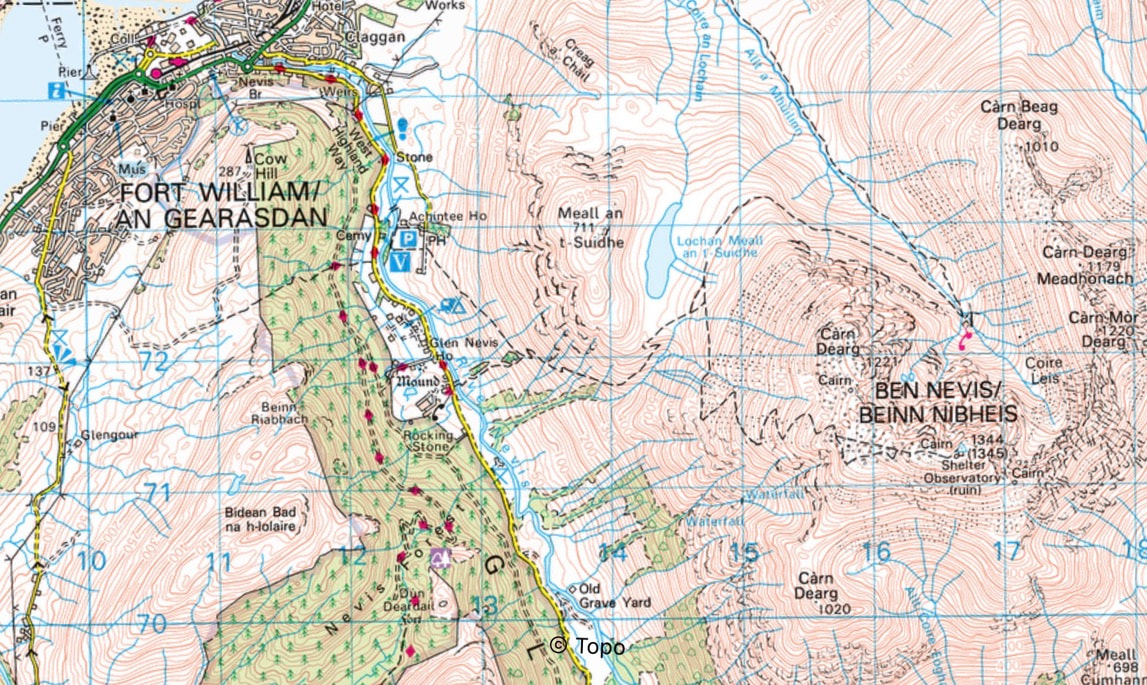
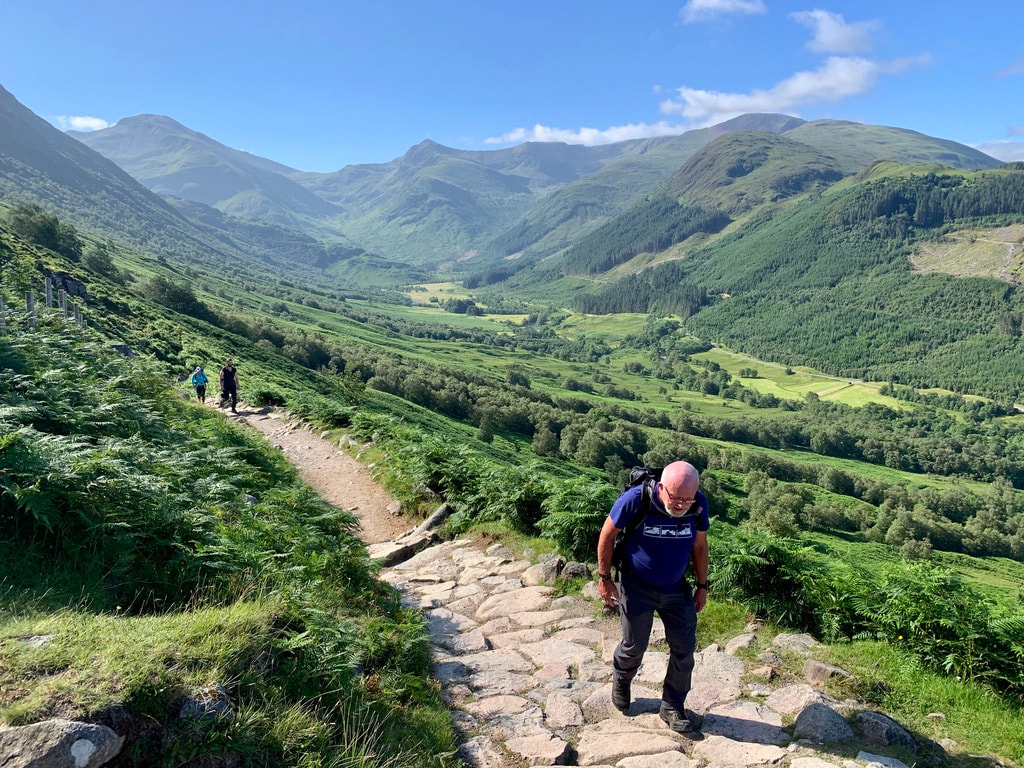
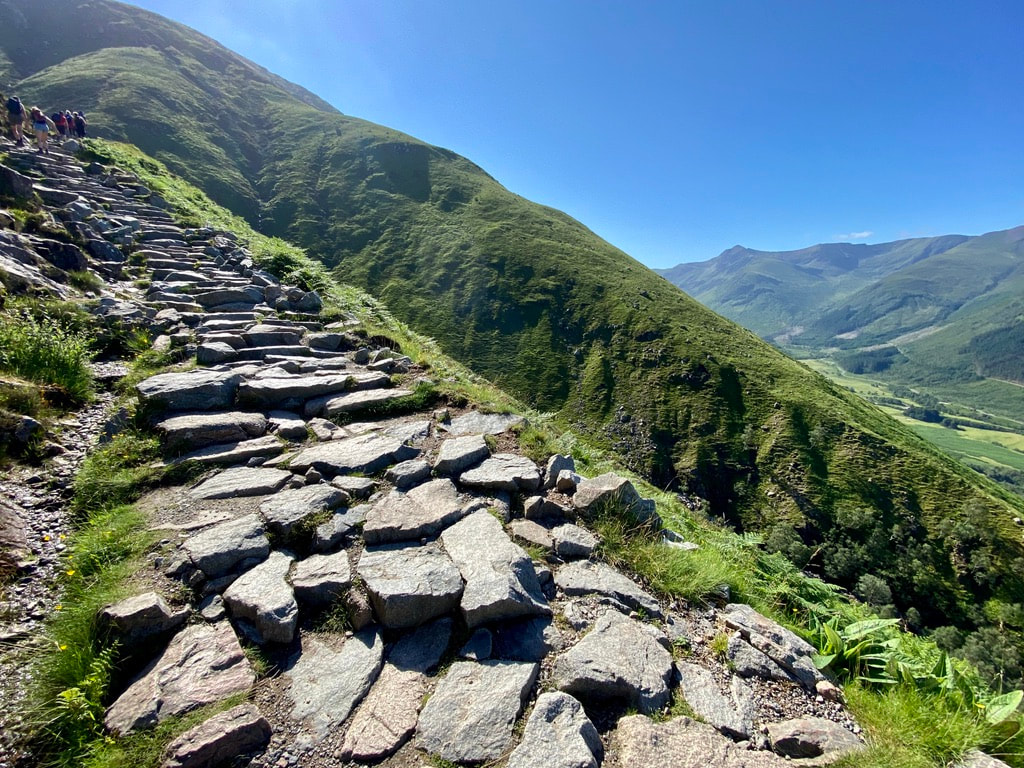
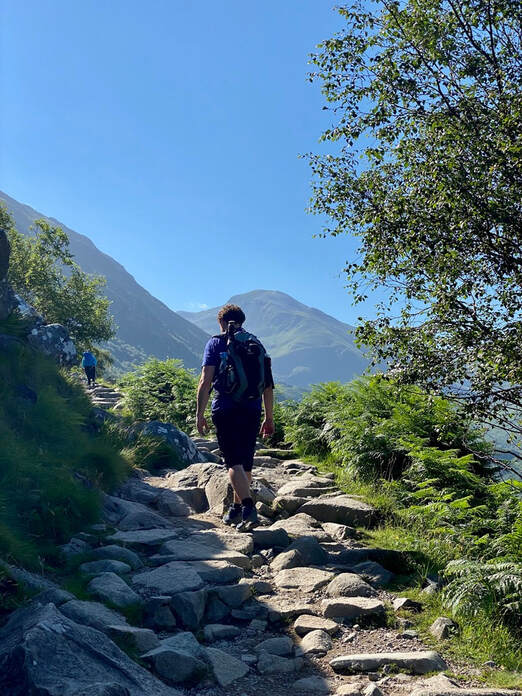
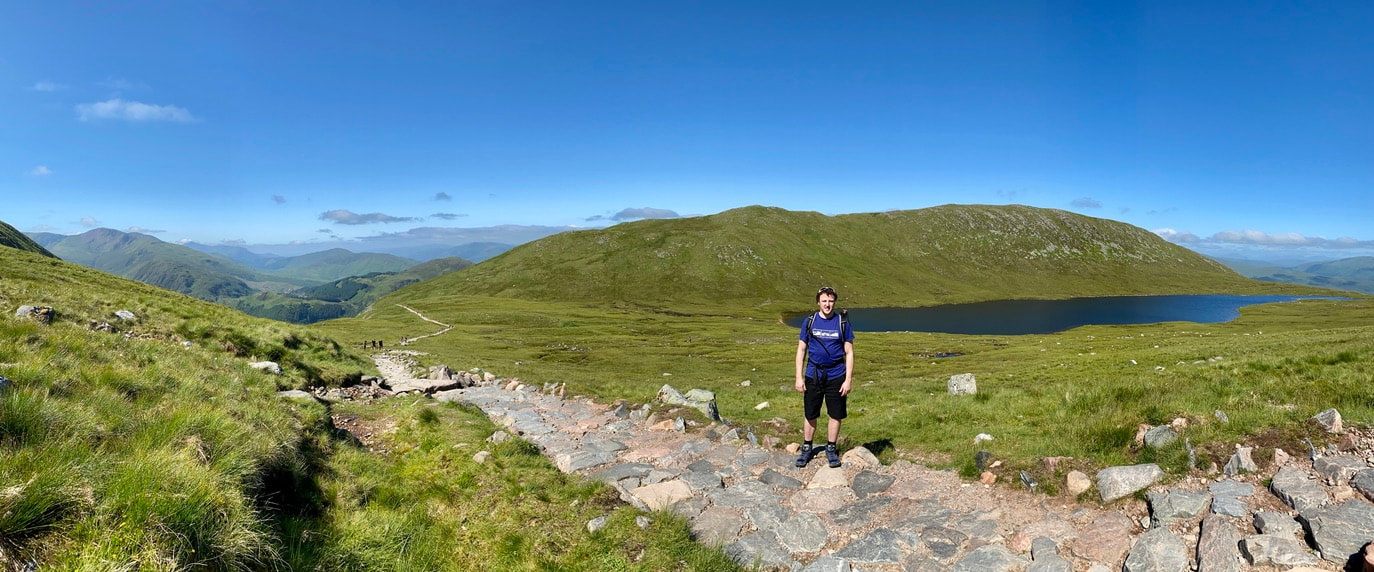

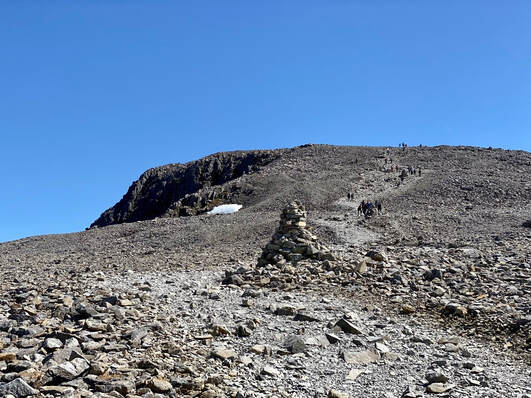
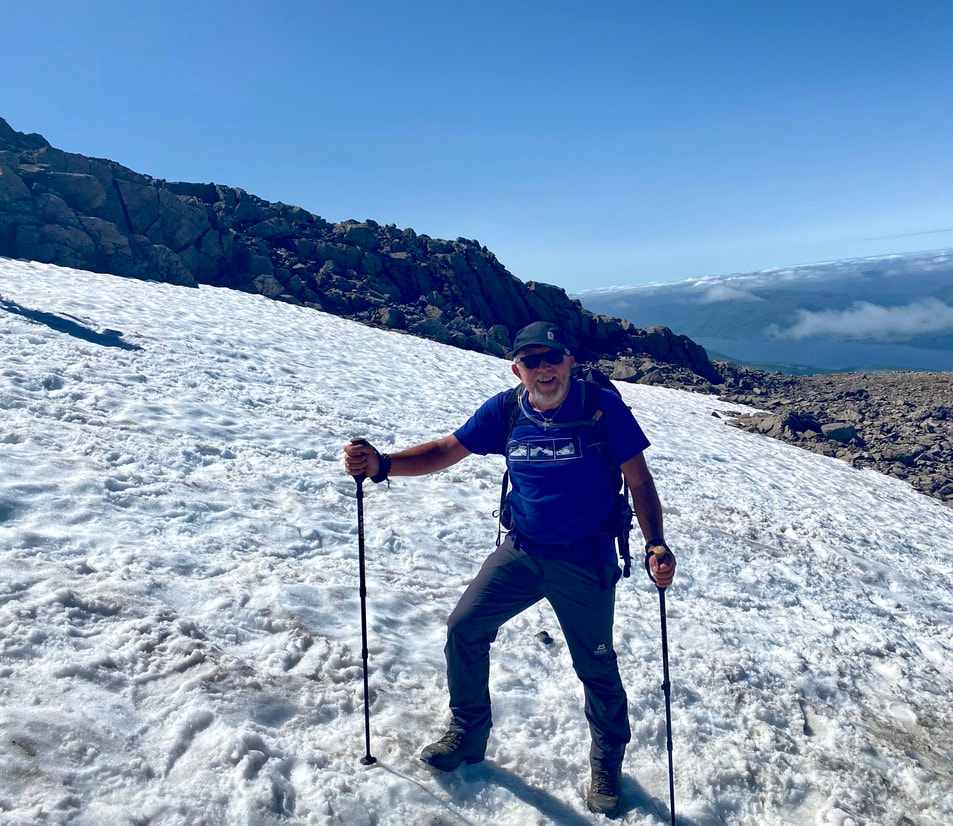
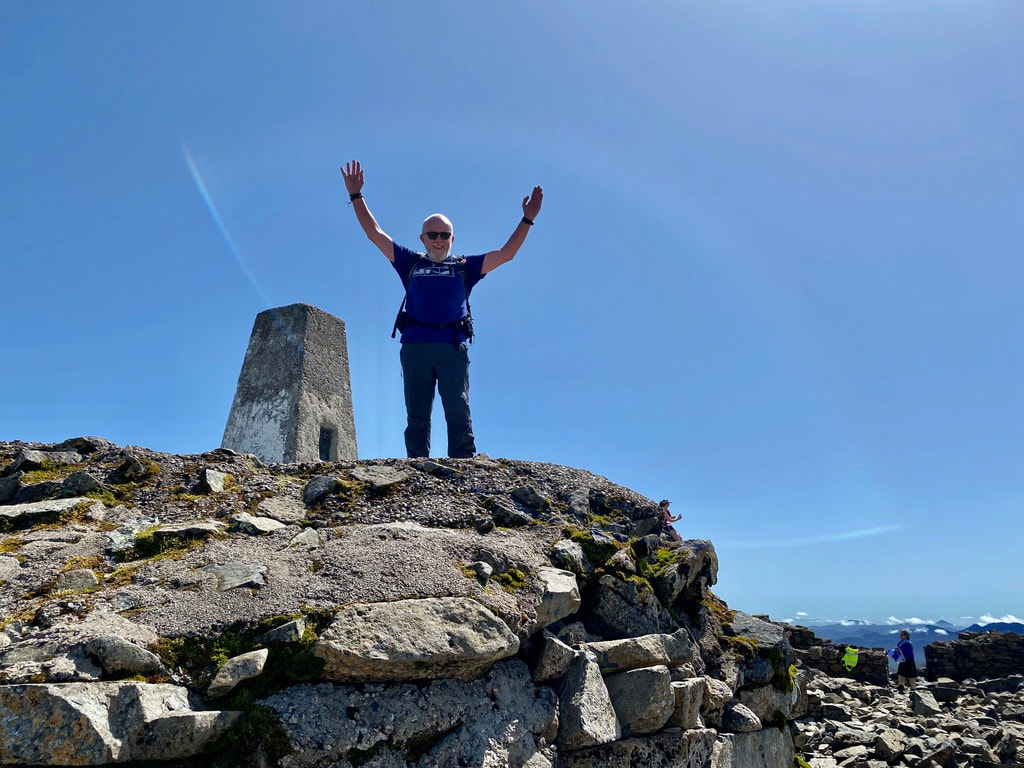
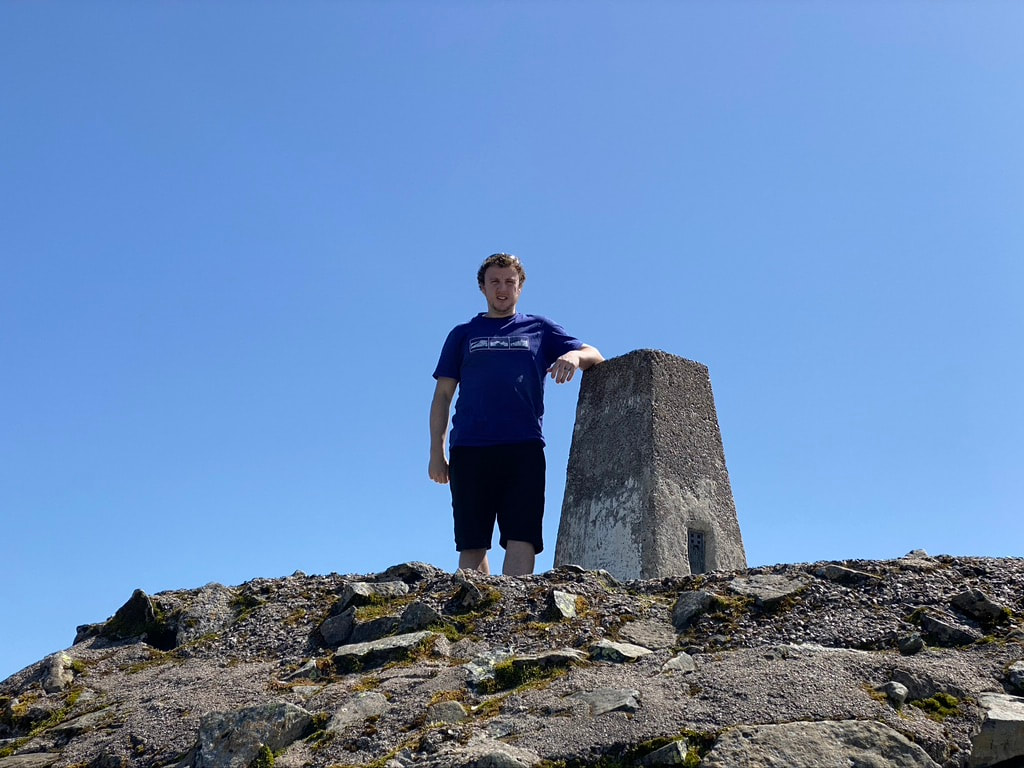
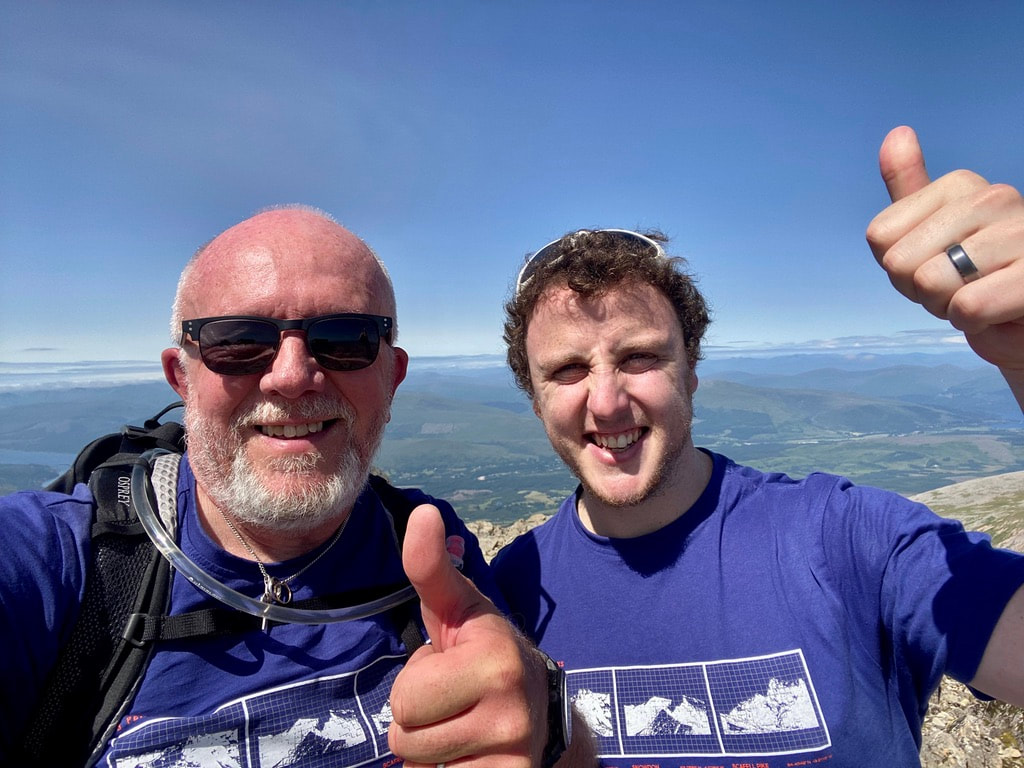
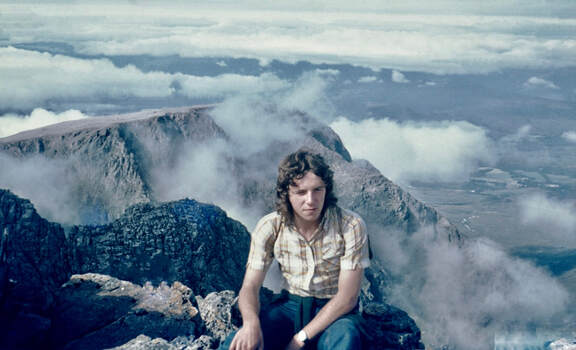
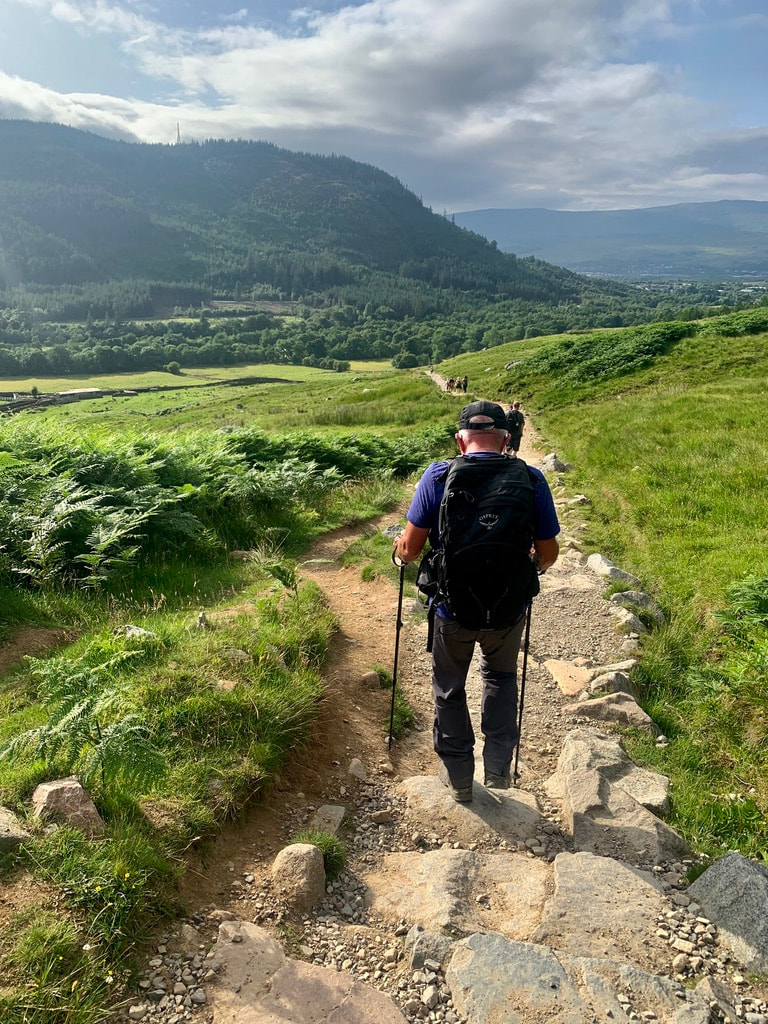
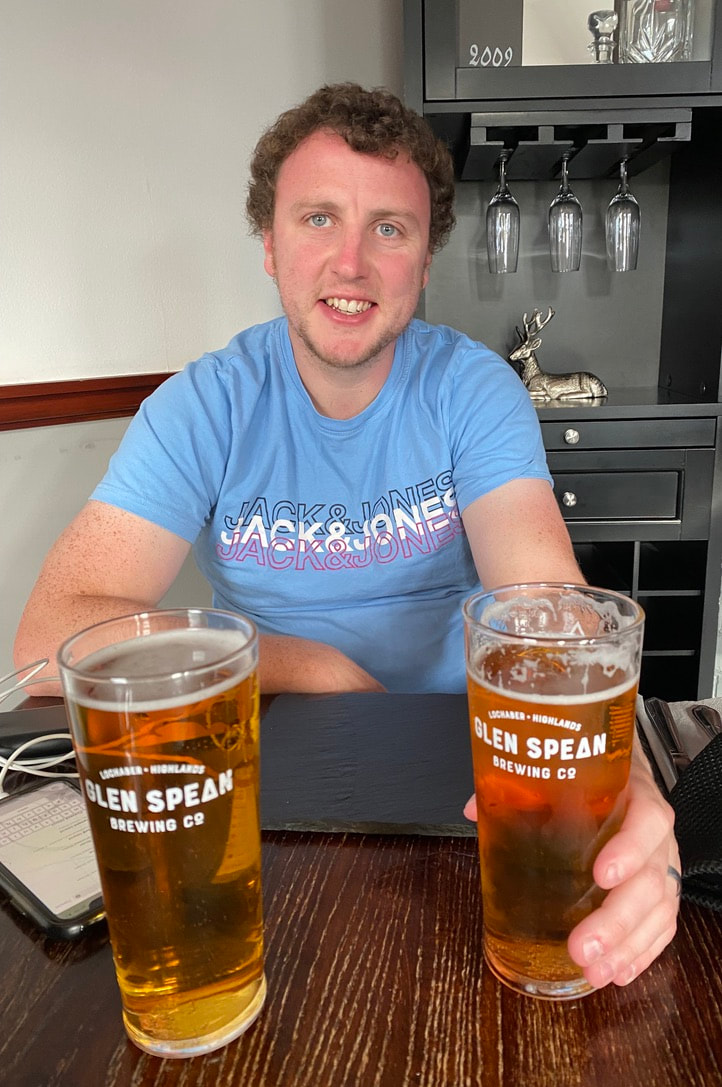
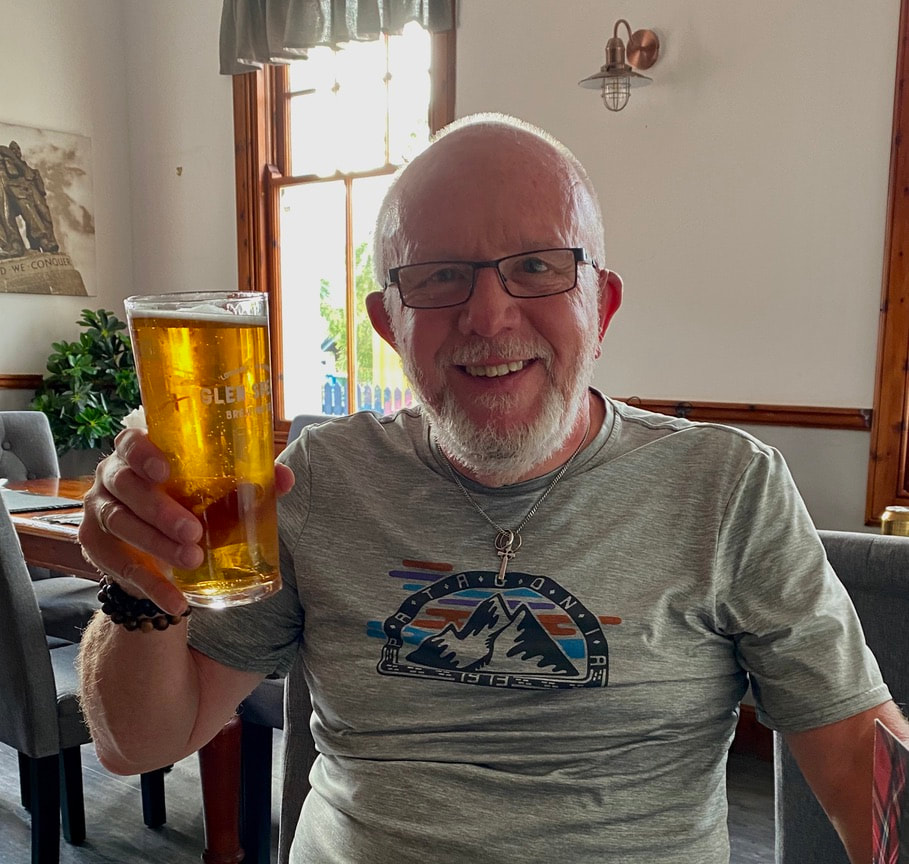
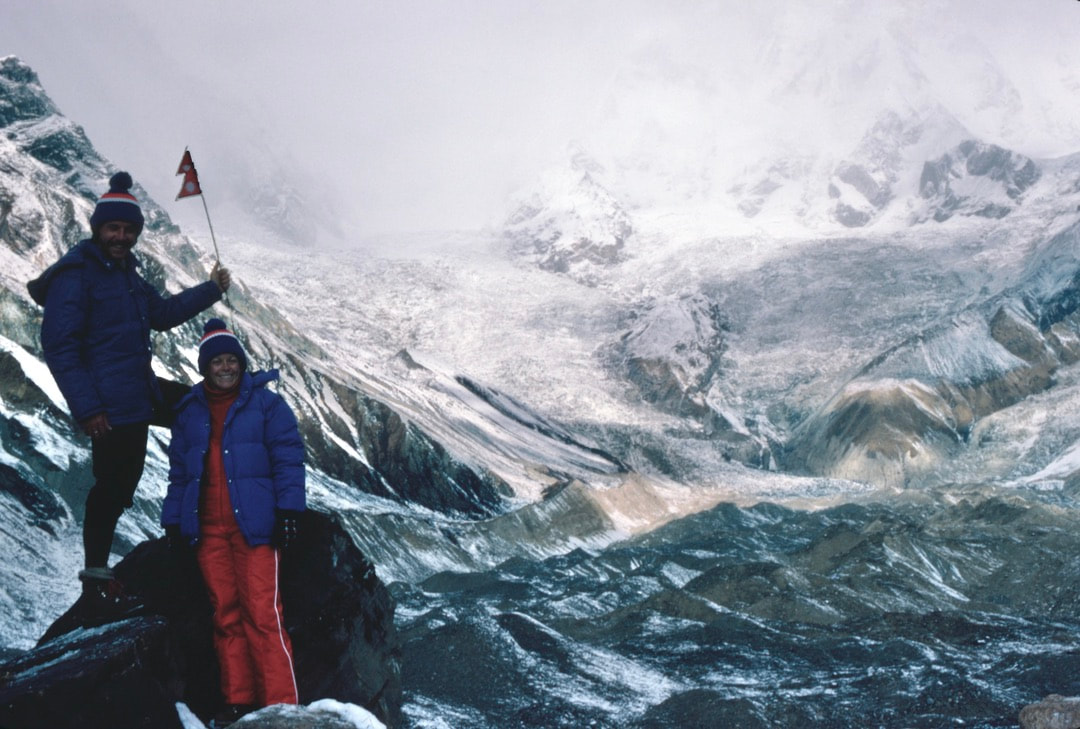
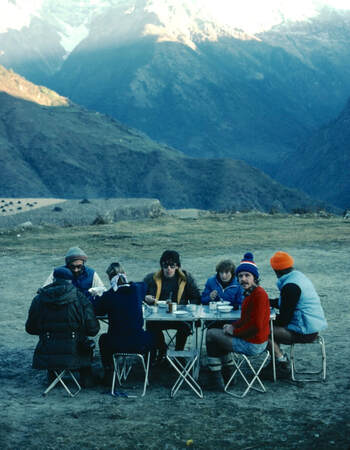
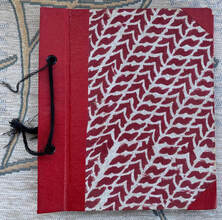
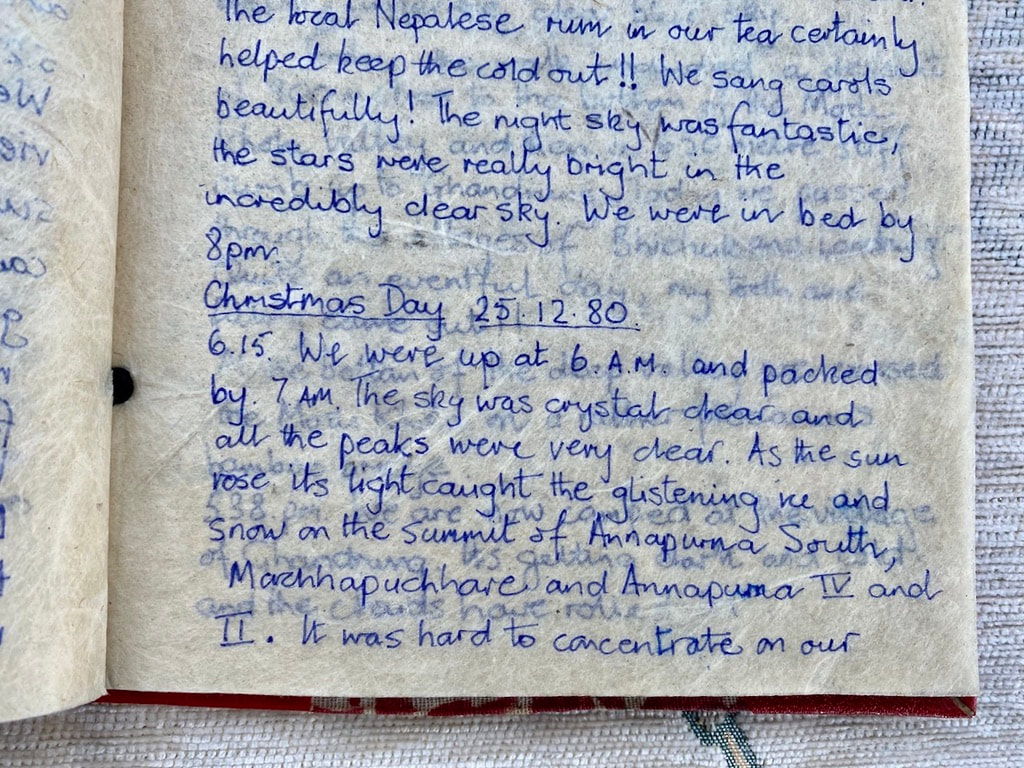
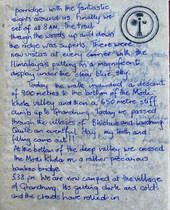
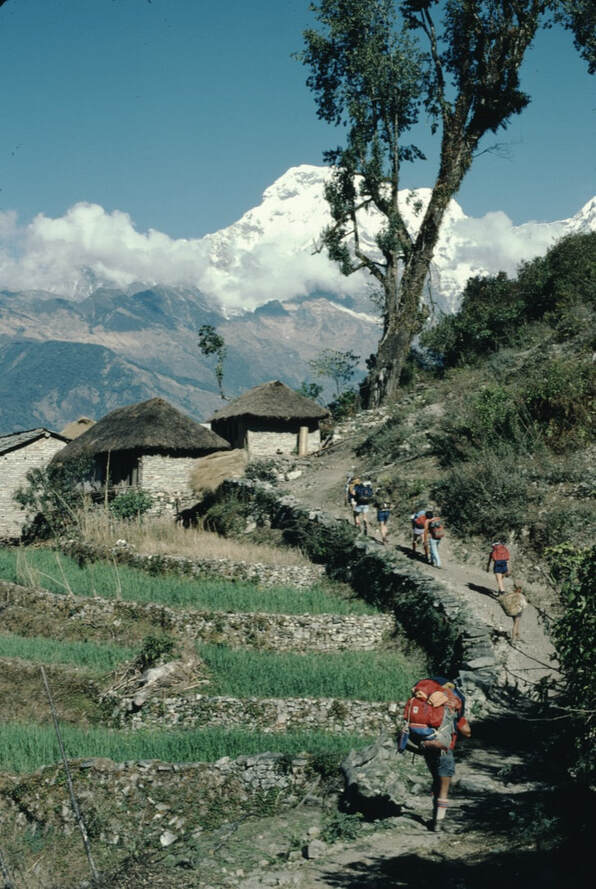
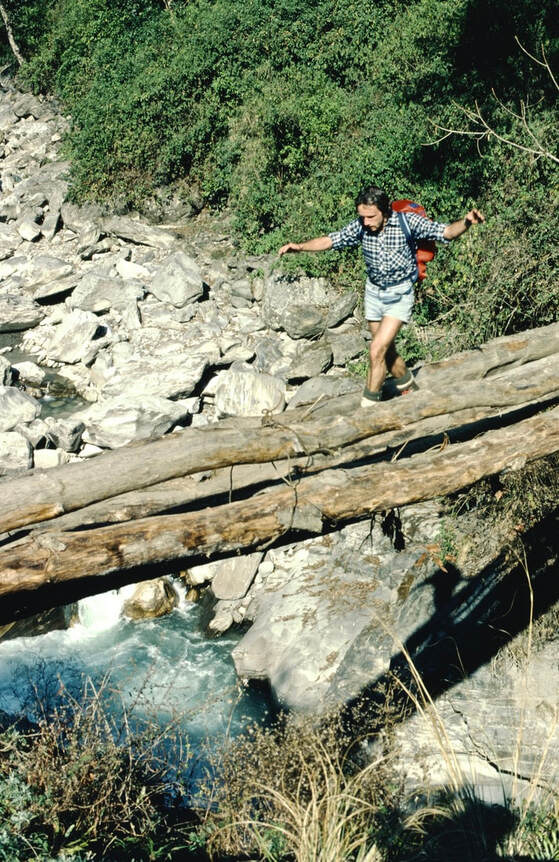
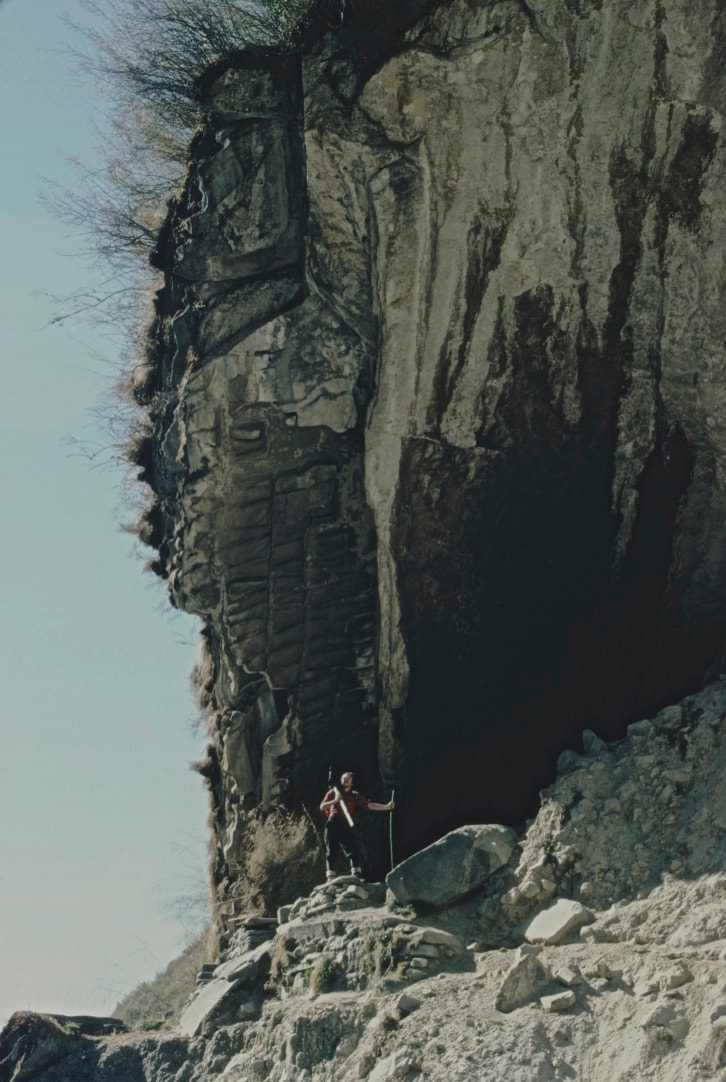
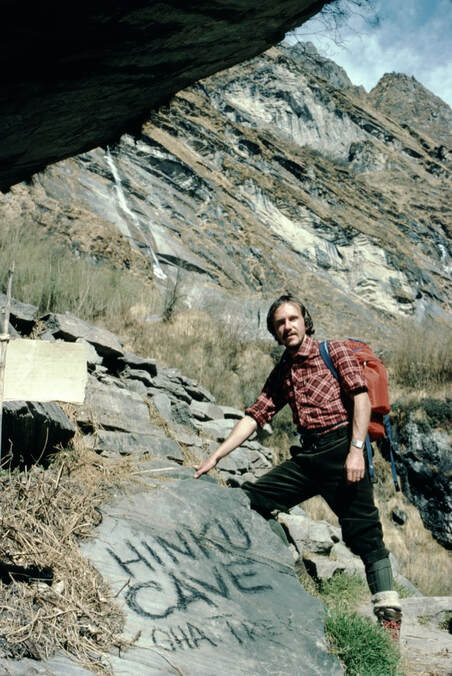
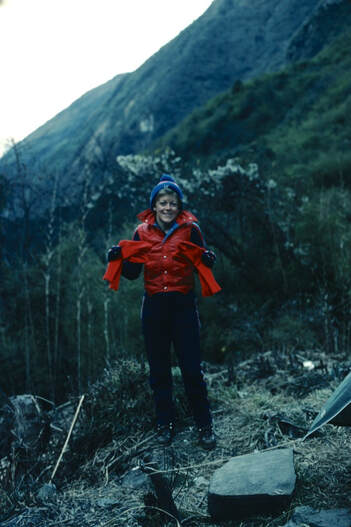
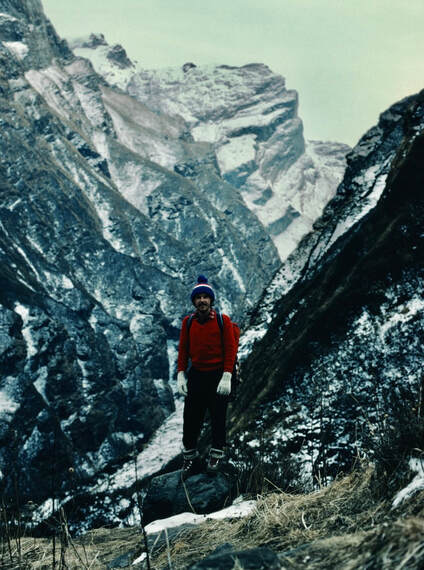
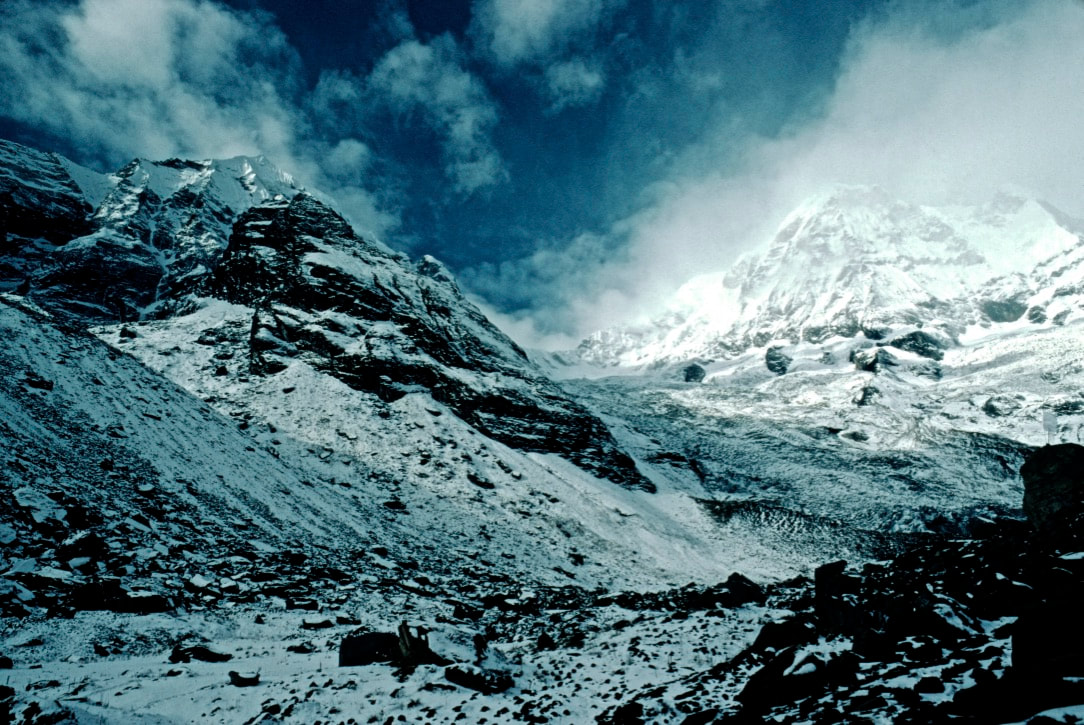
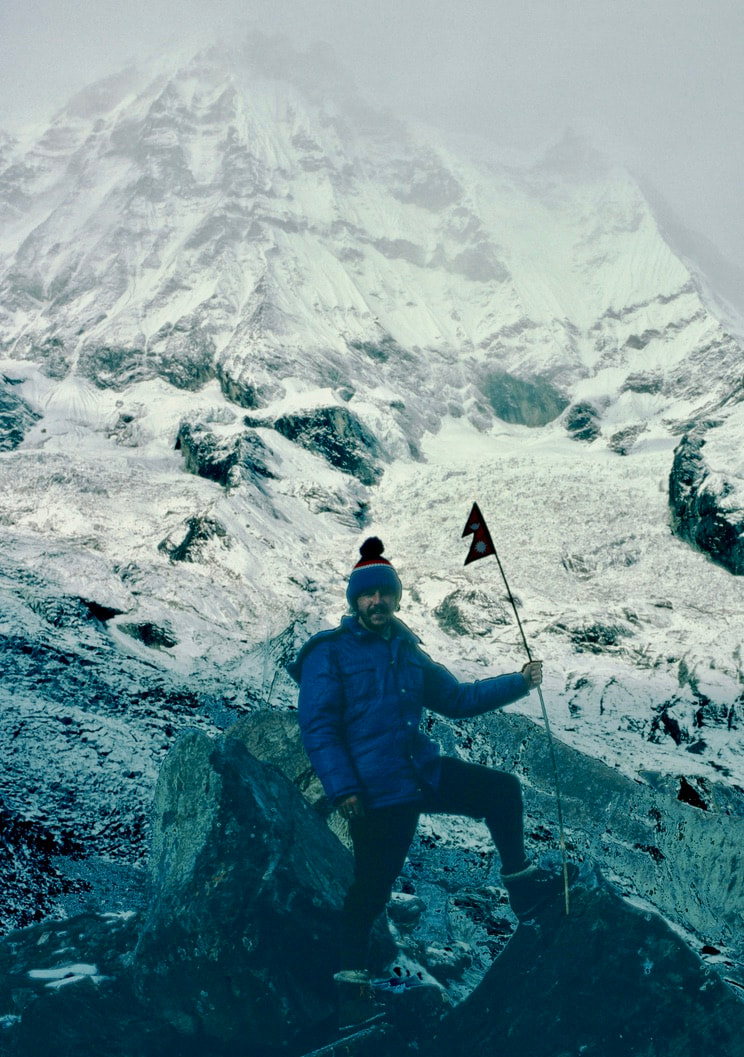
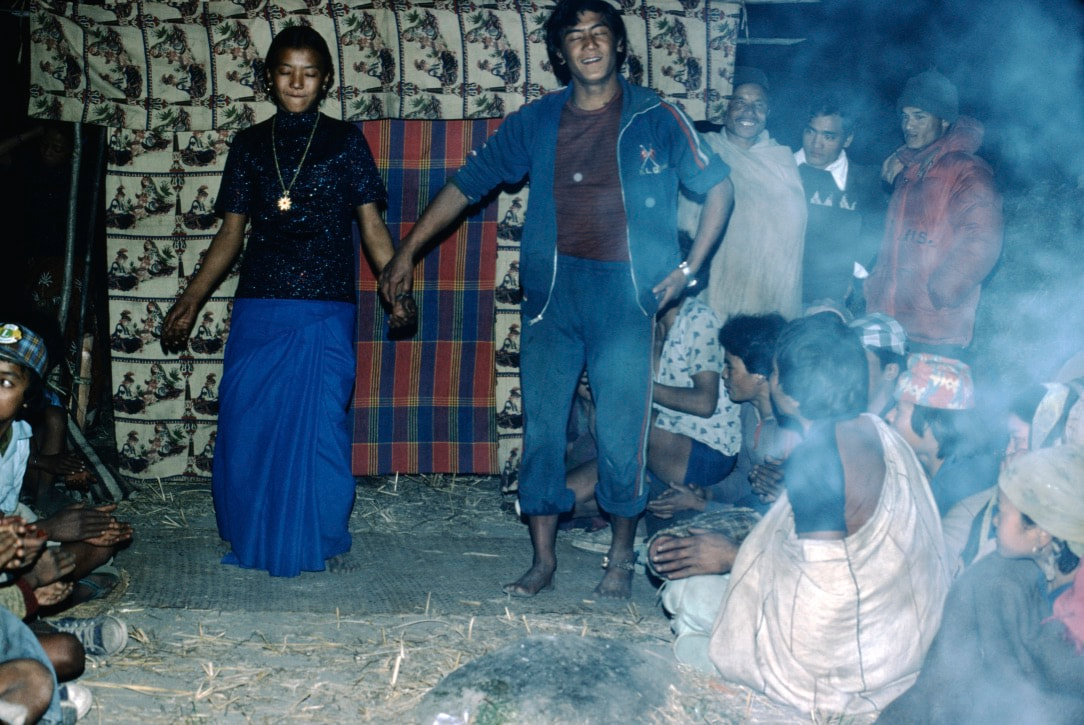
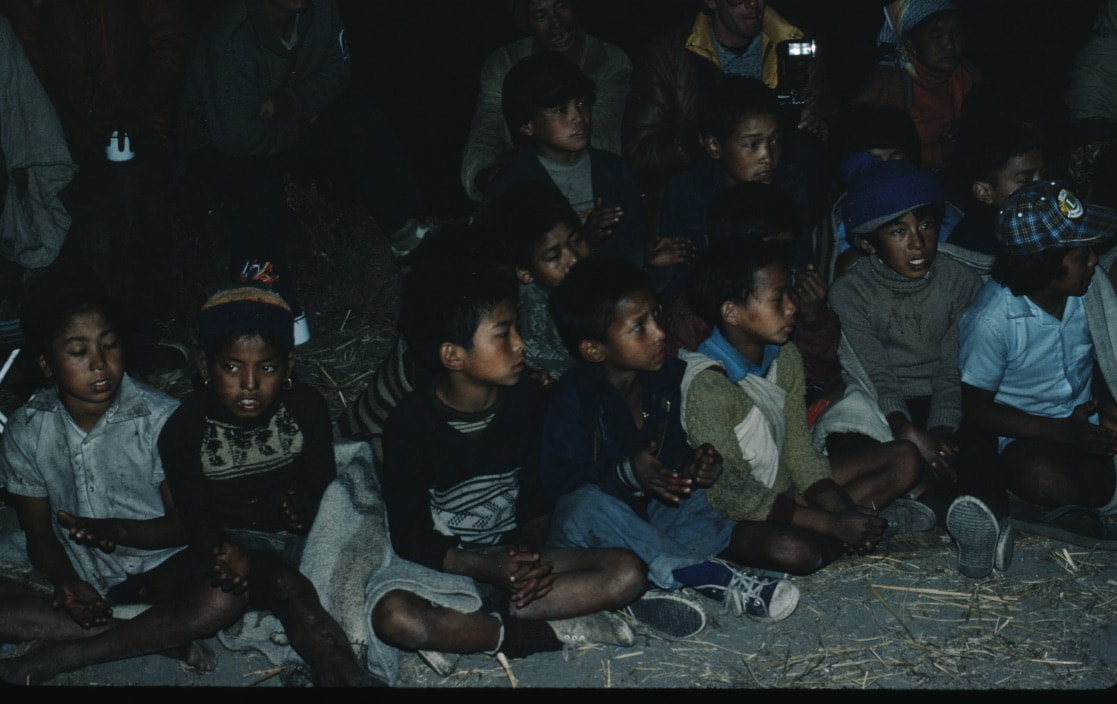
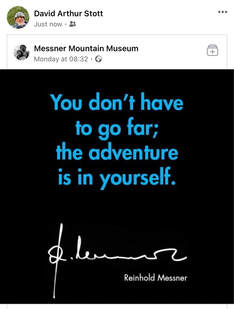
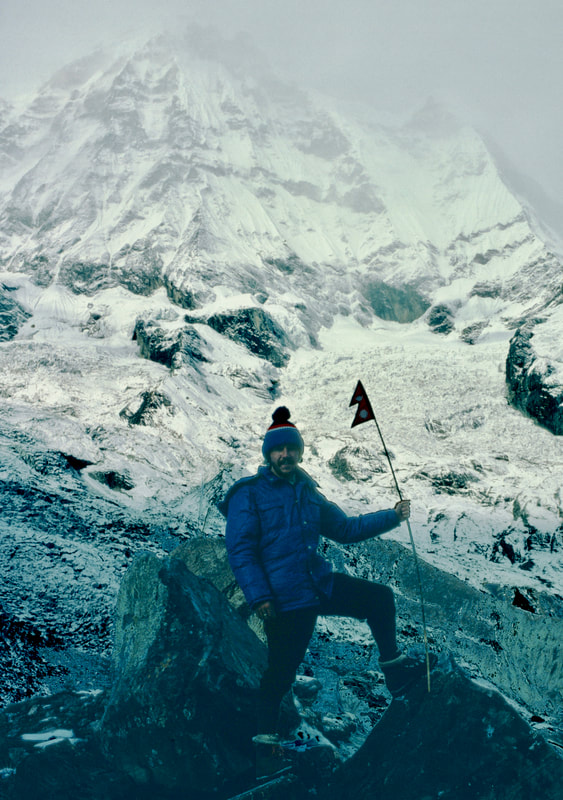
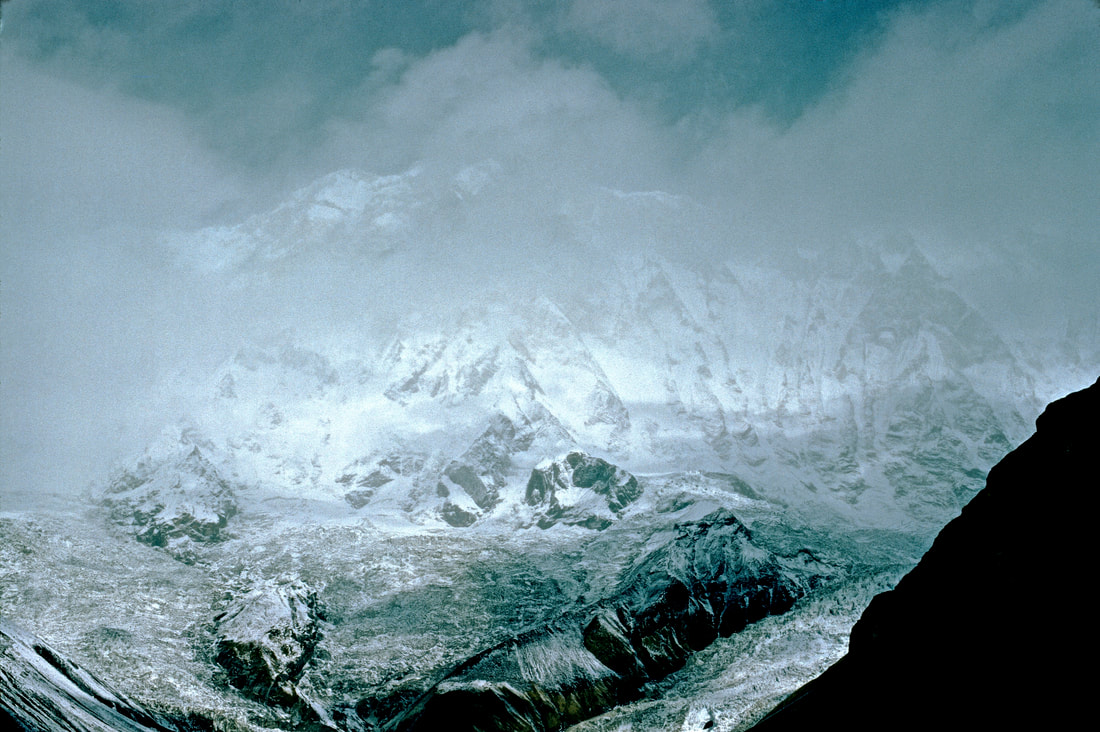
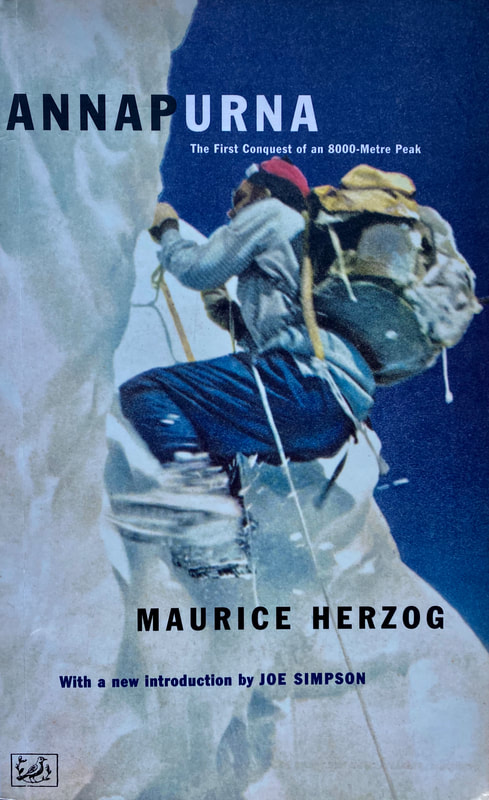
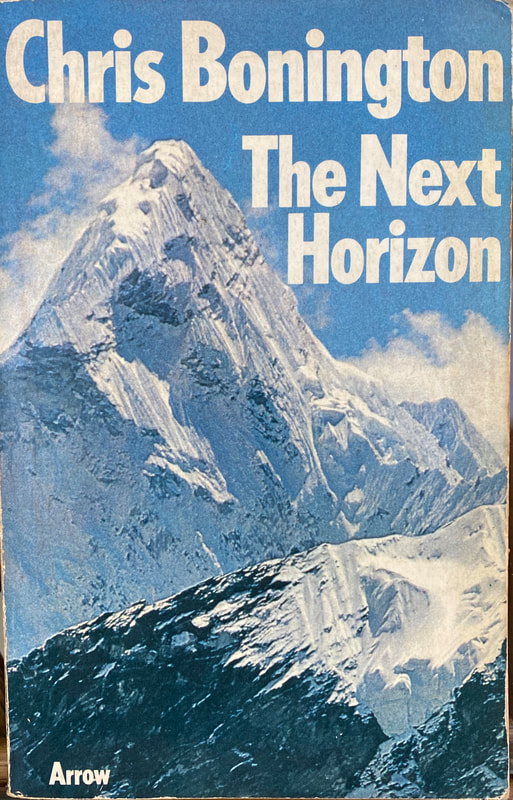
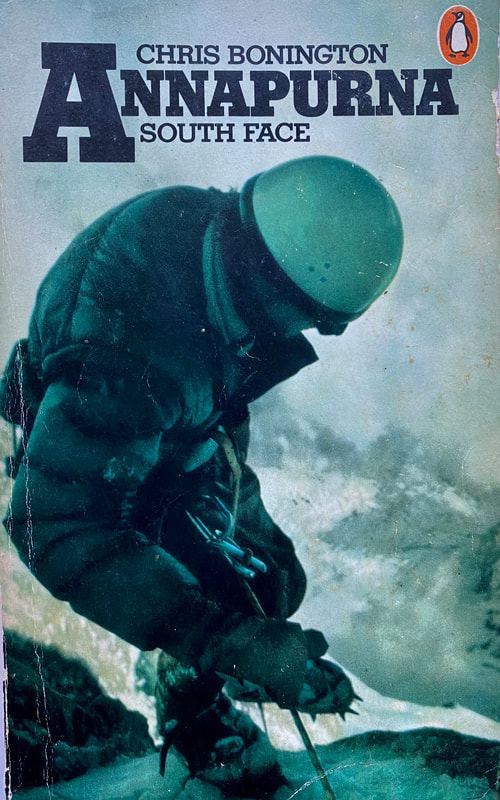
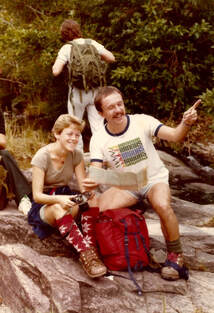
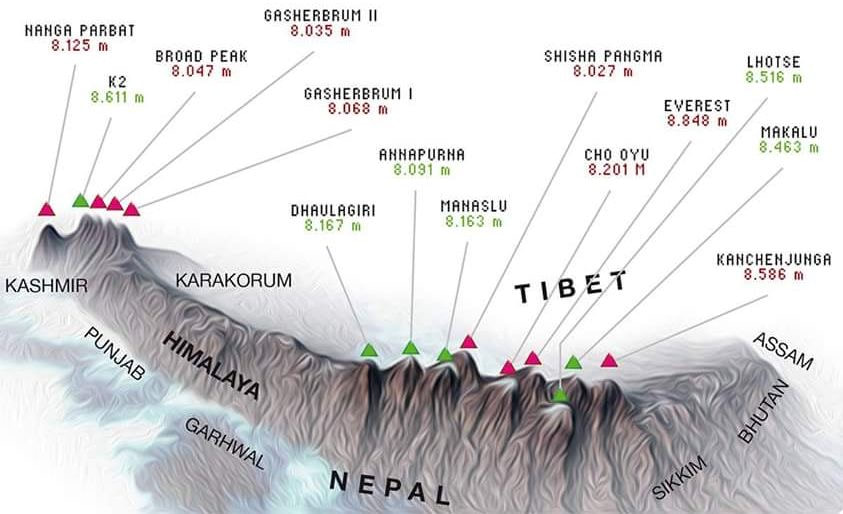
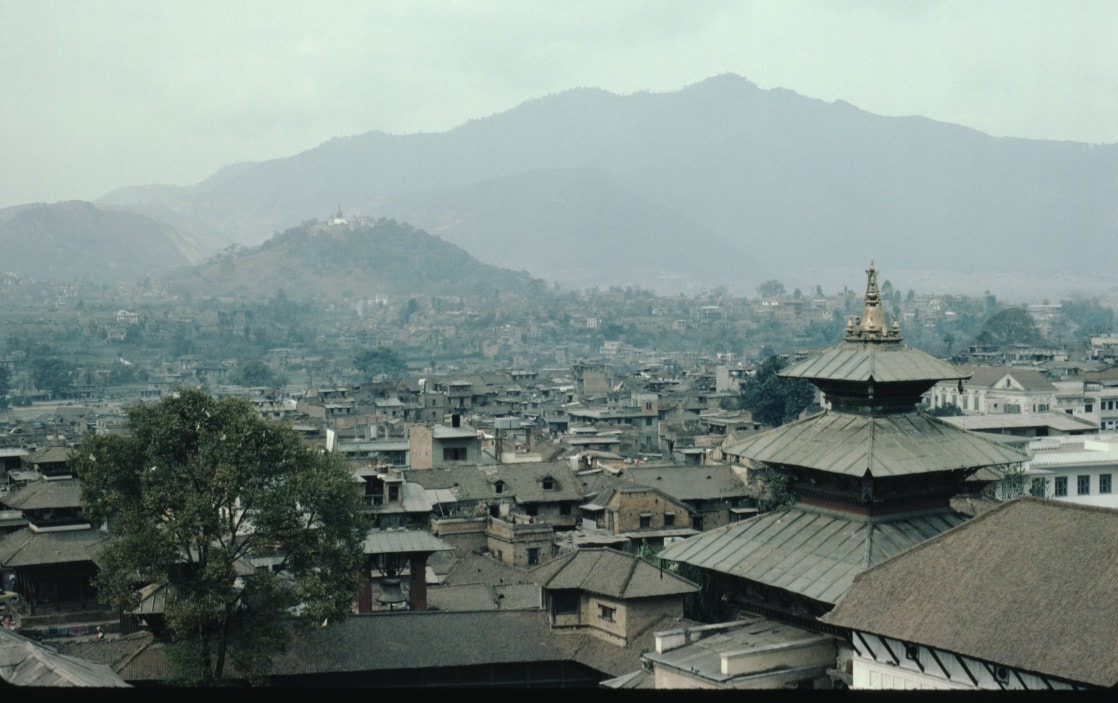
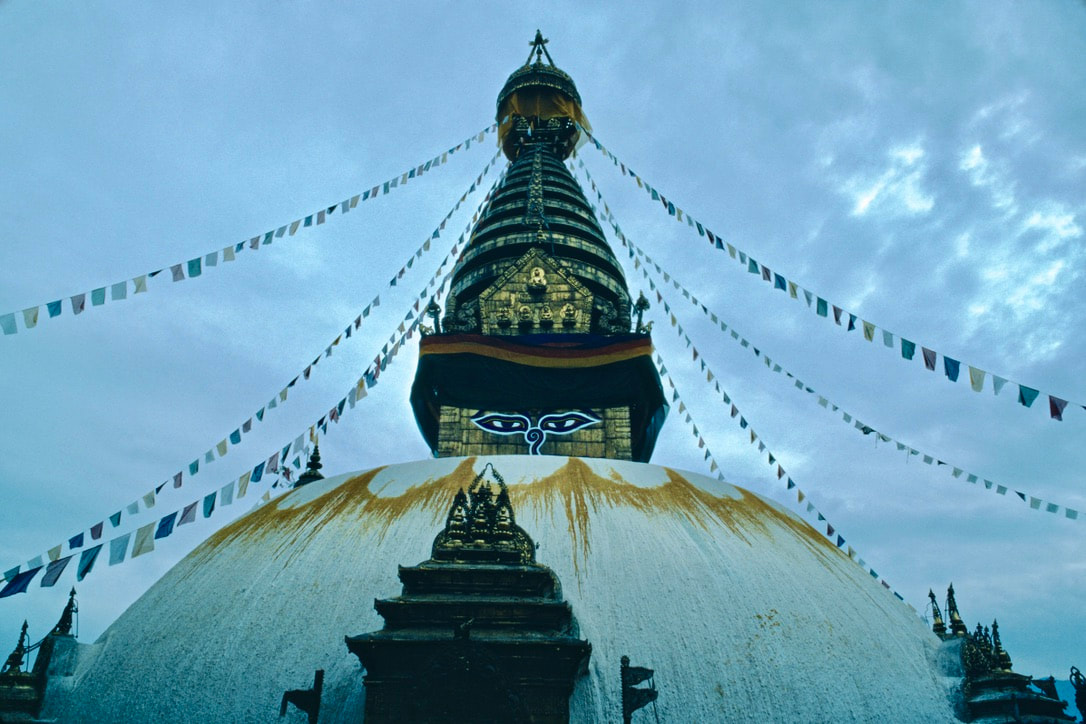
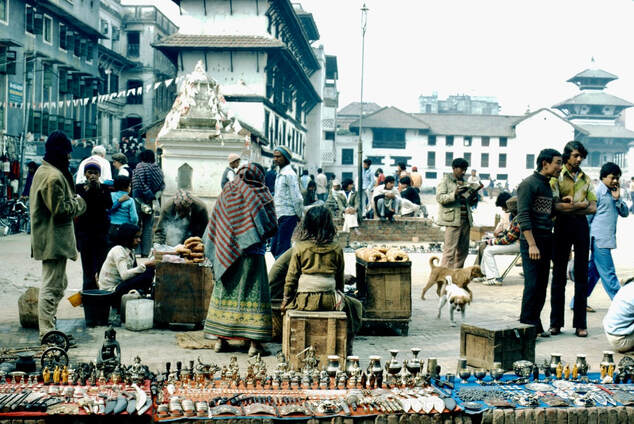
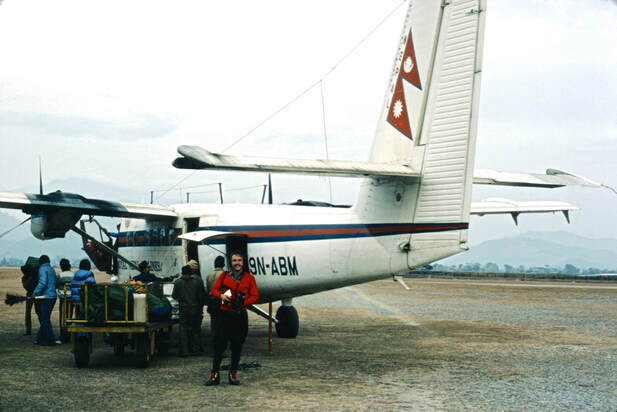
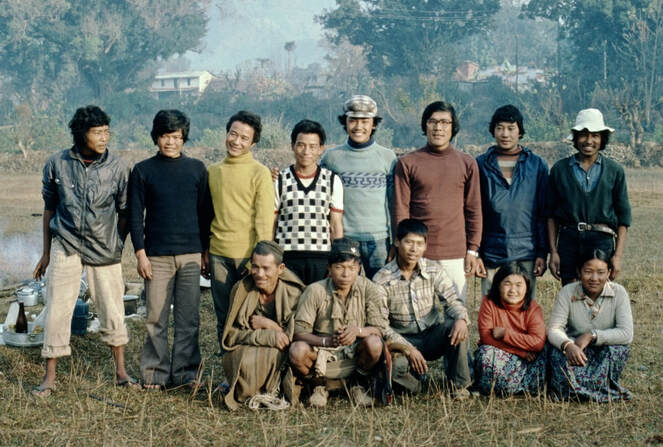
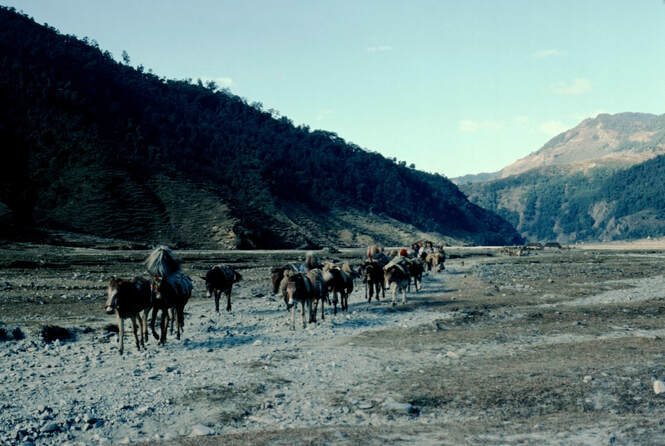
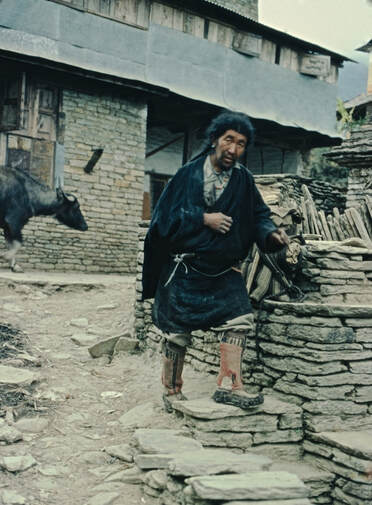
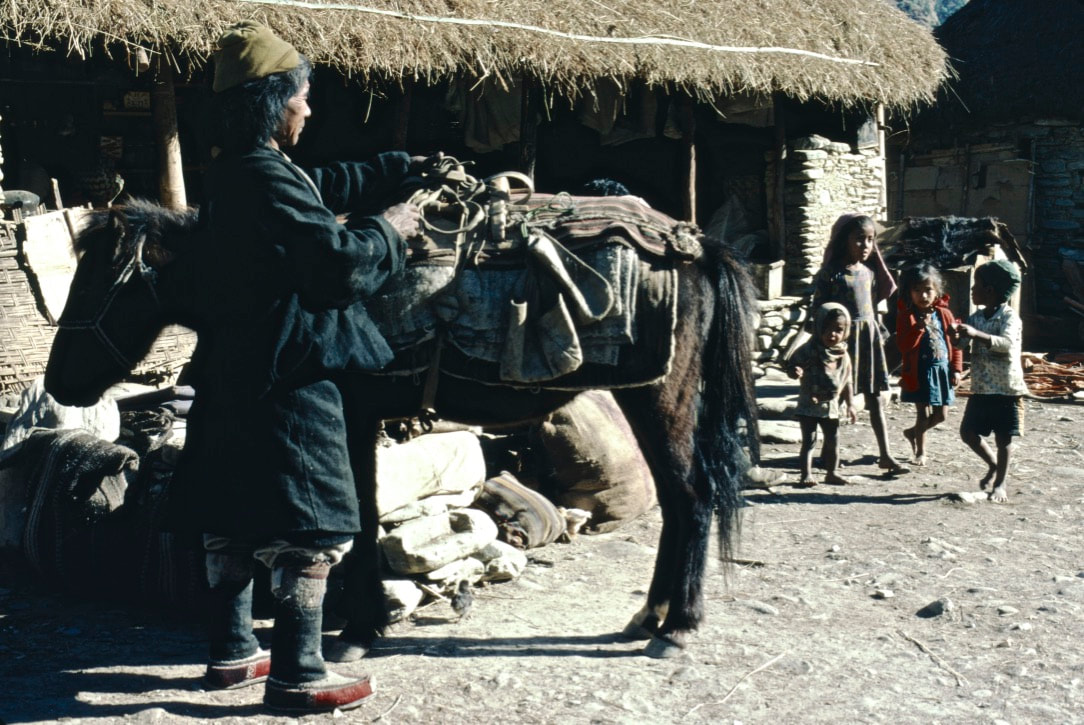
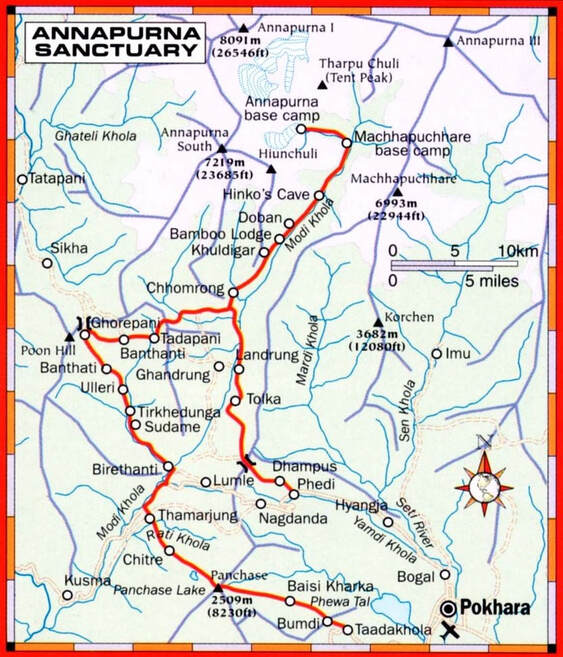
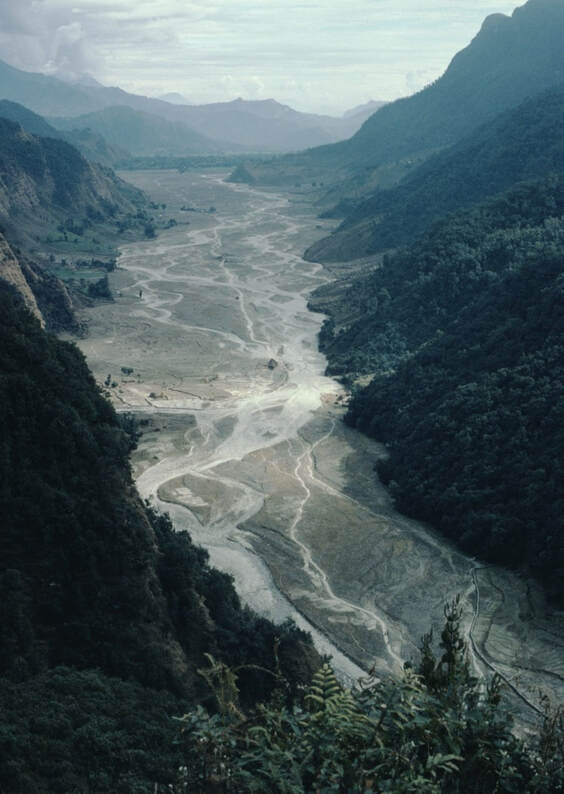
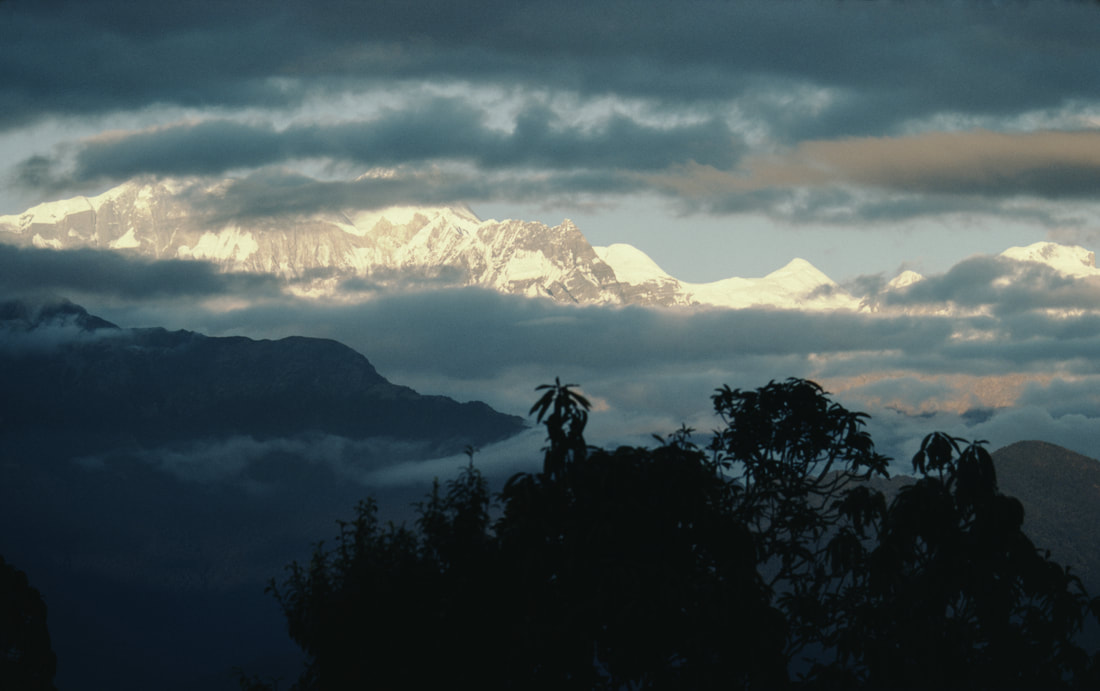
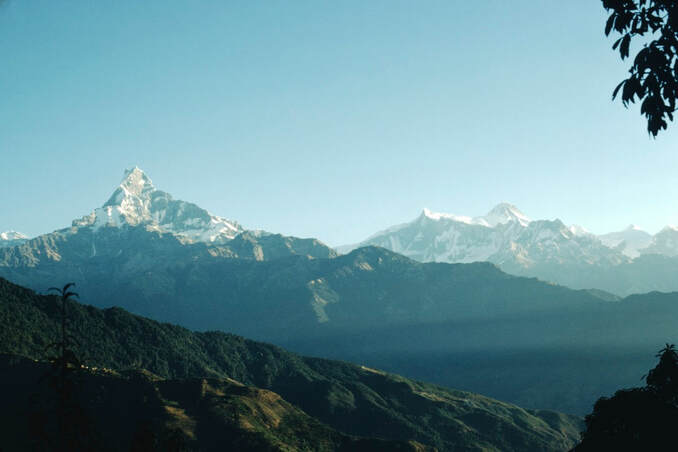
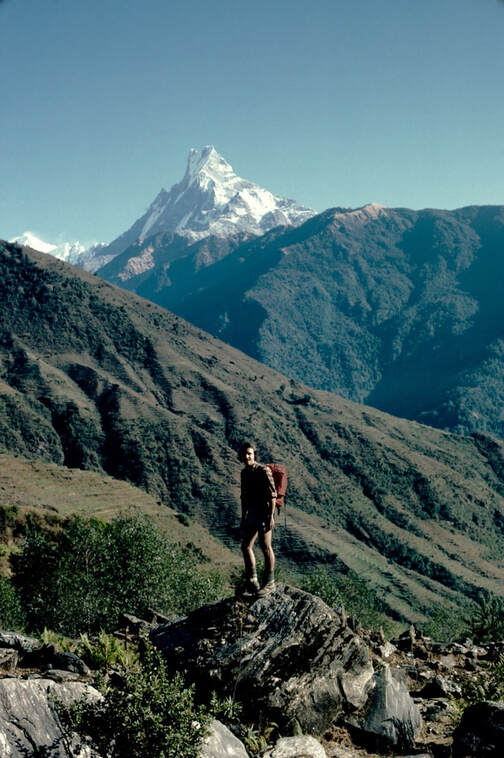
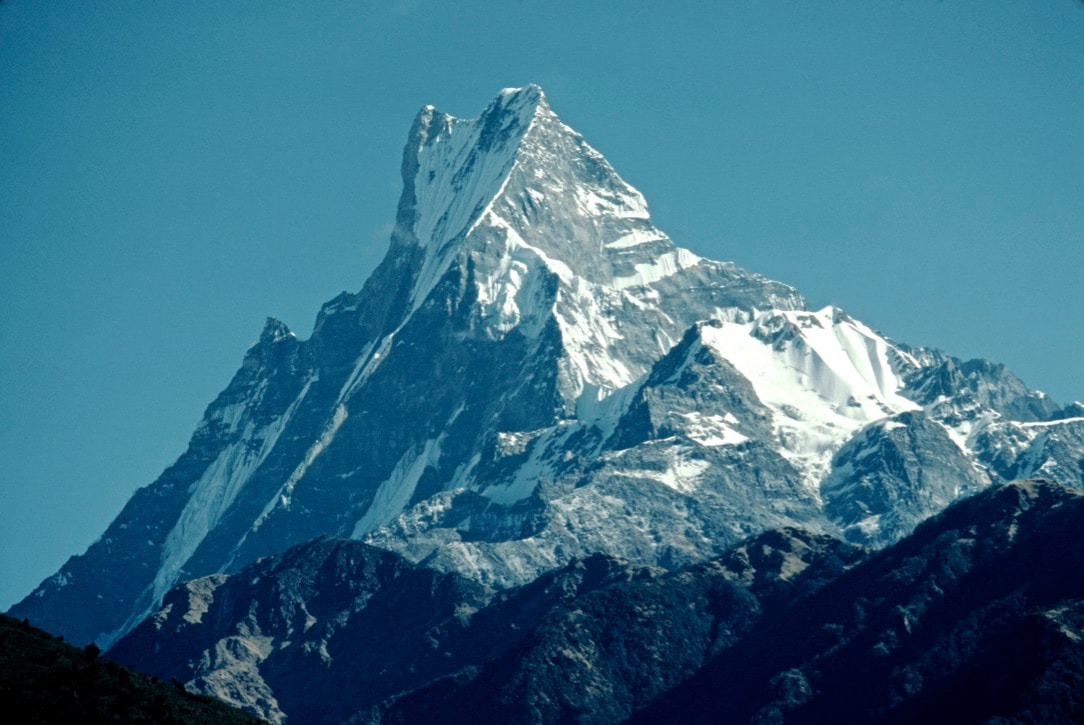
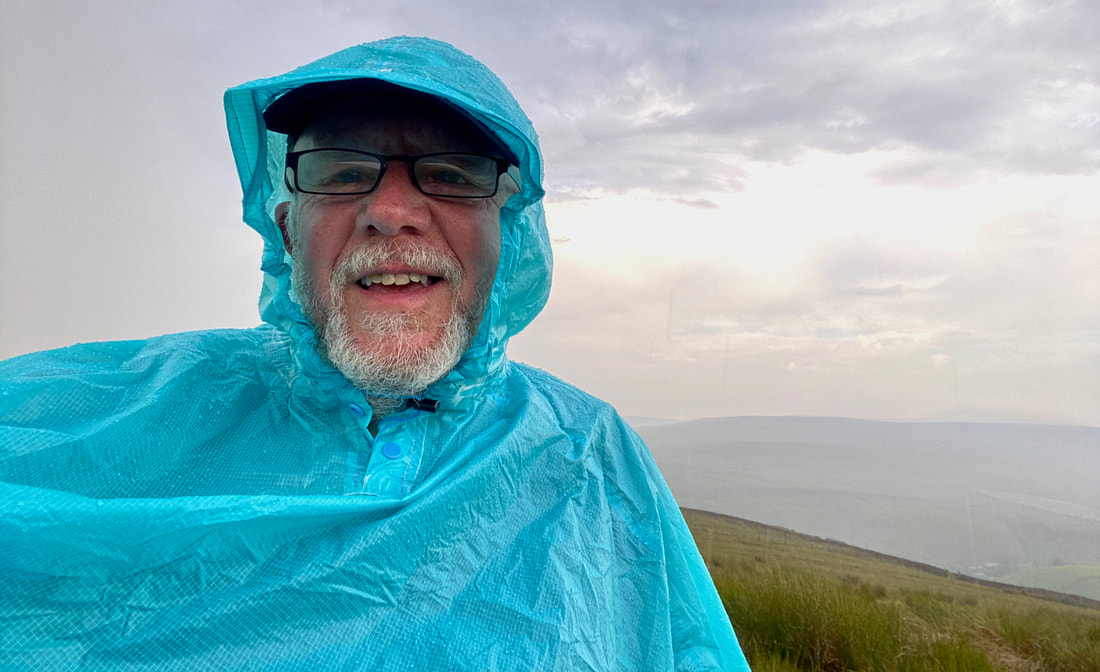
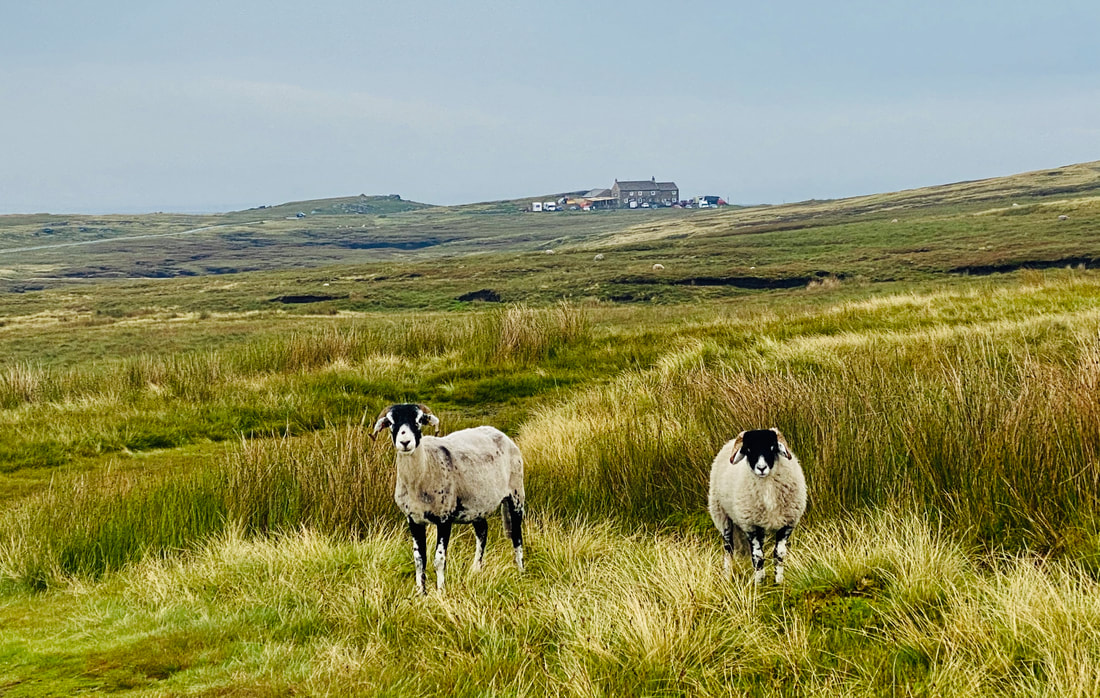
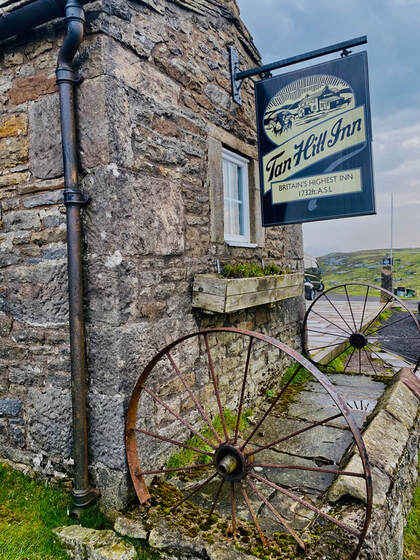
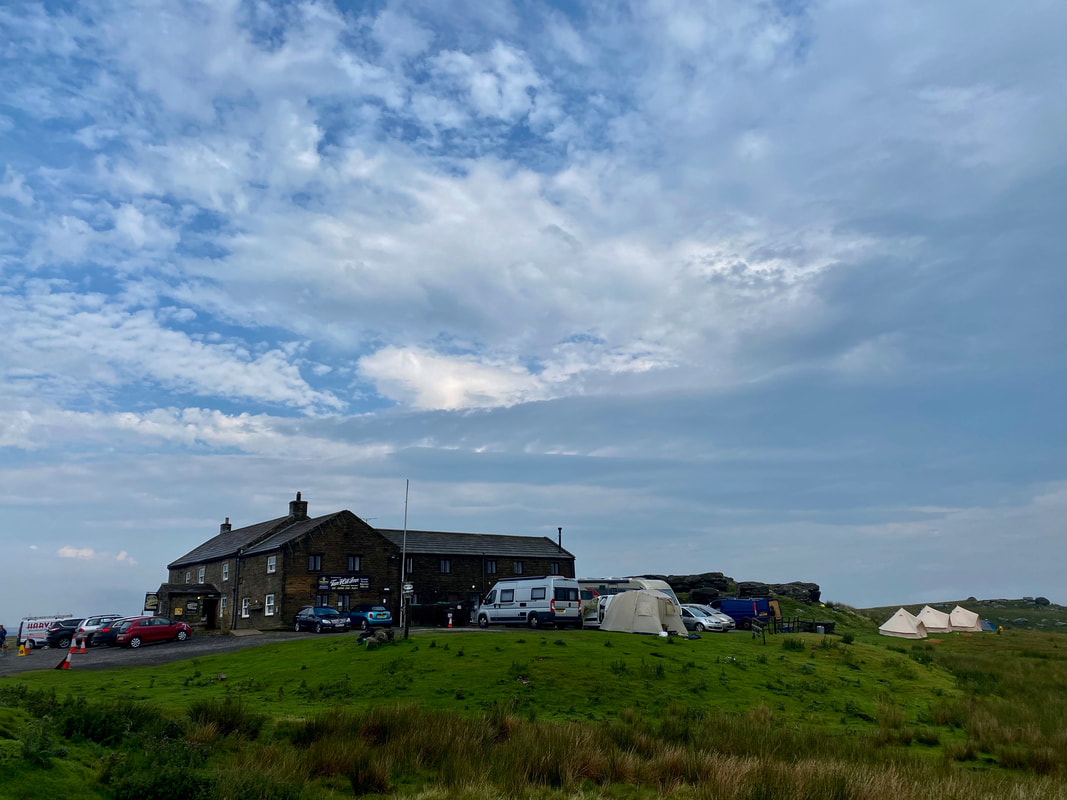
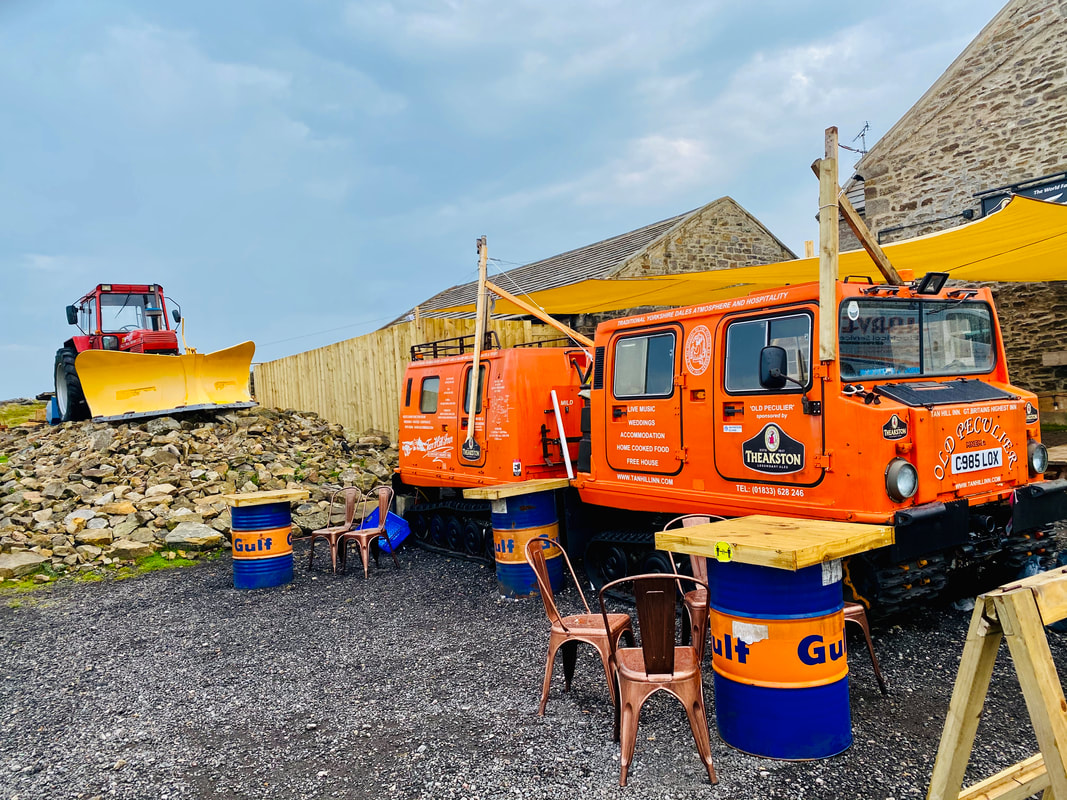
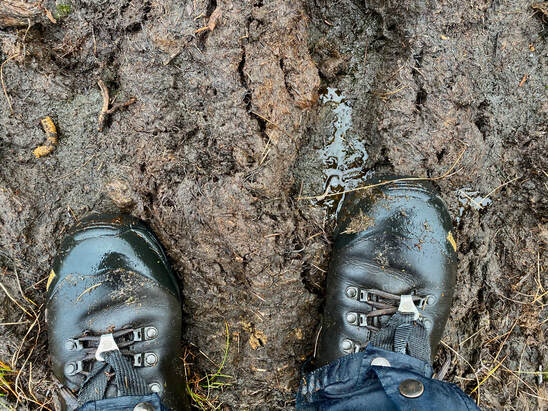
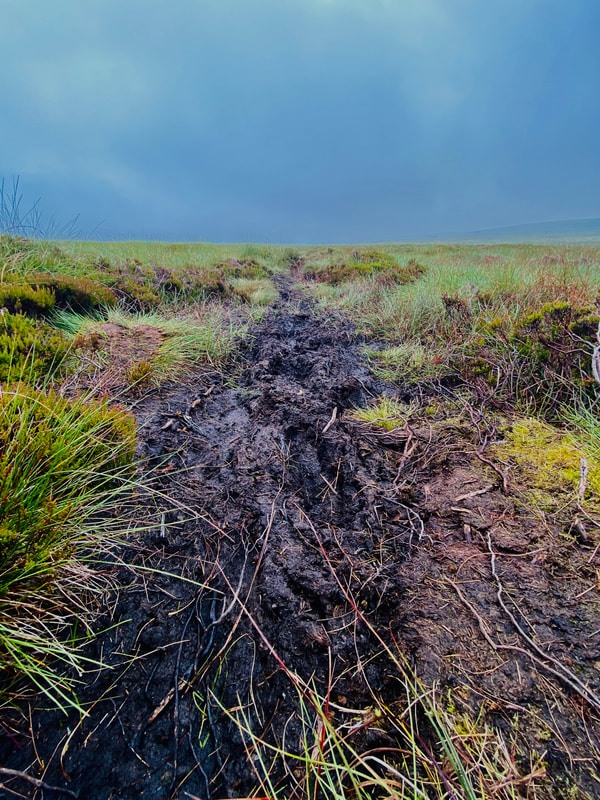
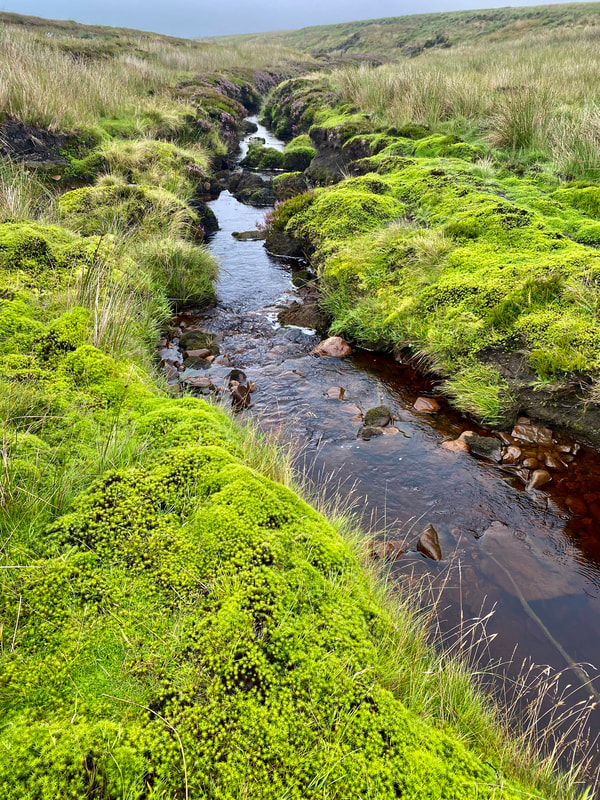
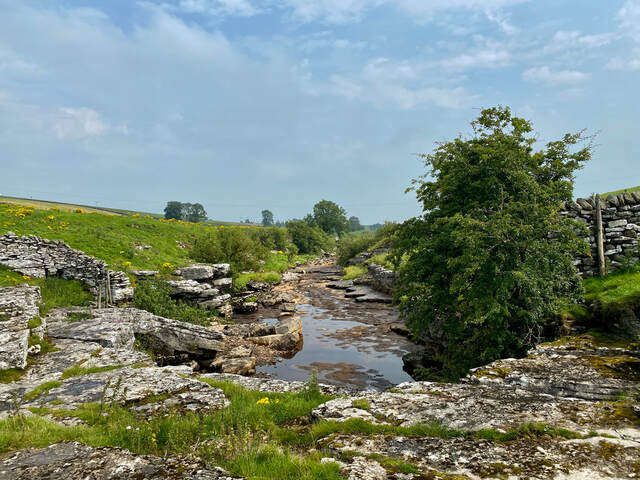
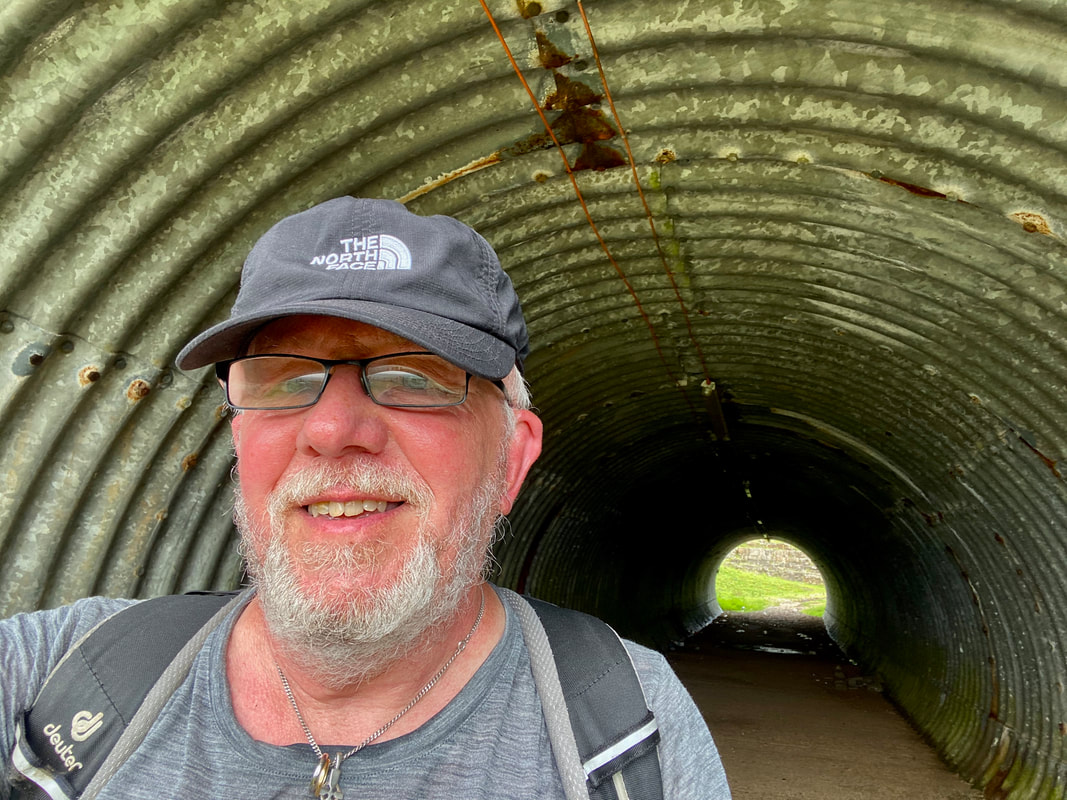
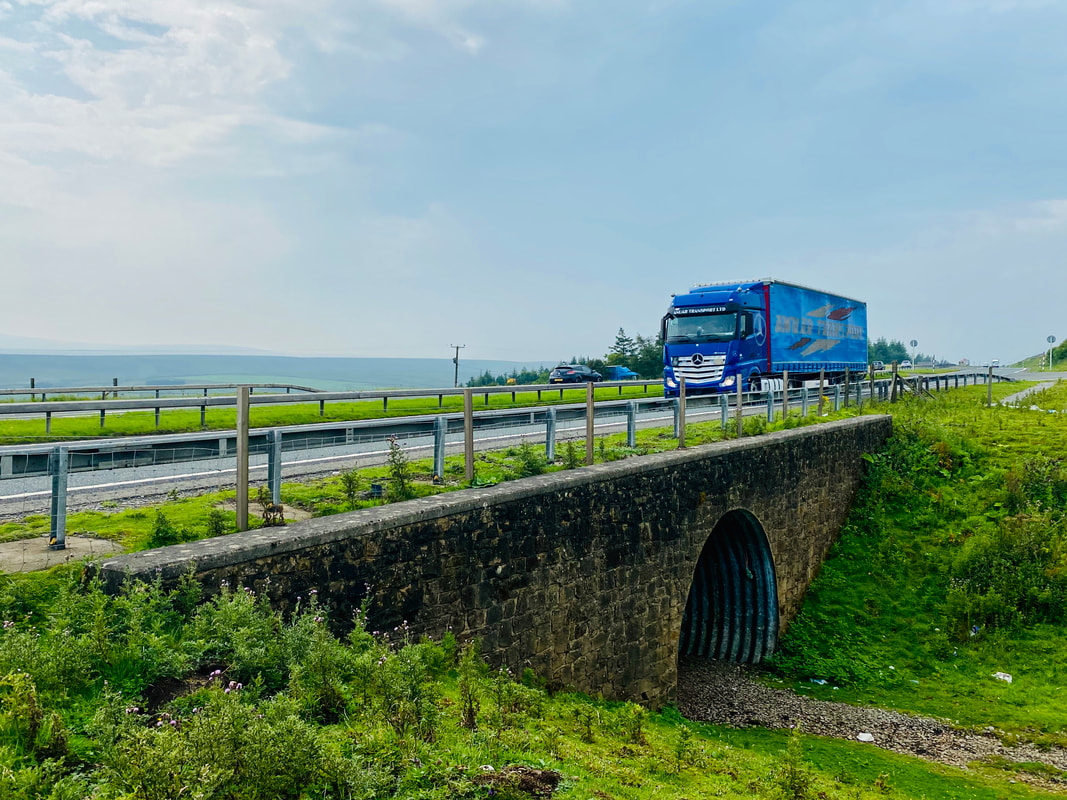
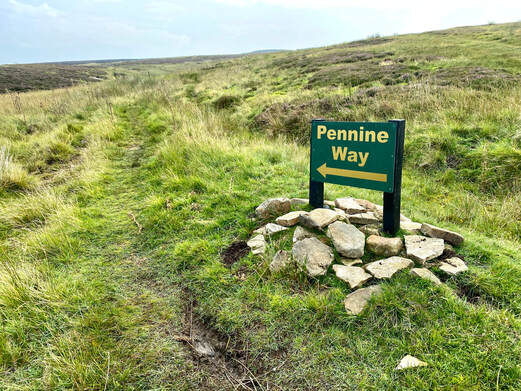
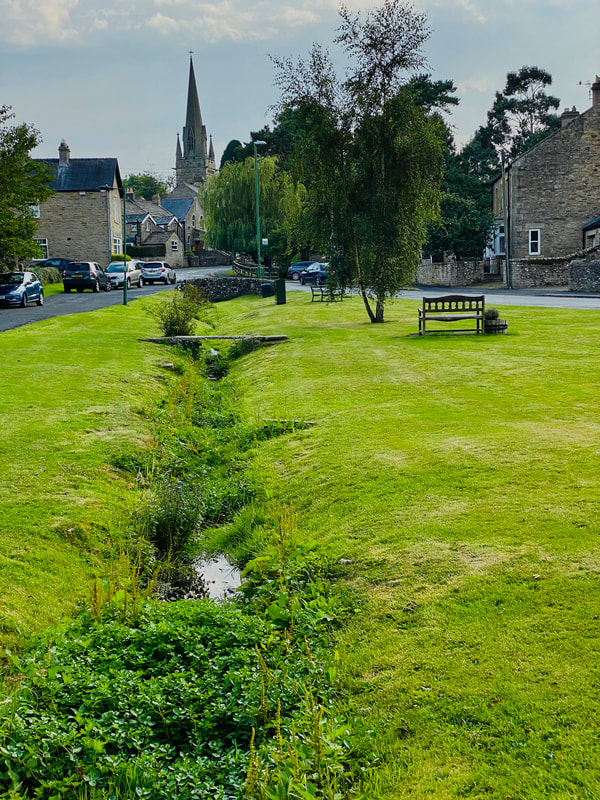
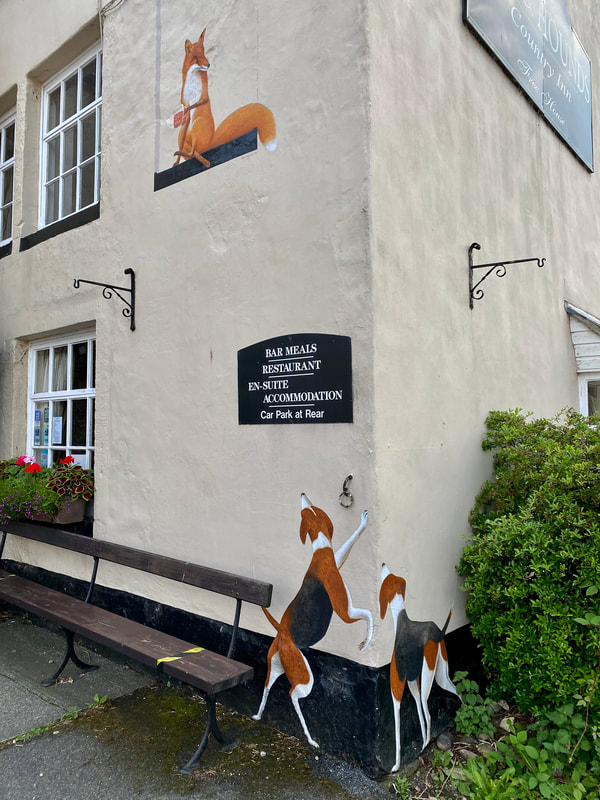
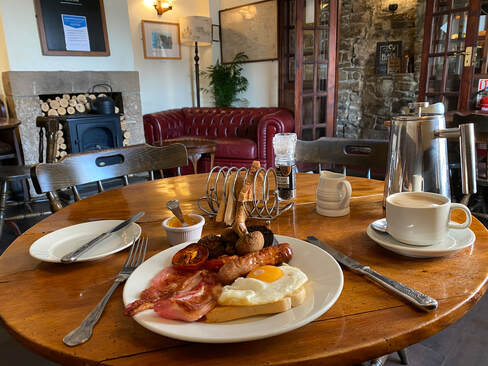
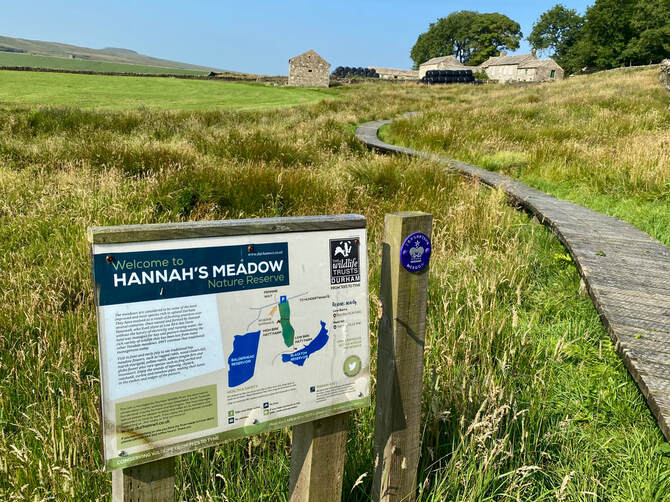
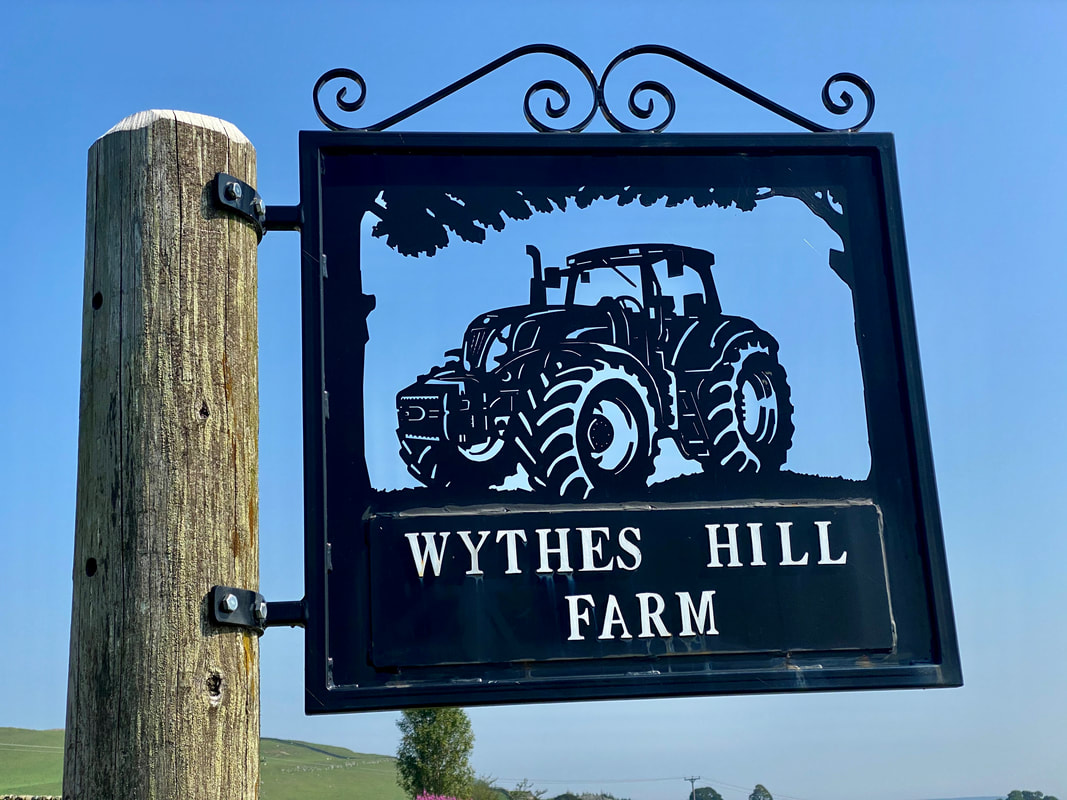
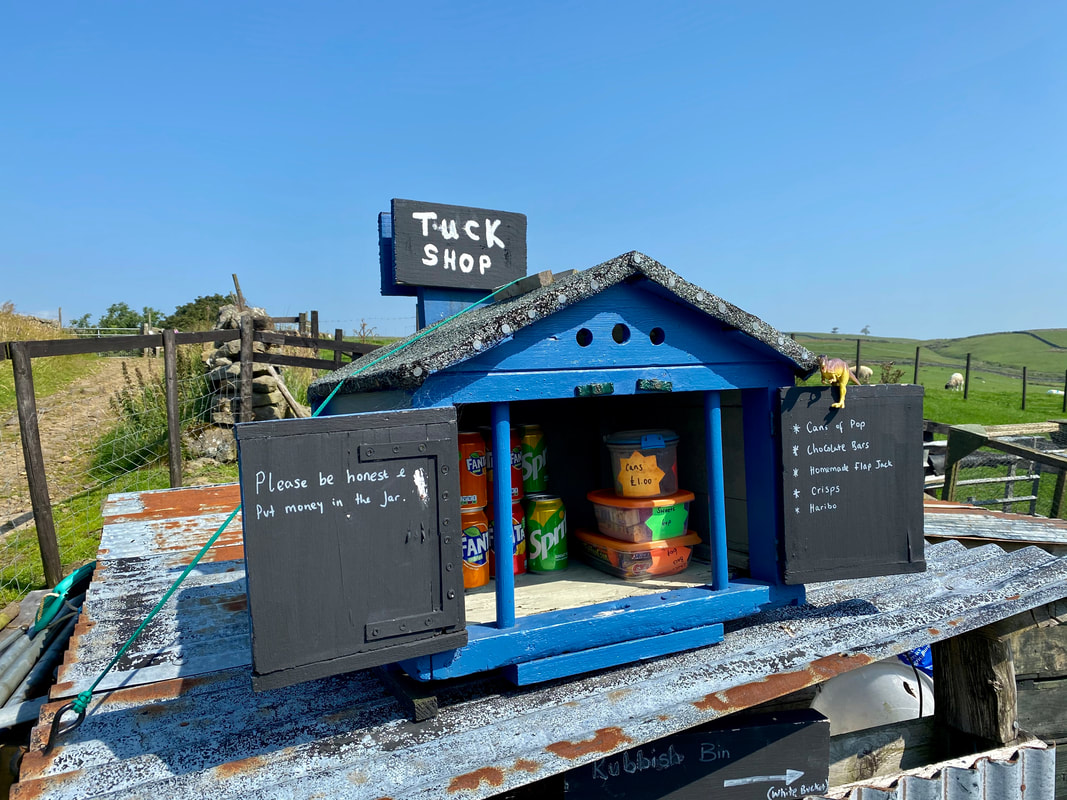
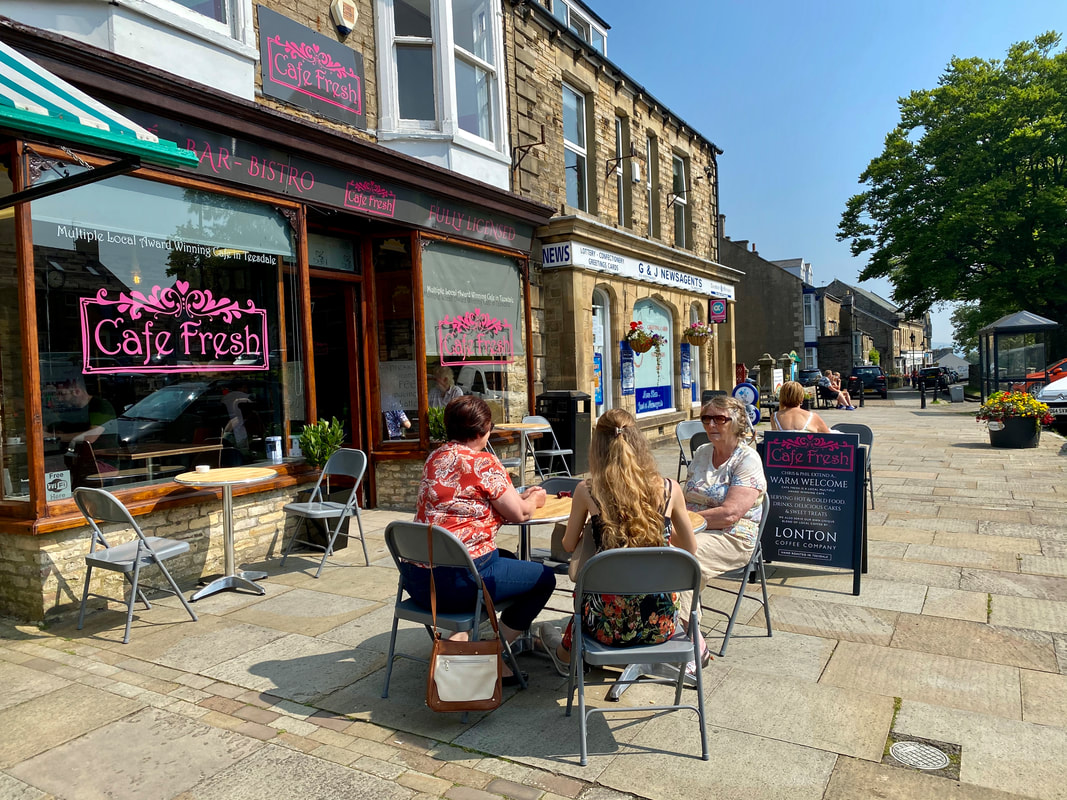

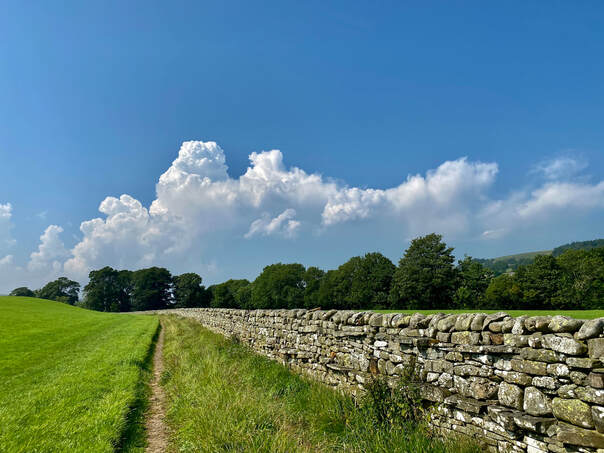
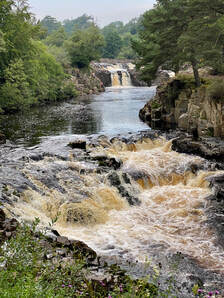
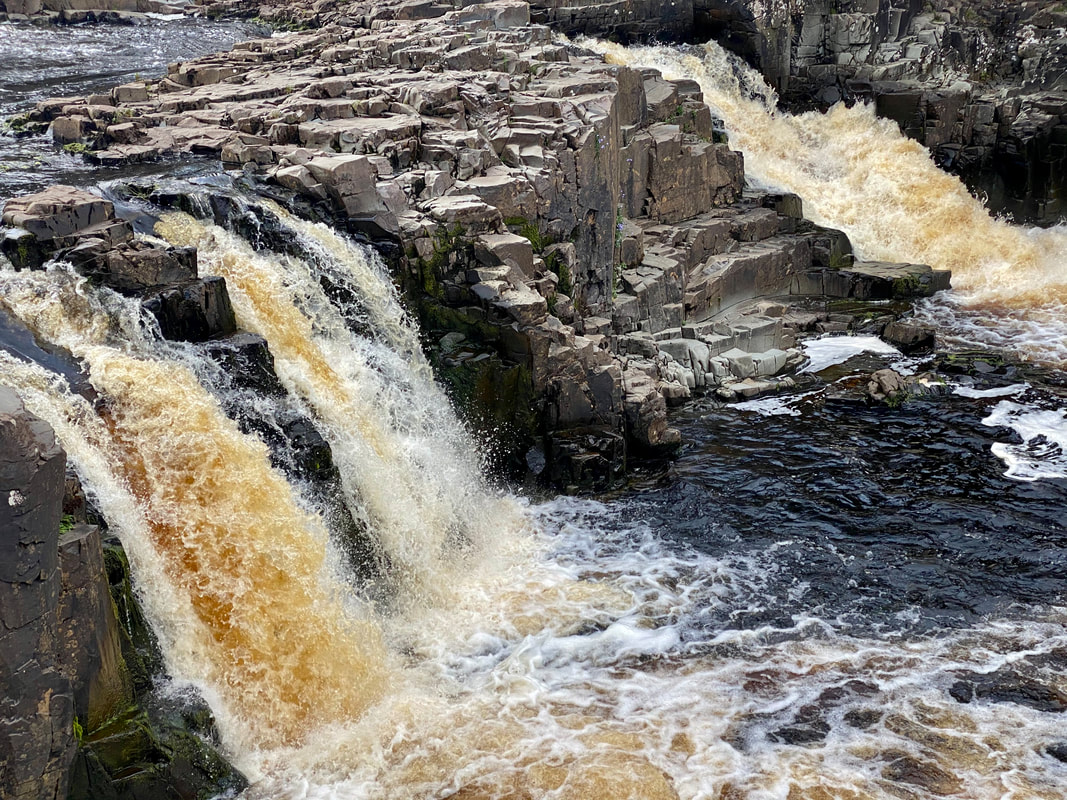
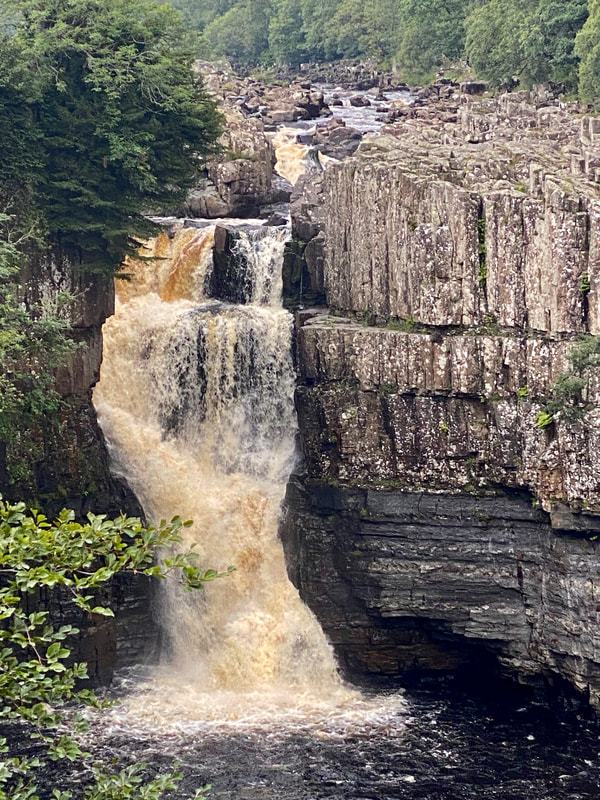
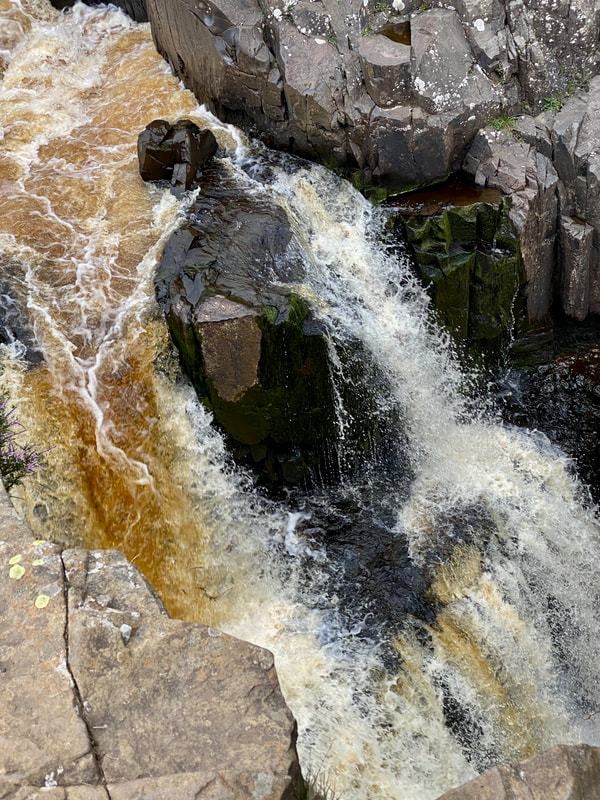
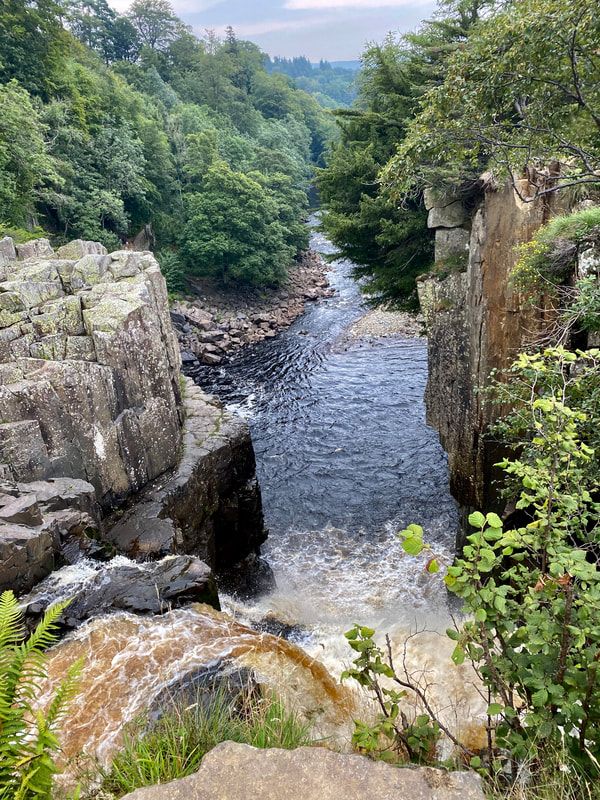
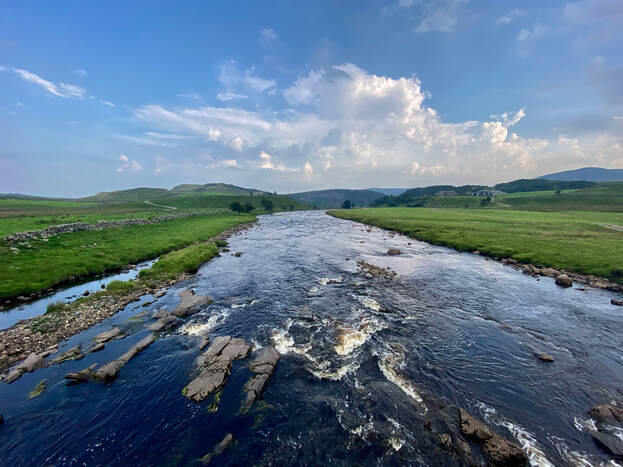
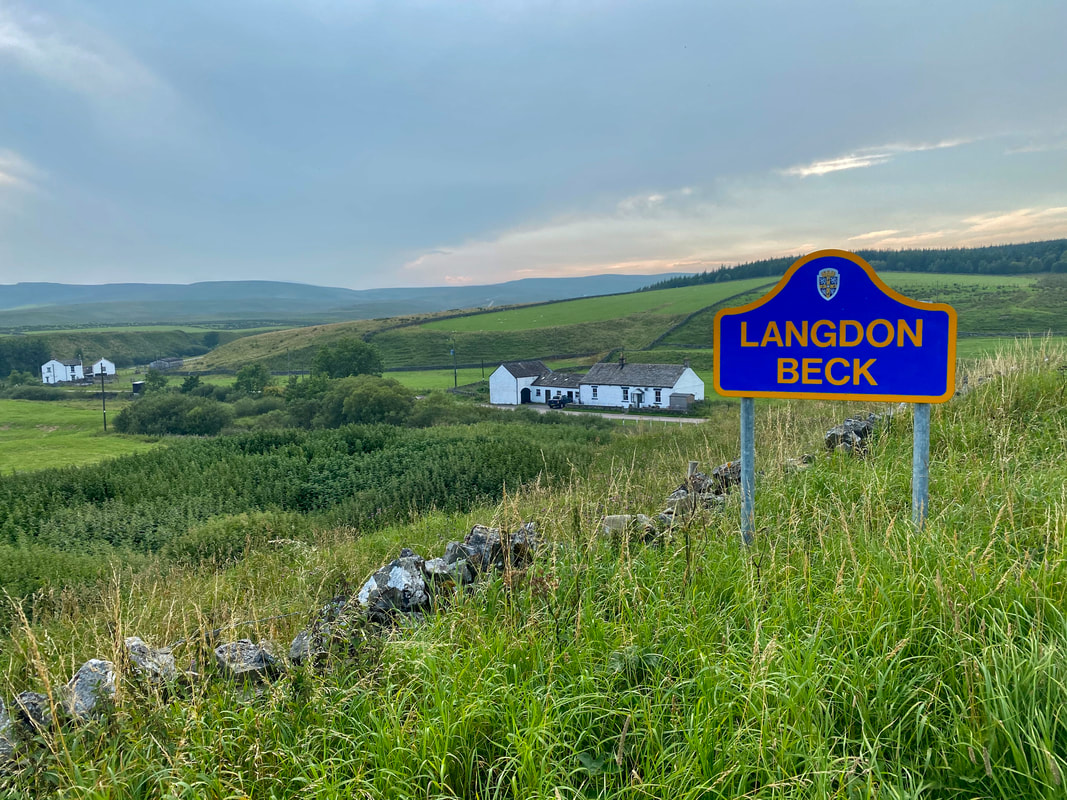
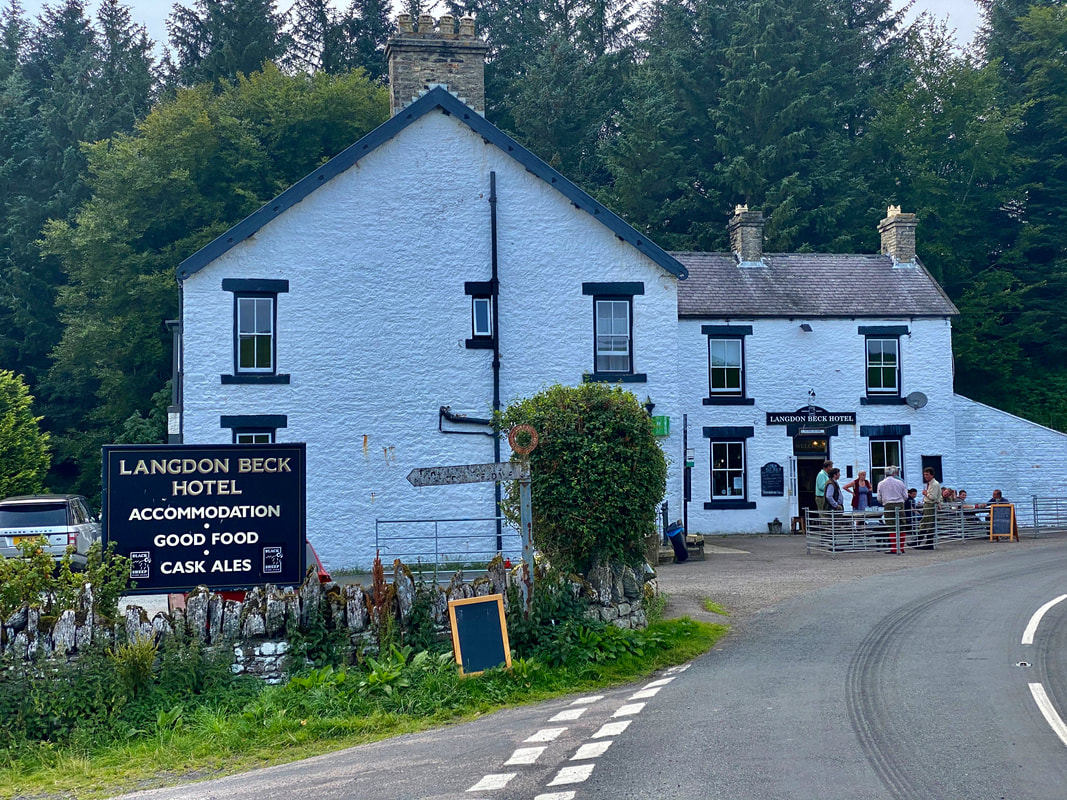
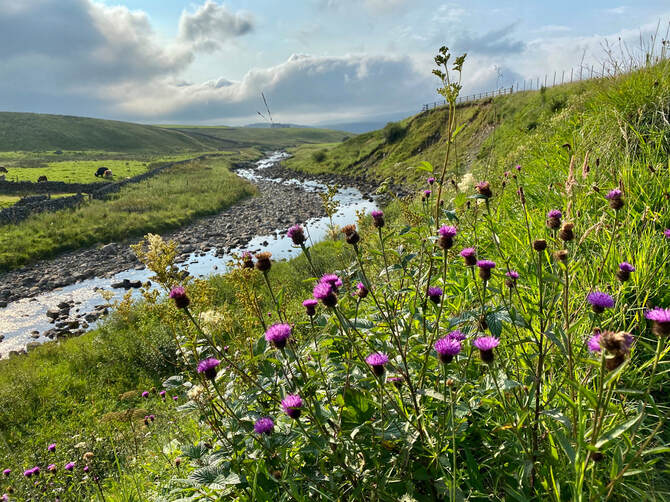
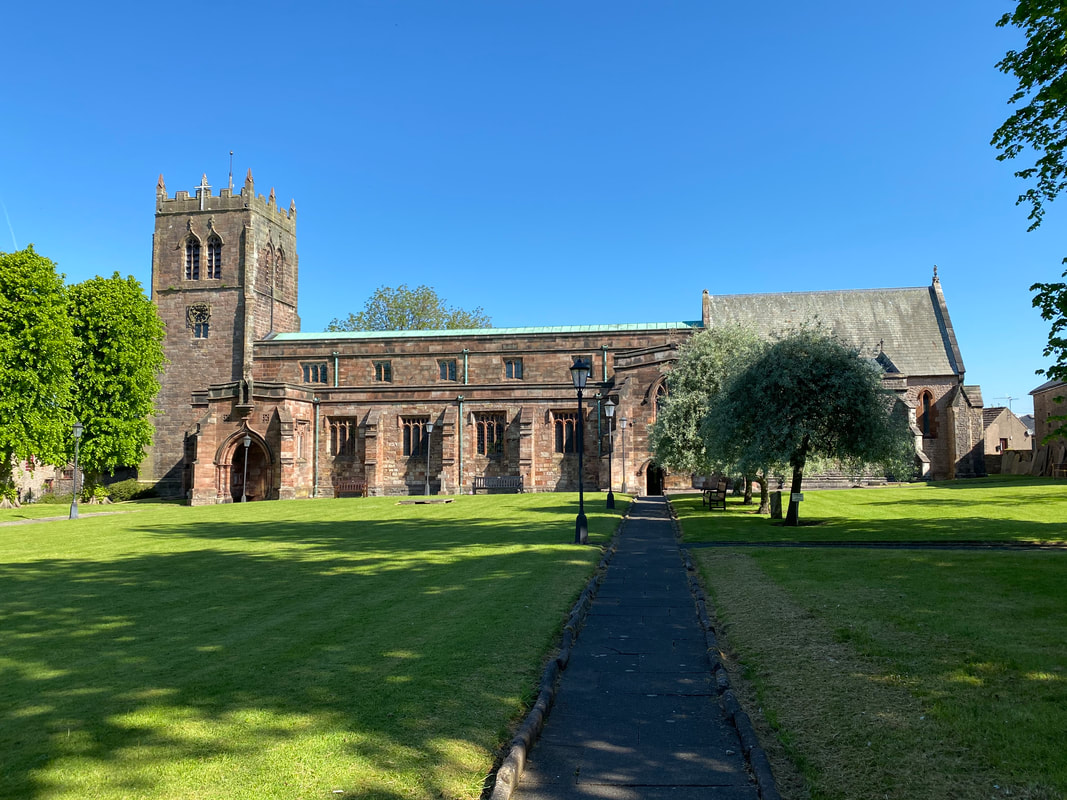
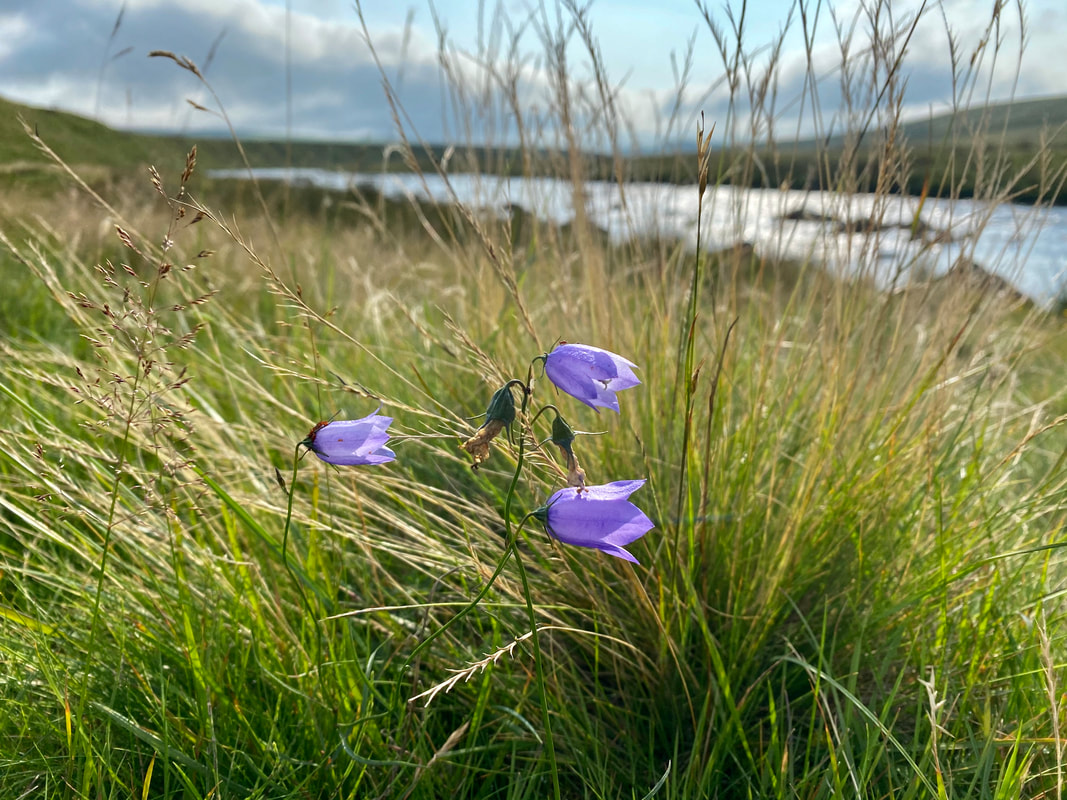
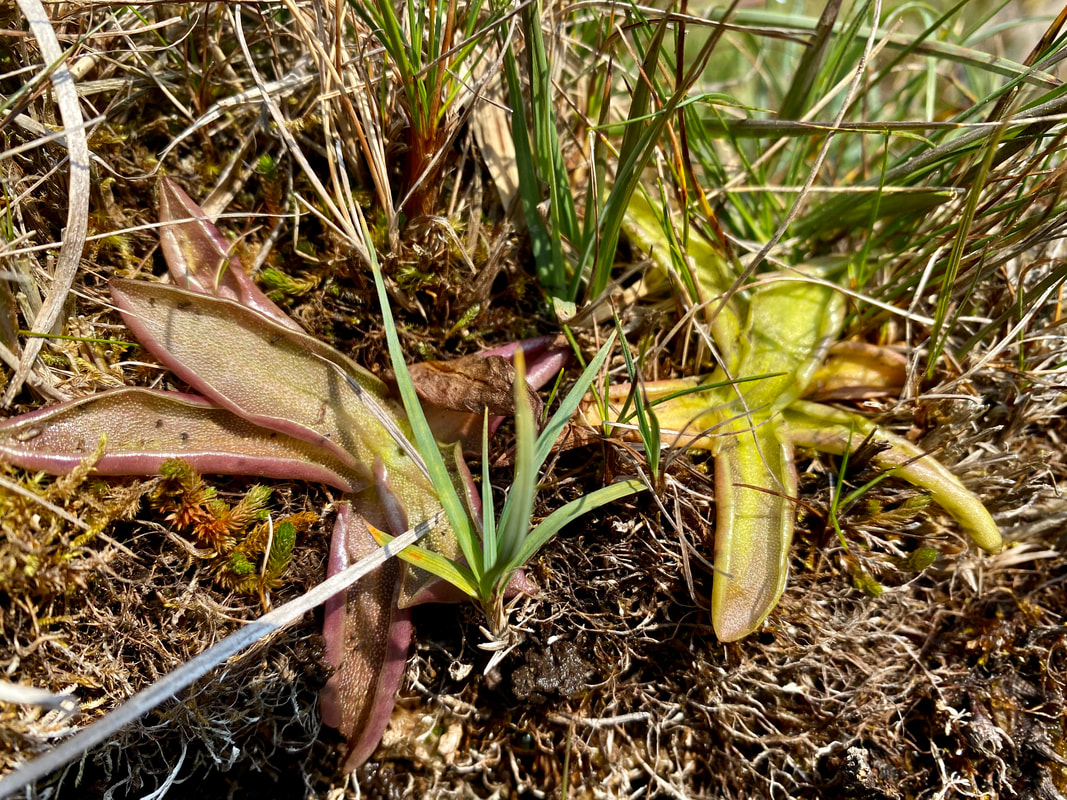
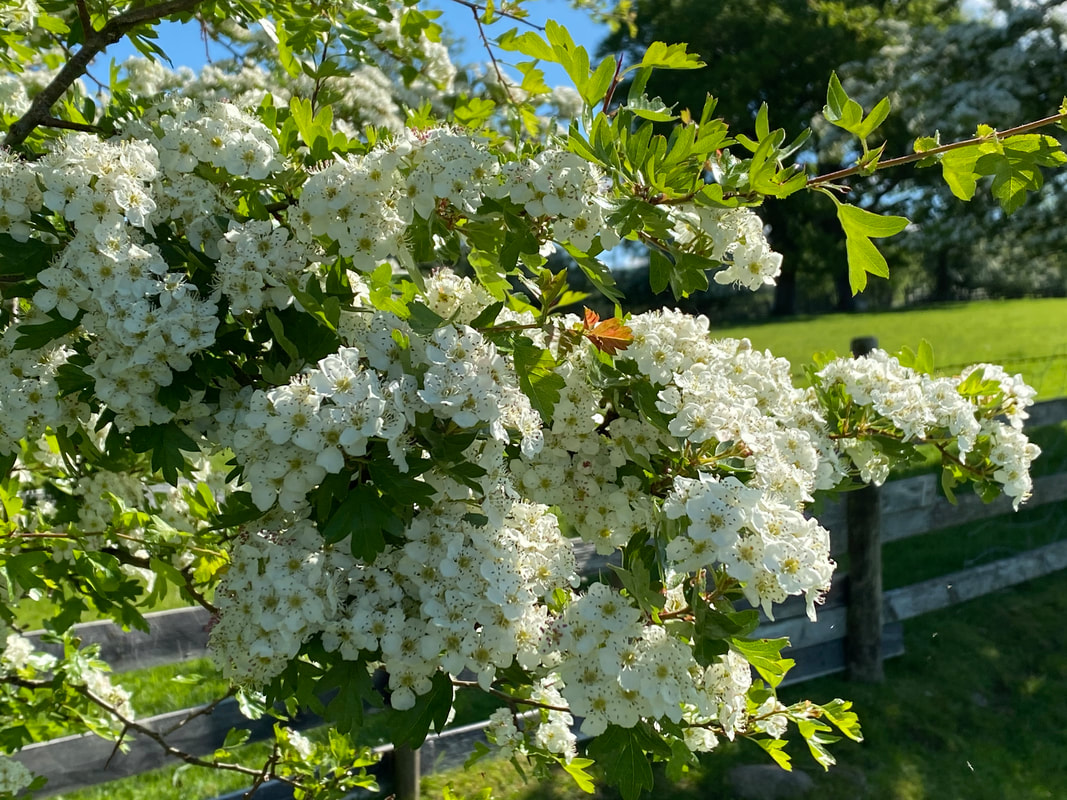
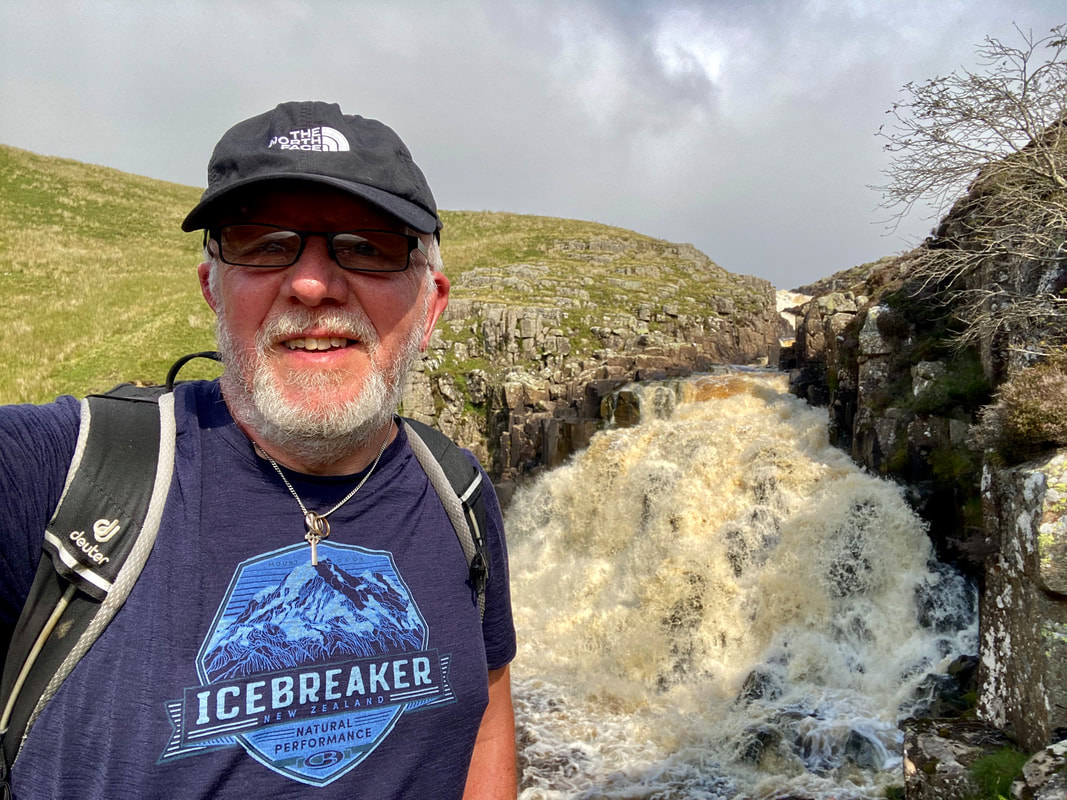
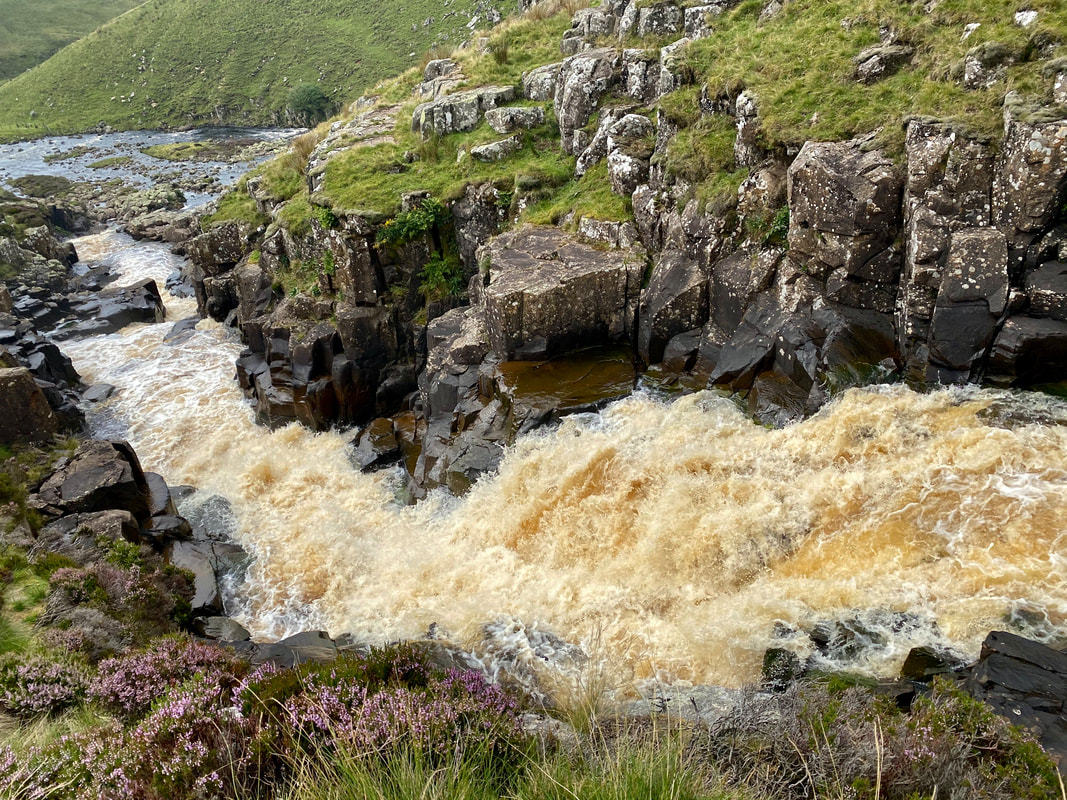
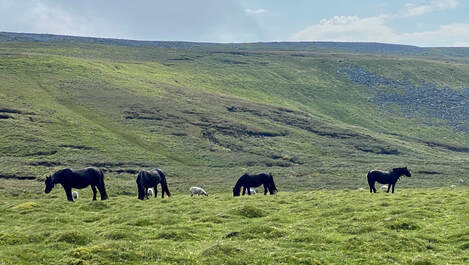
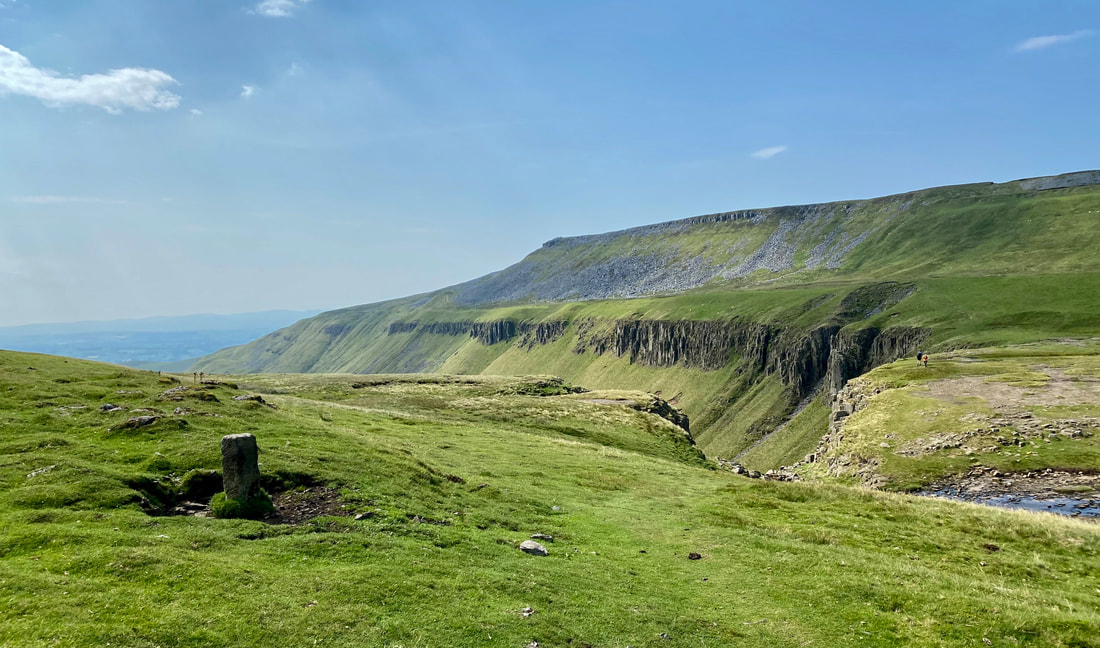
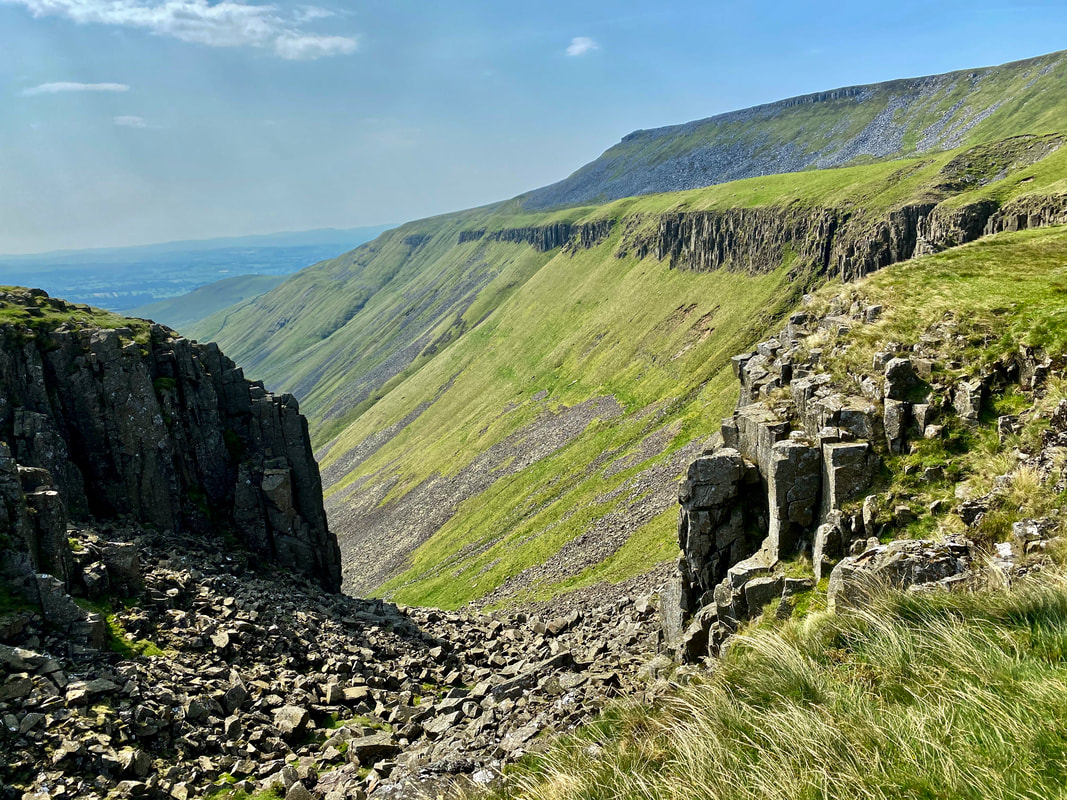
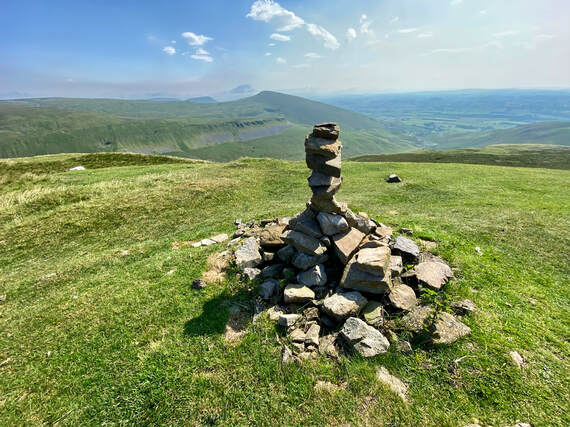
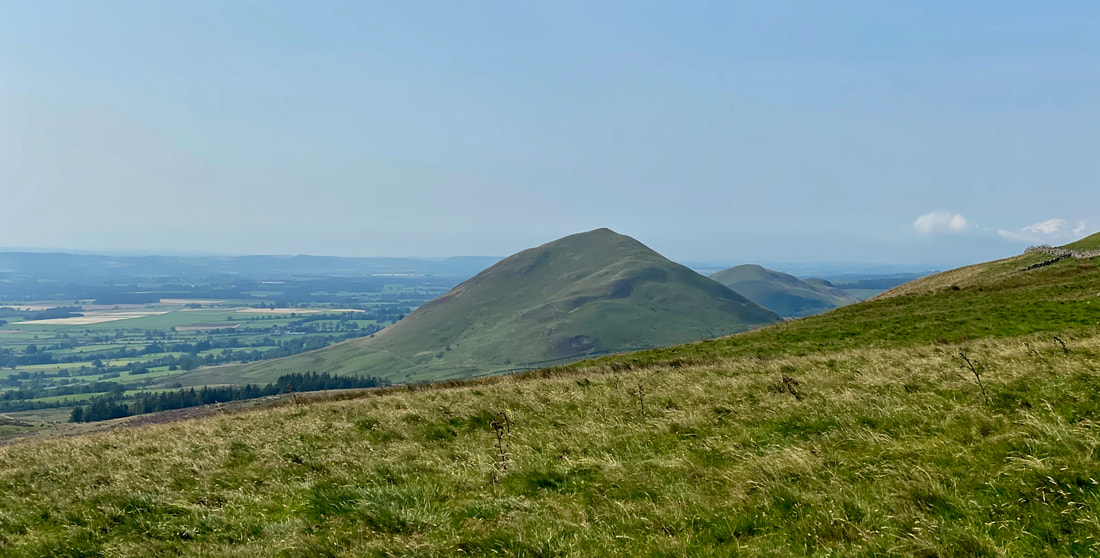
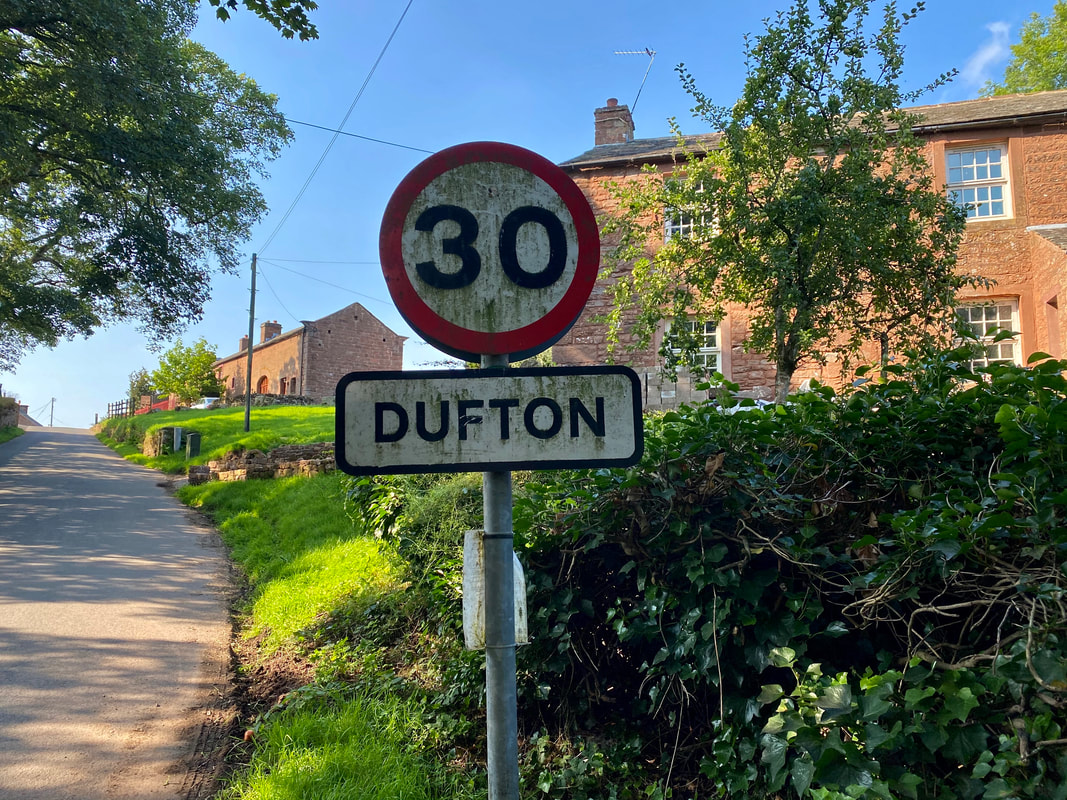
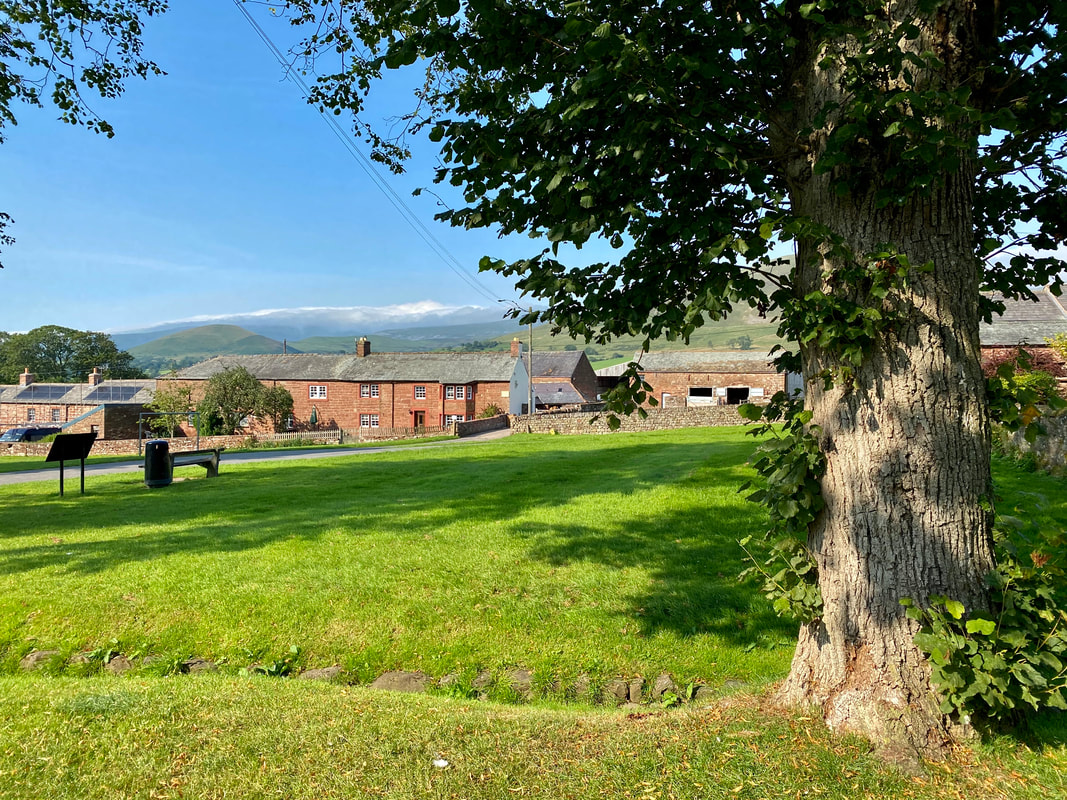
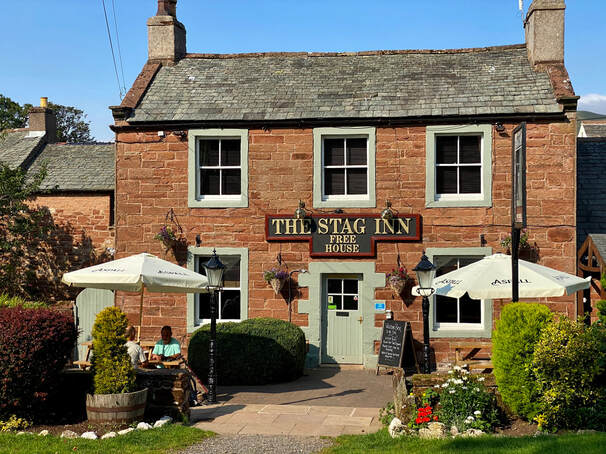
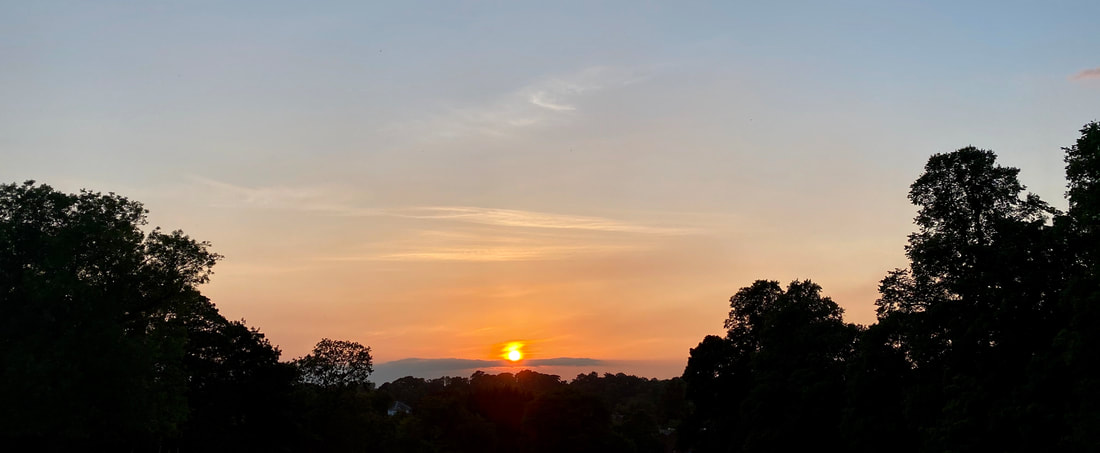
 RSS Feed
RSS Feed